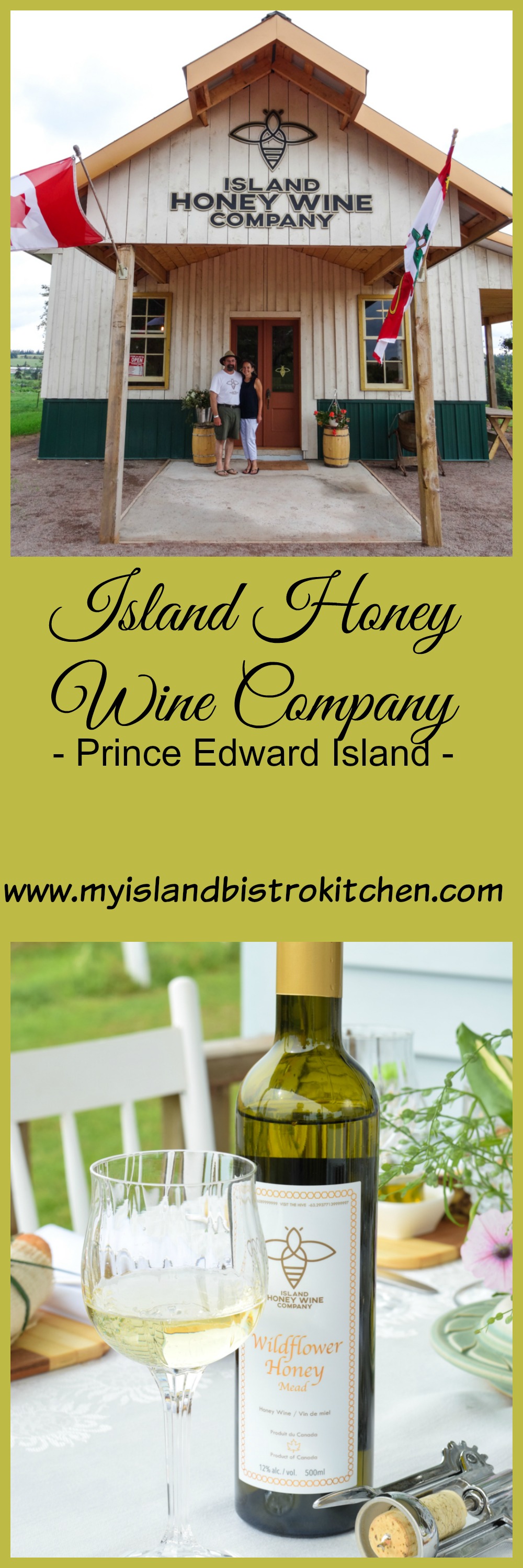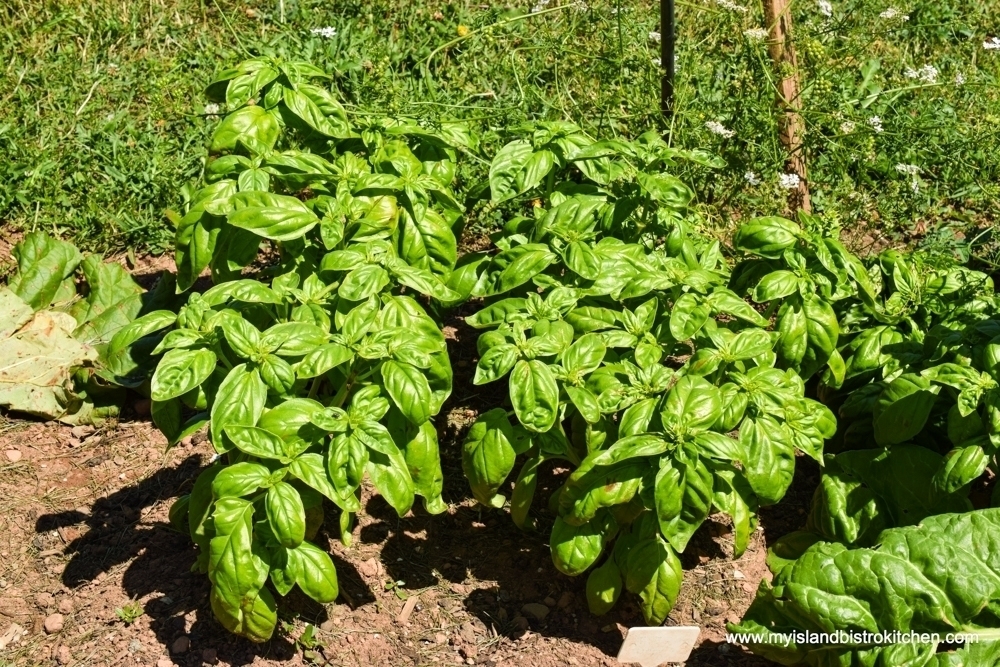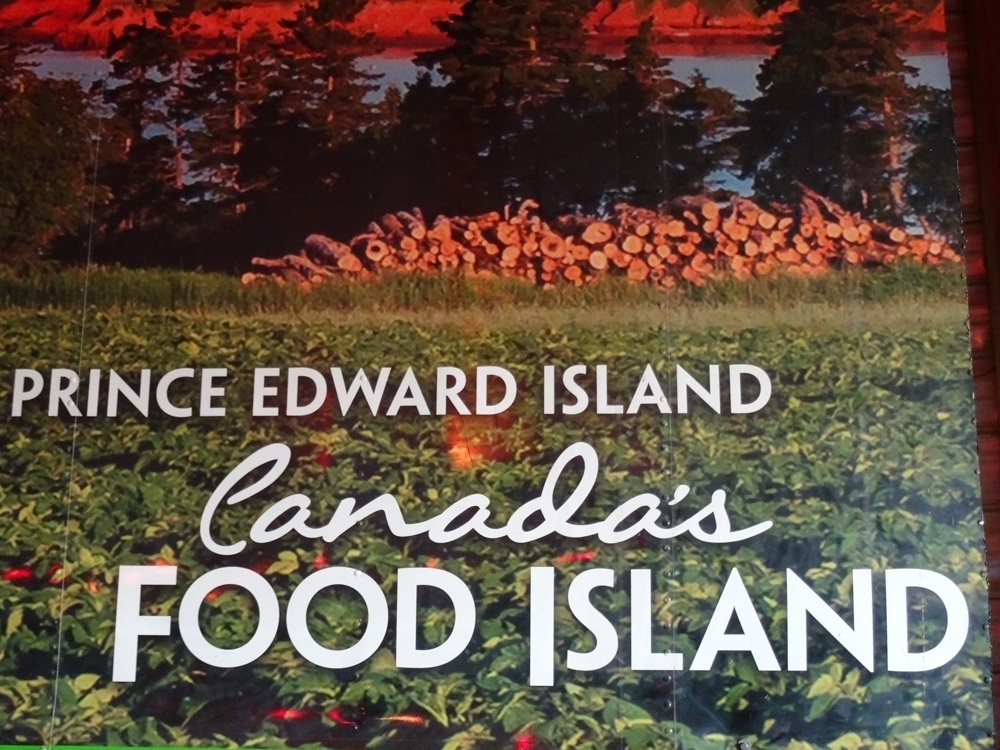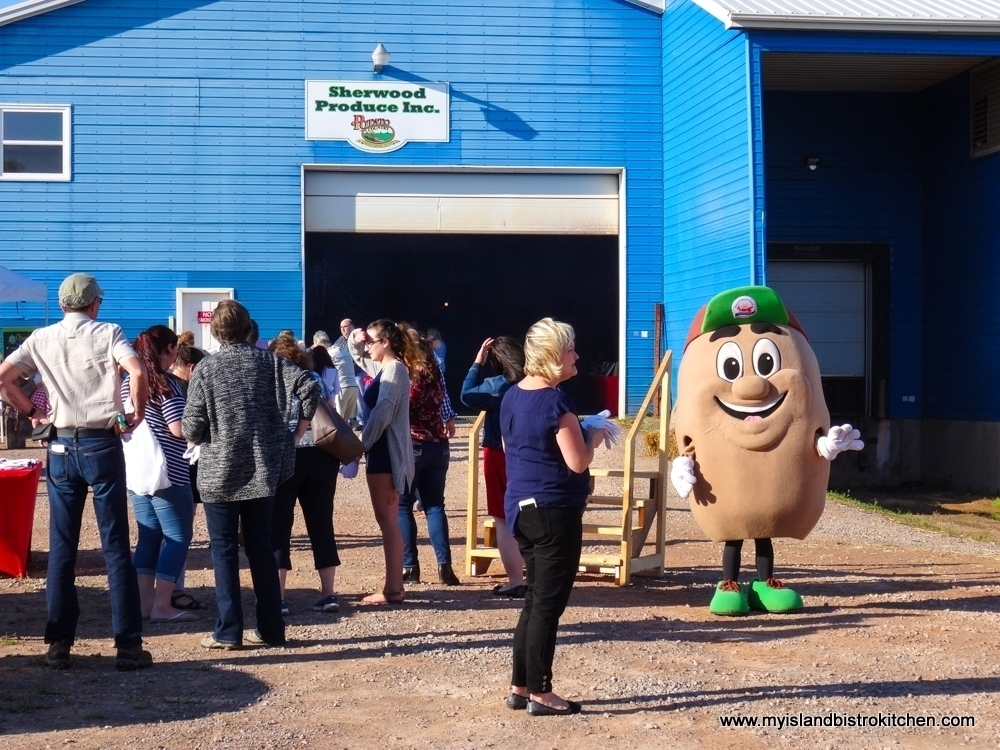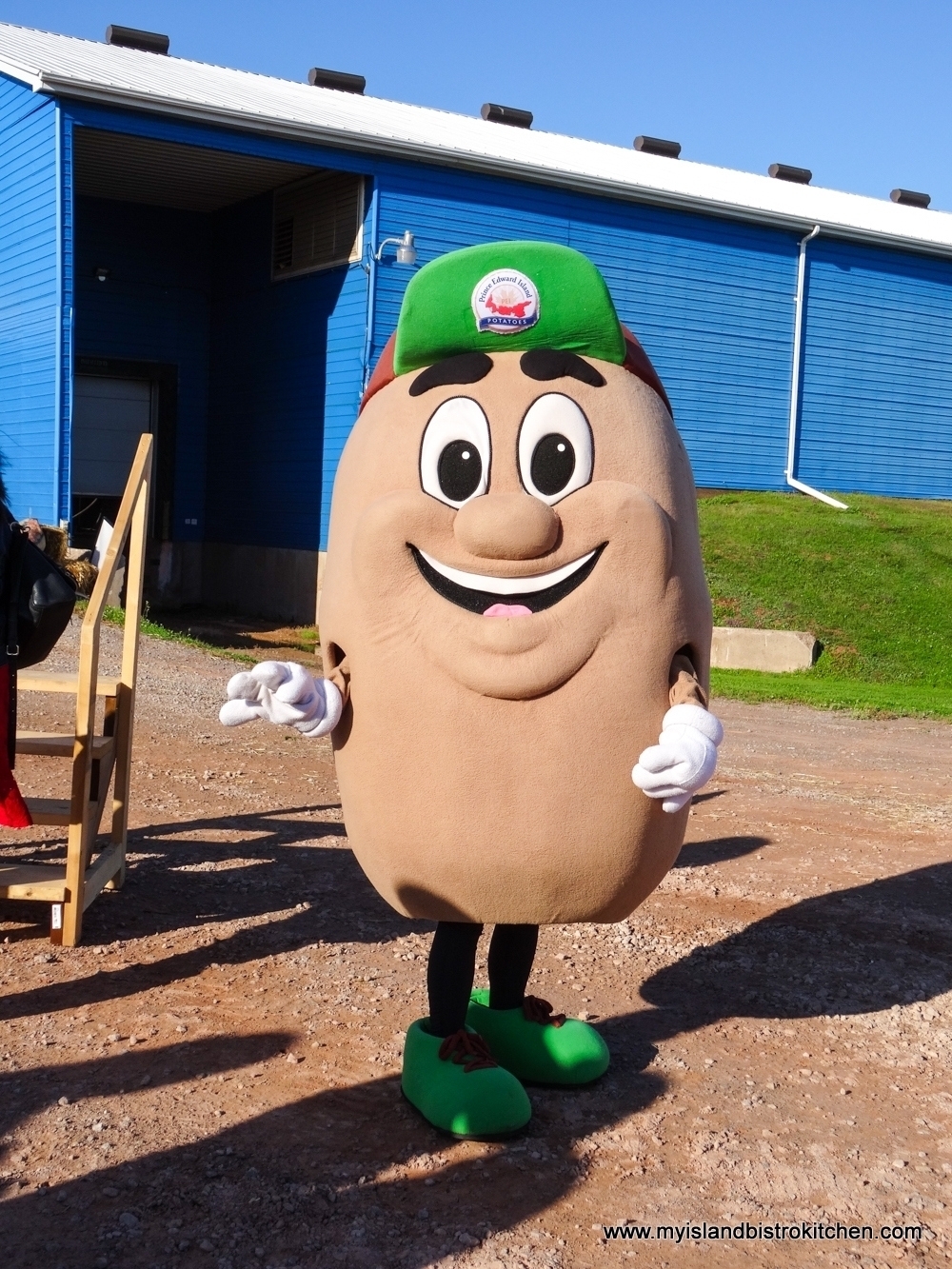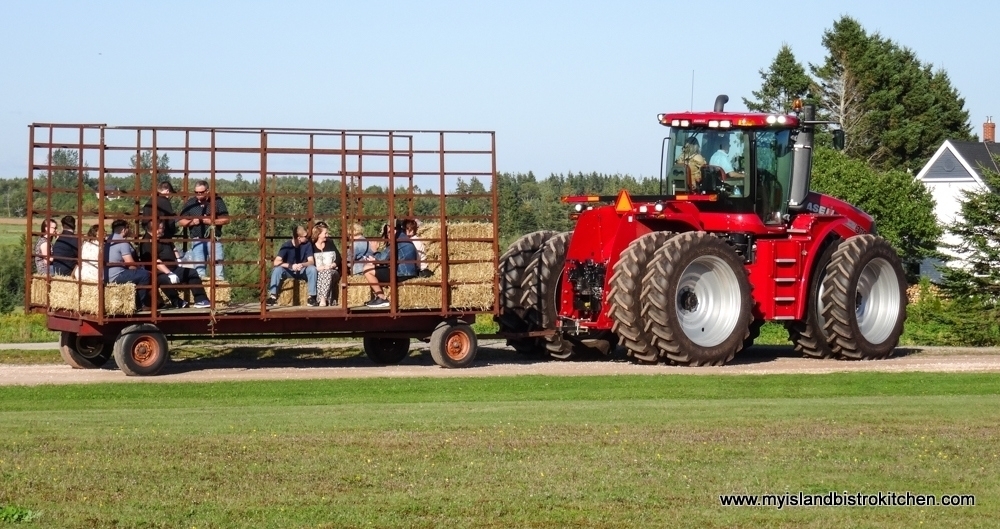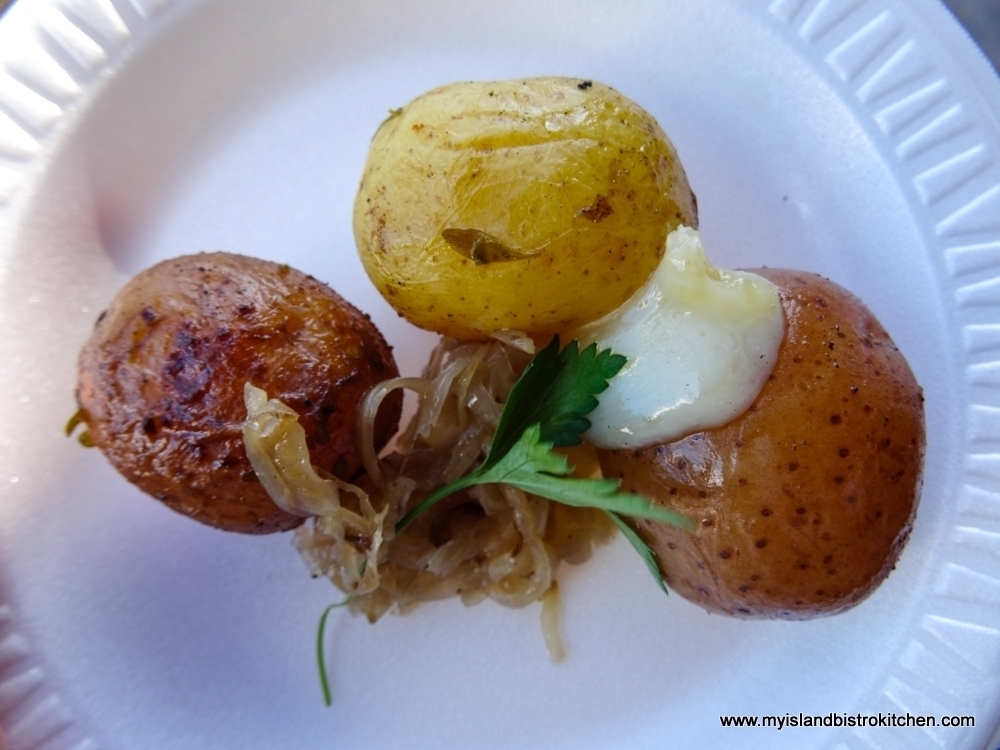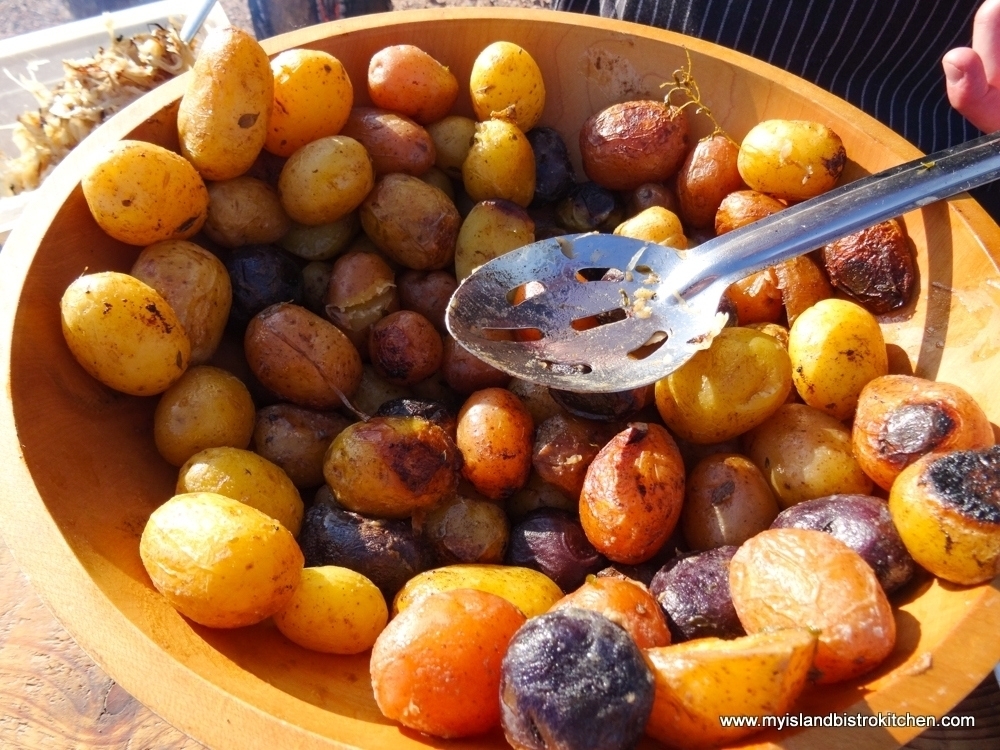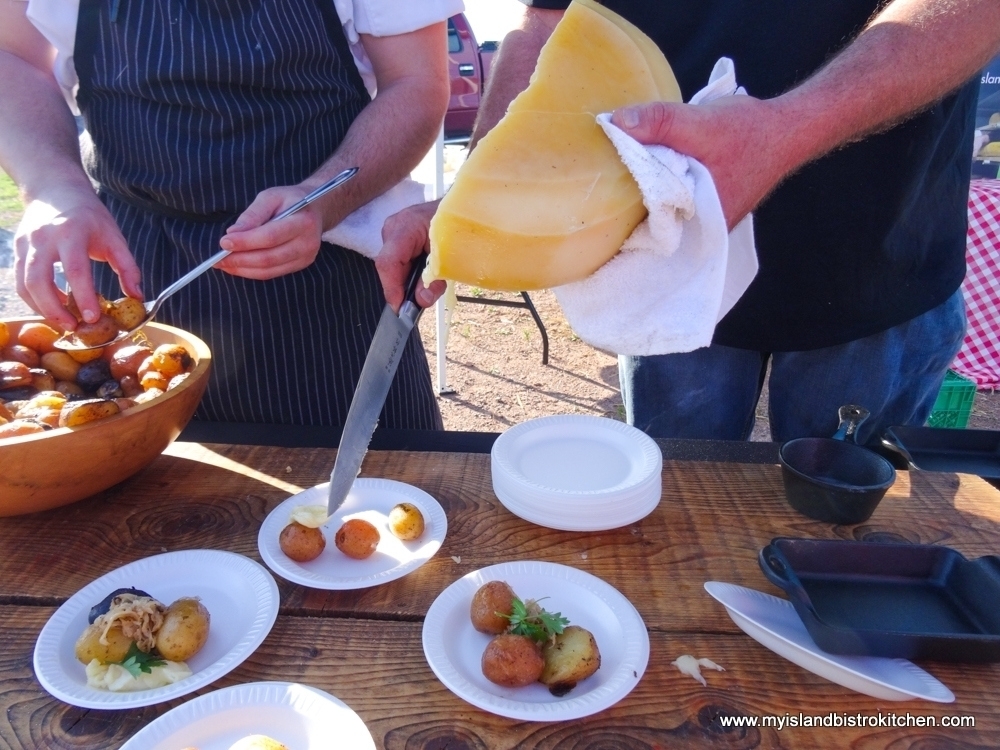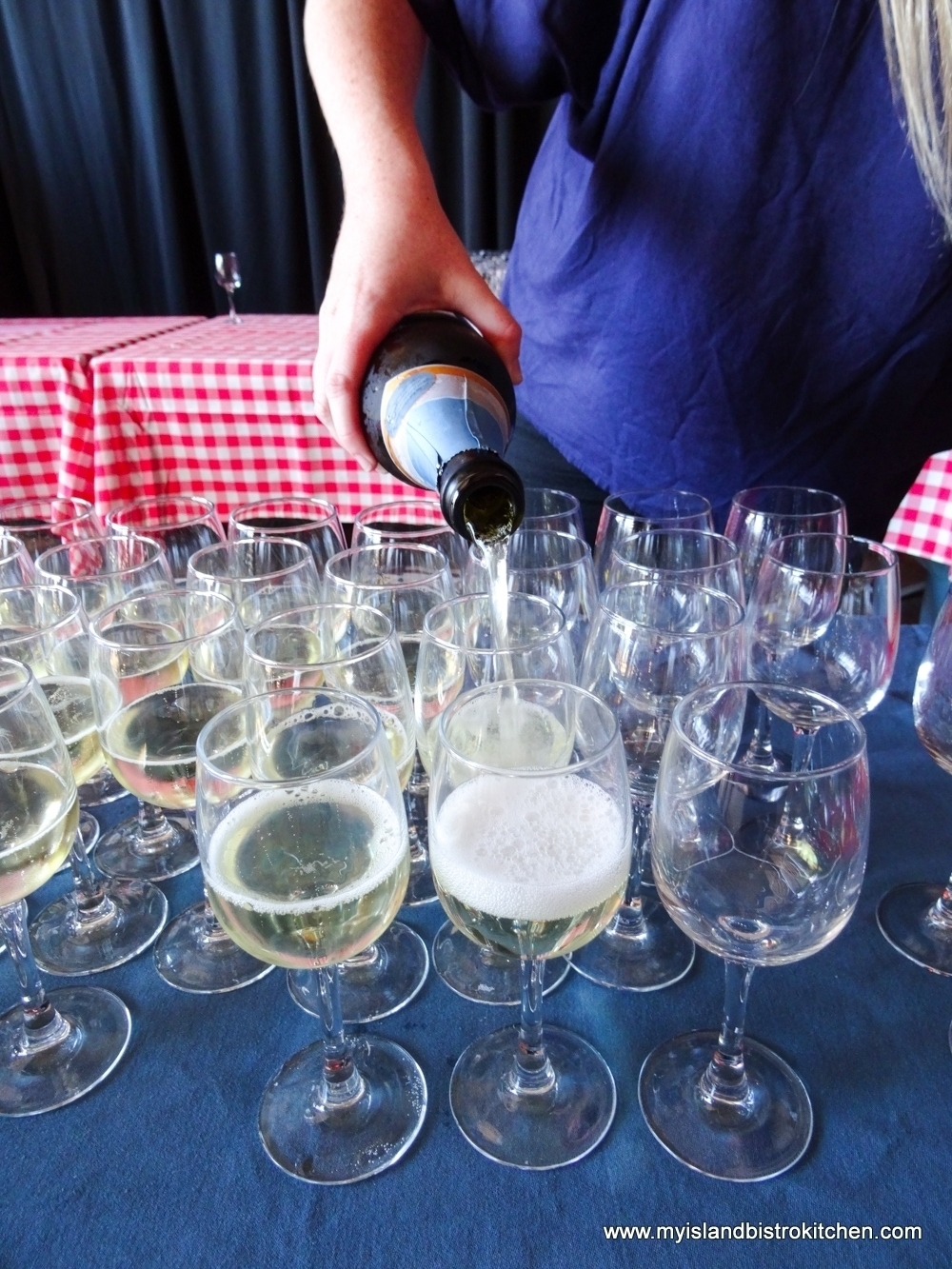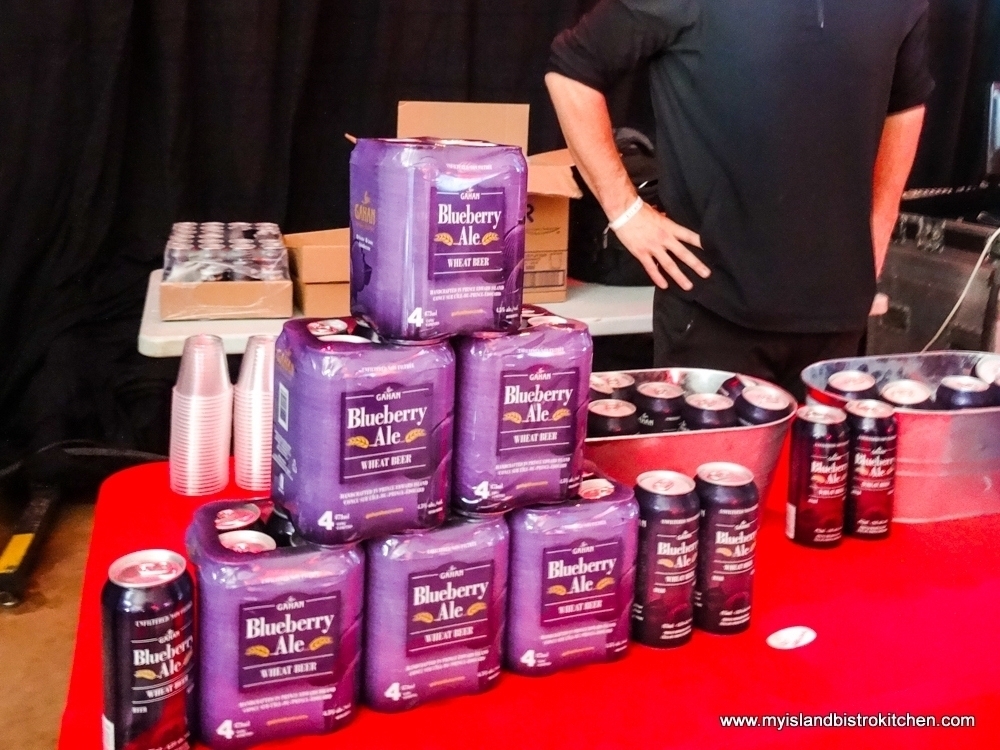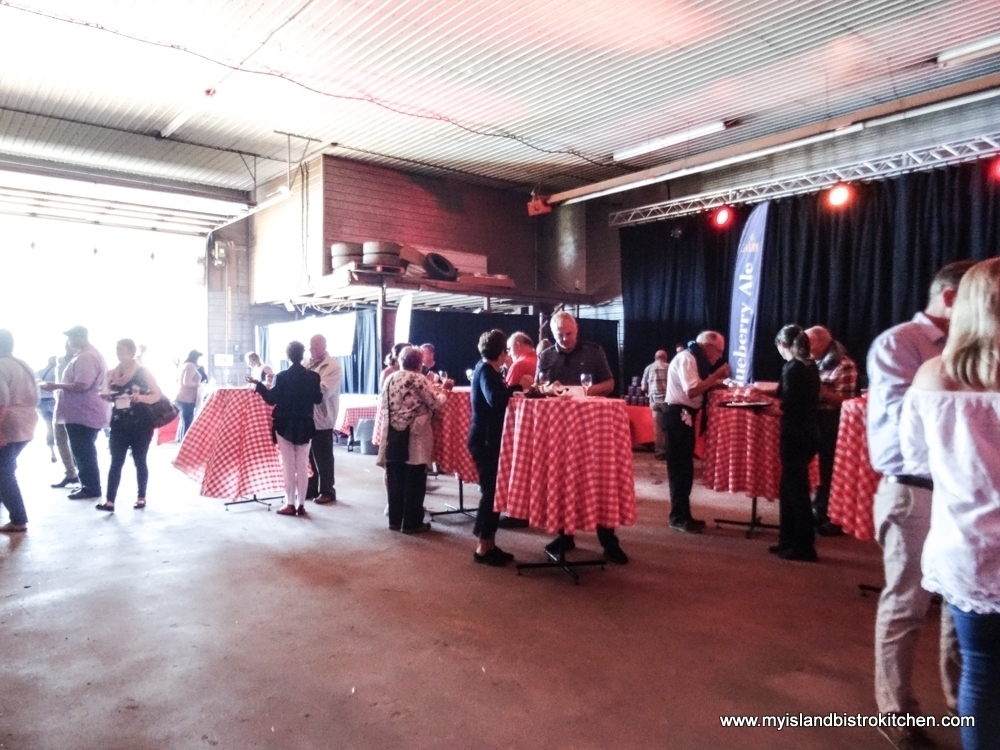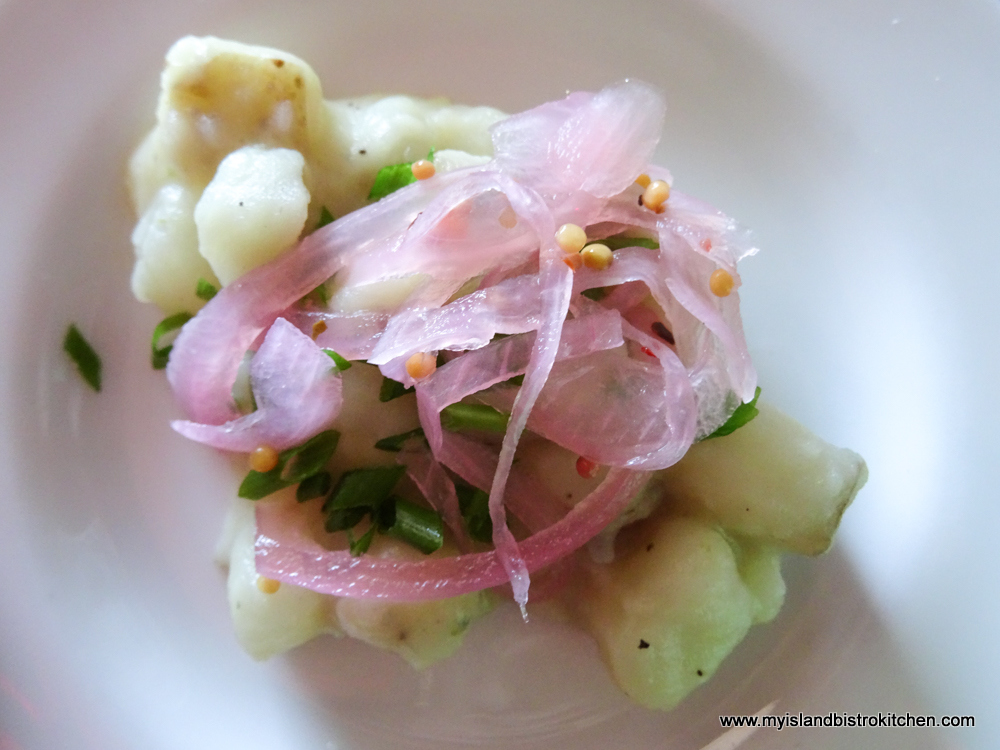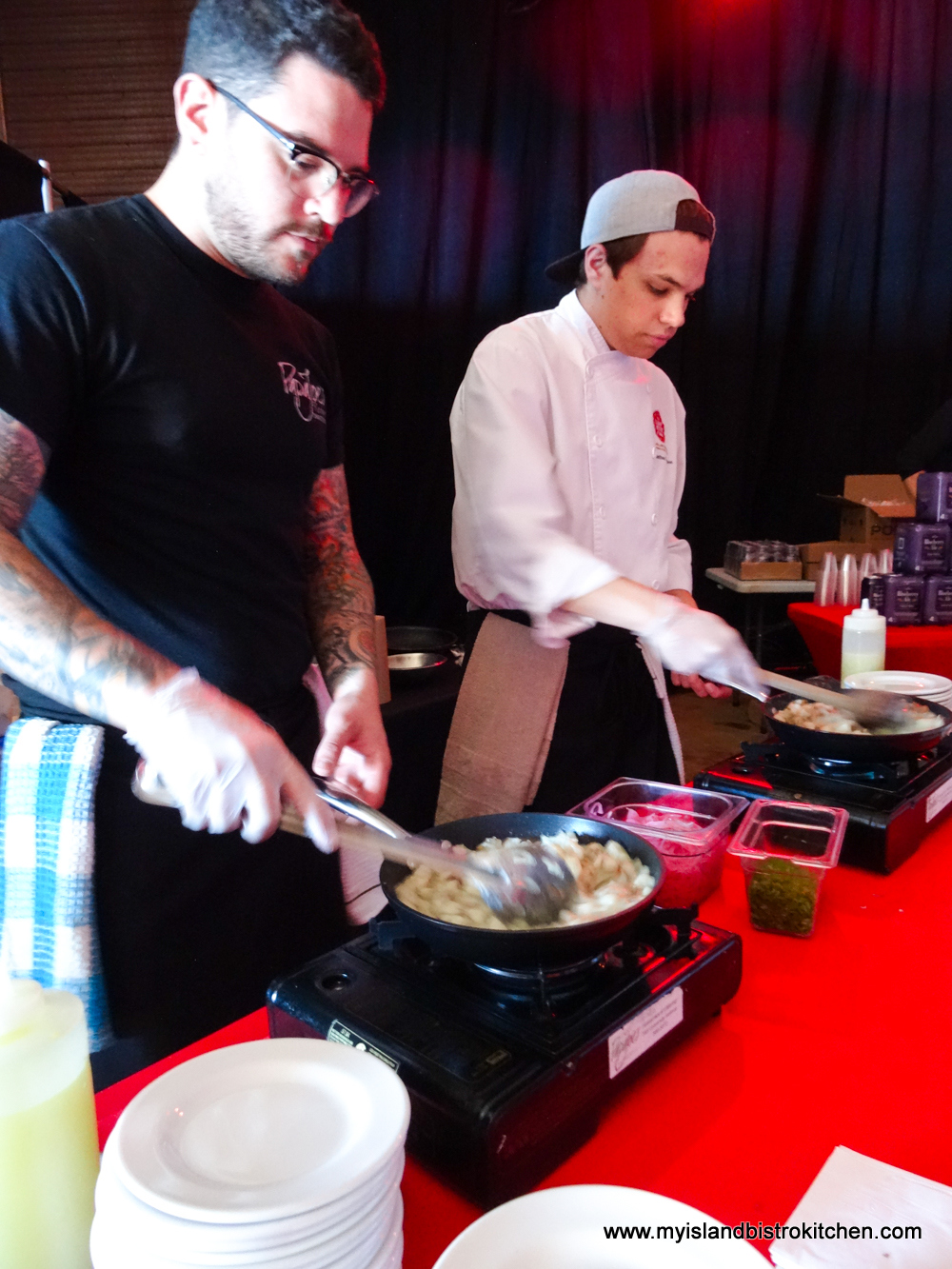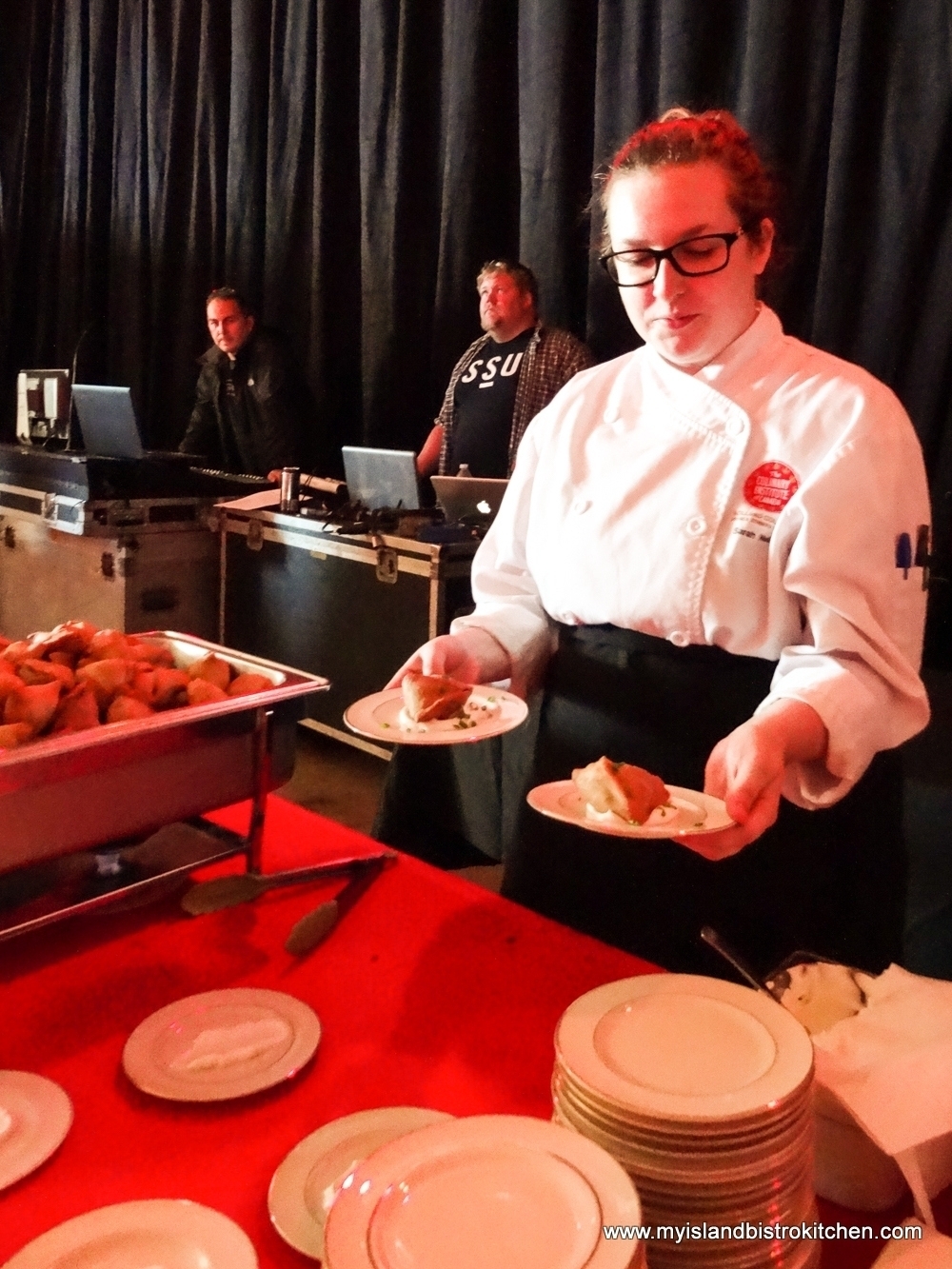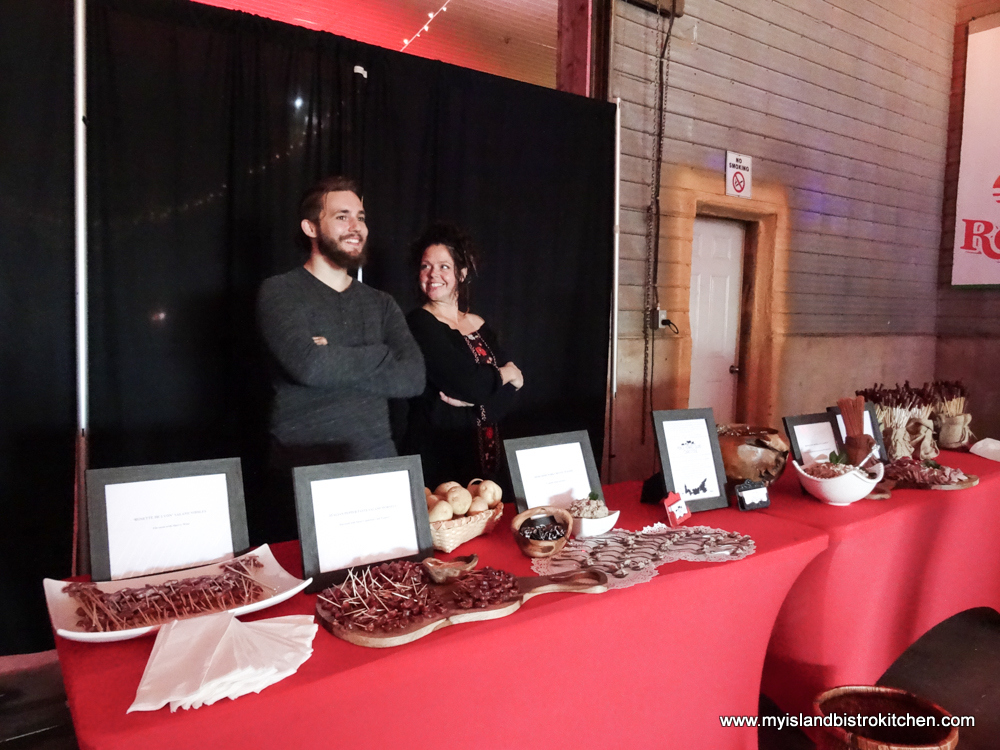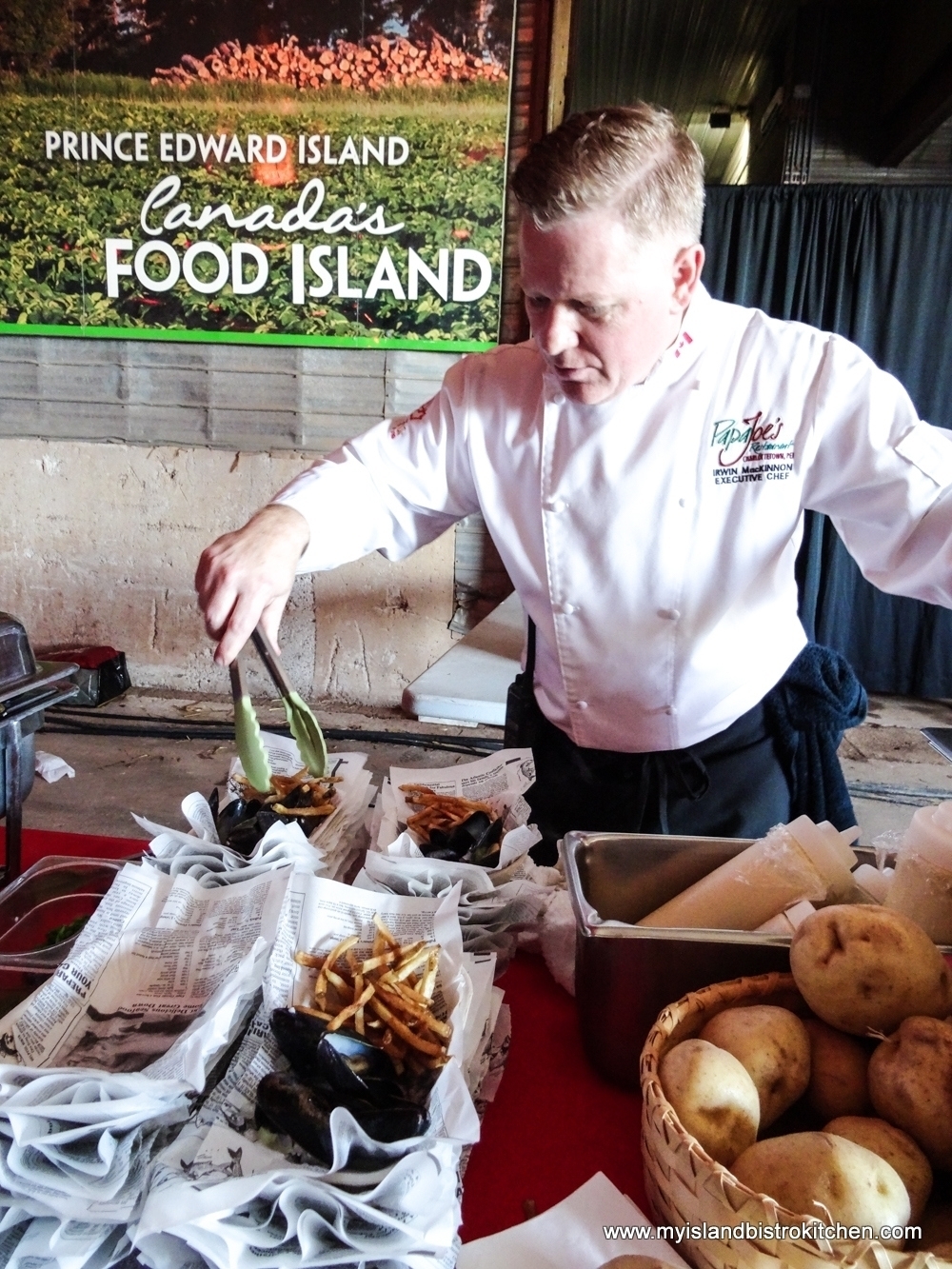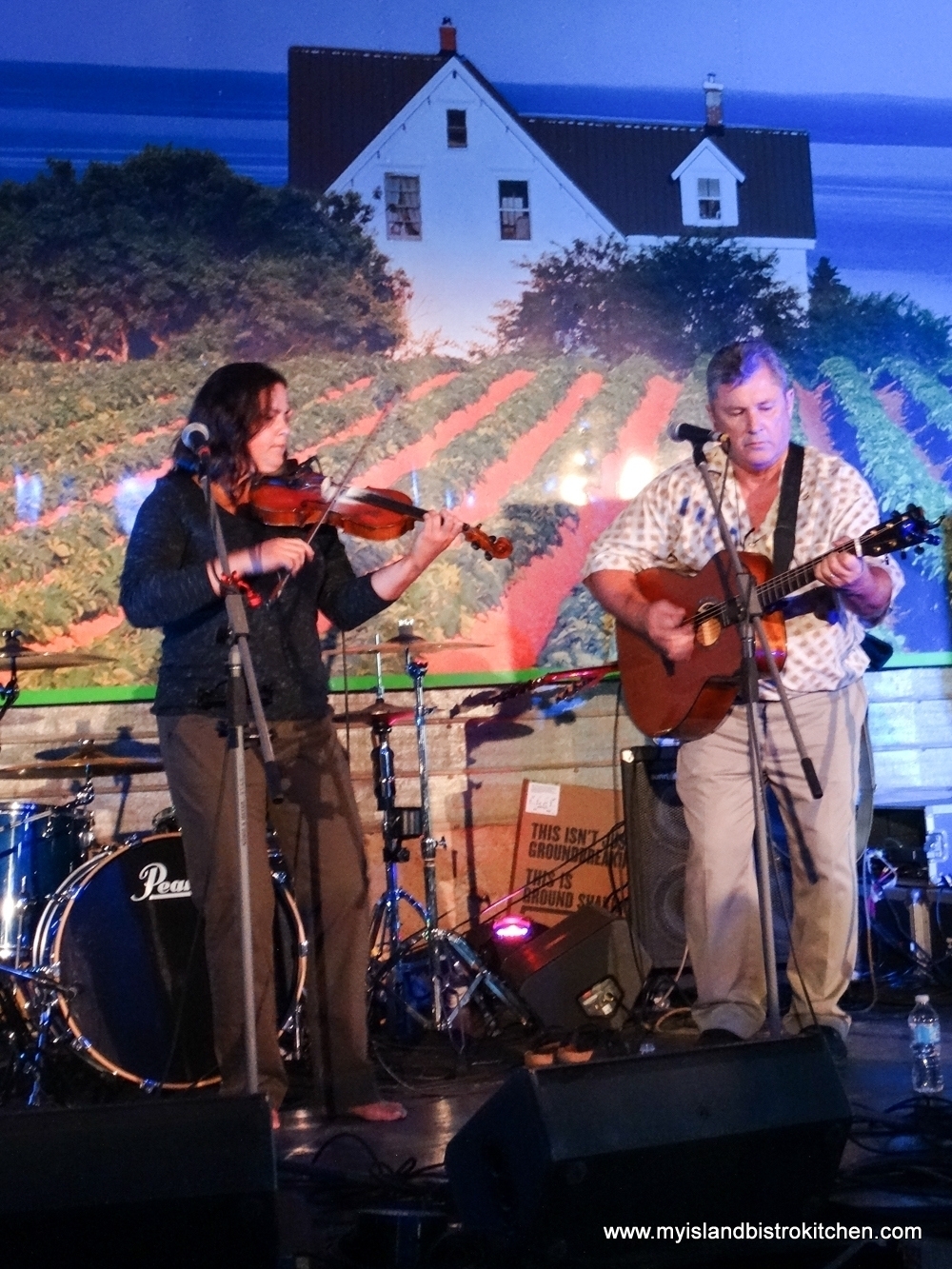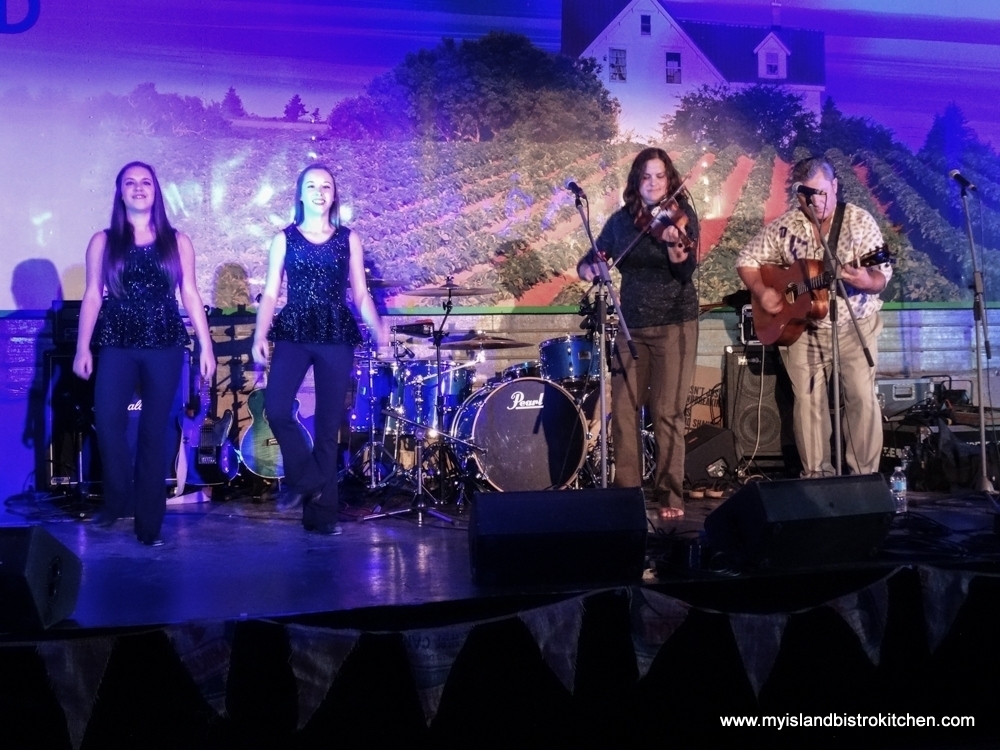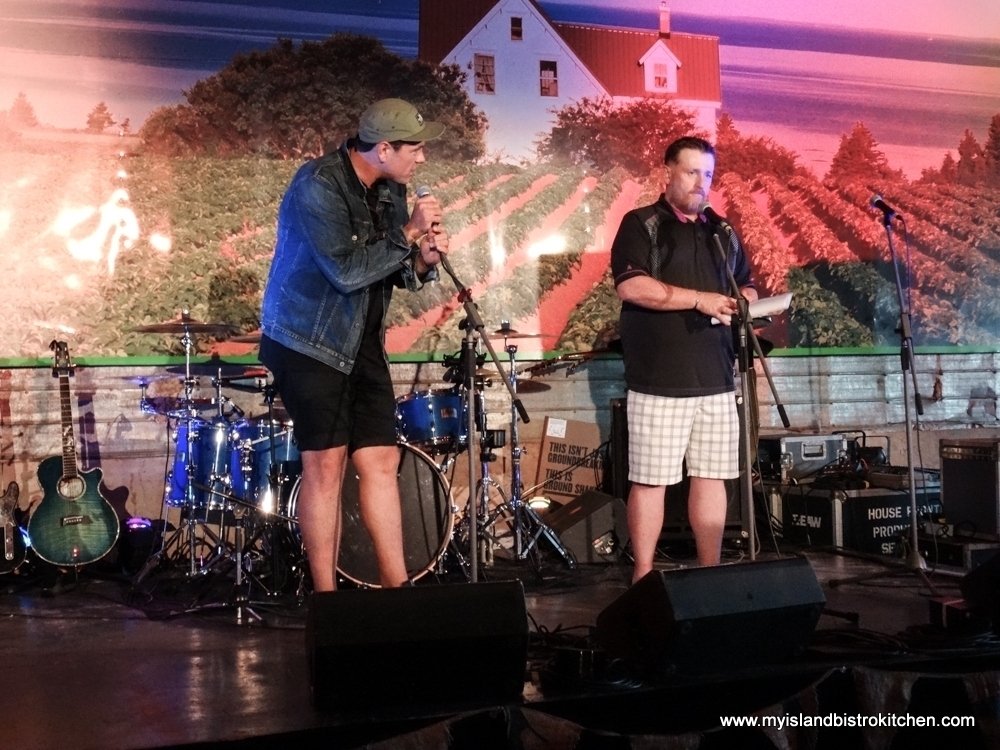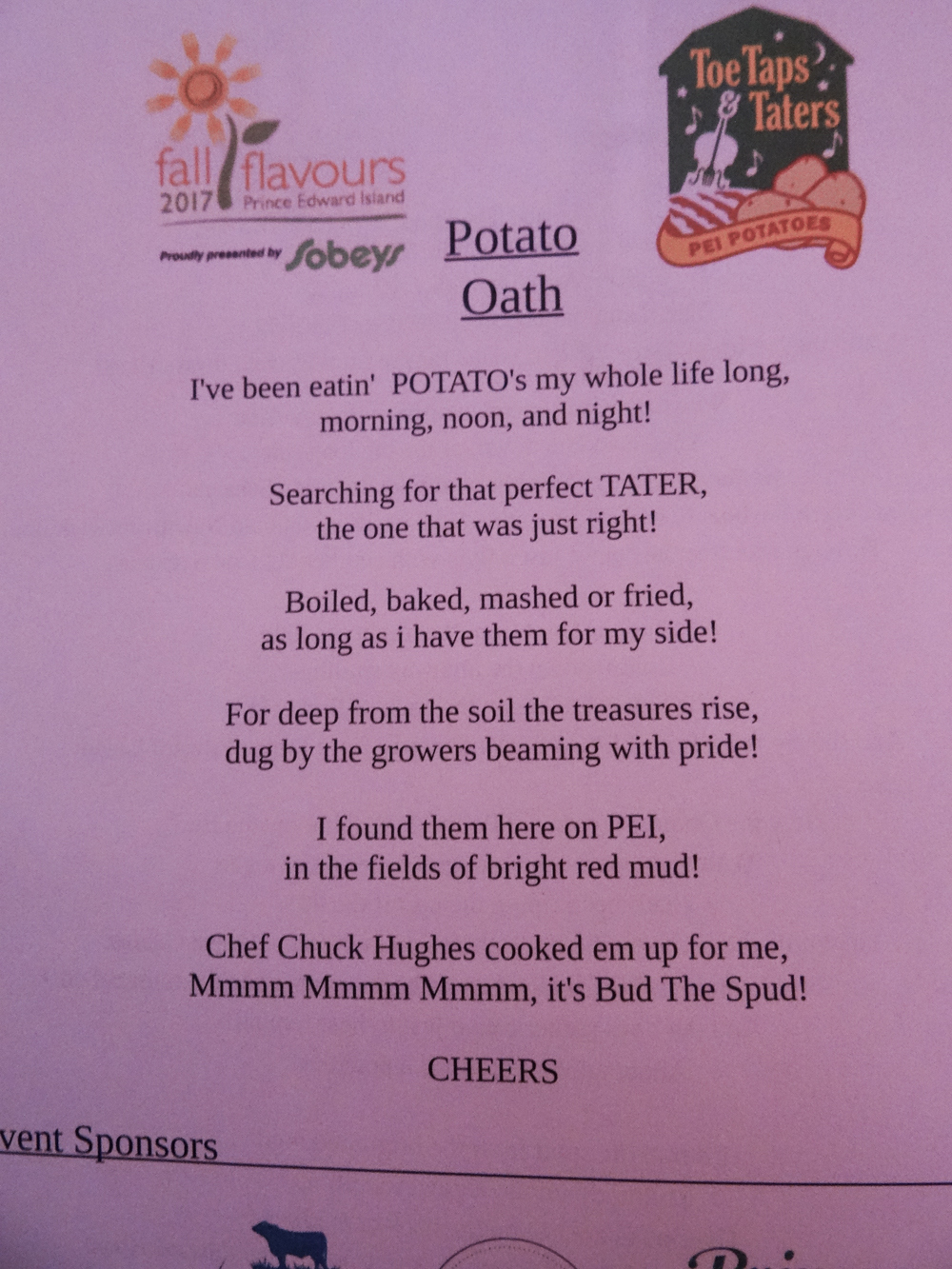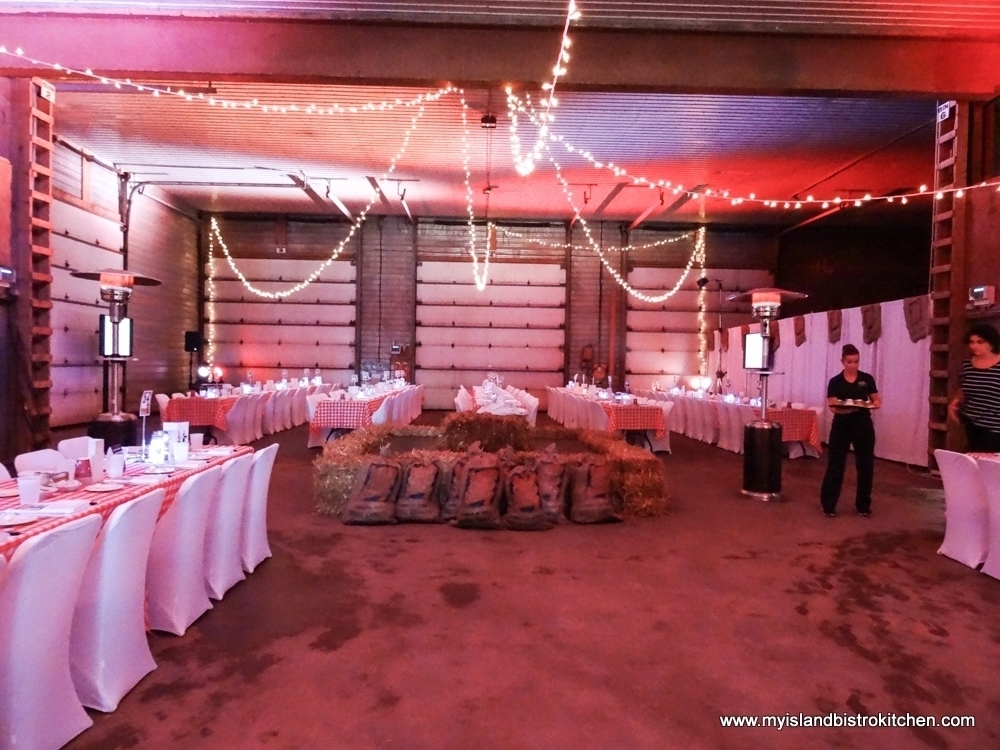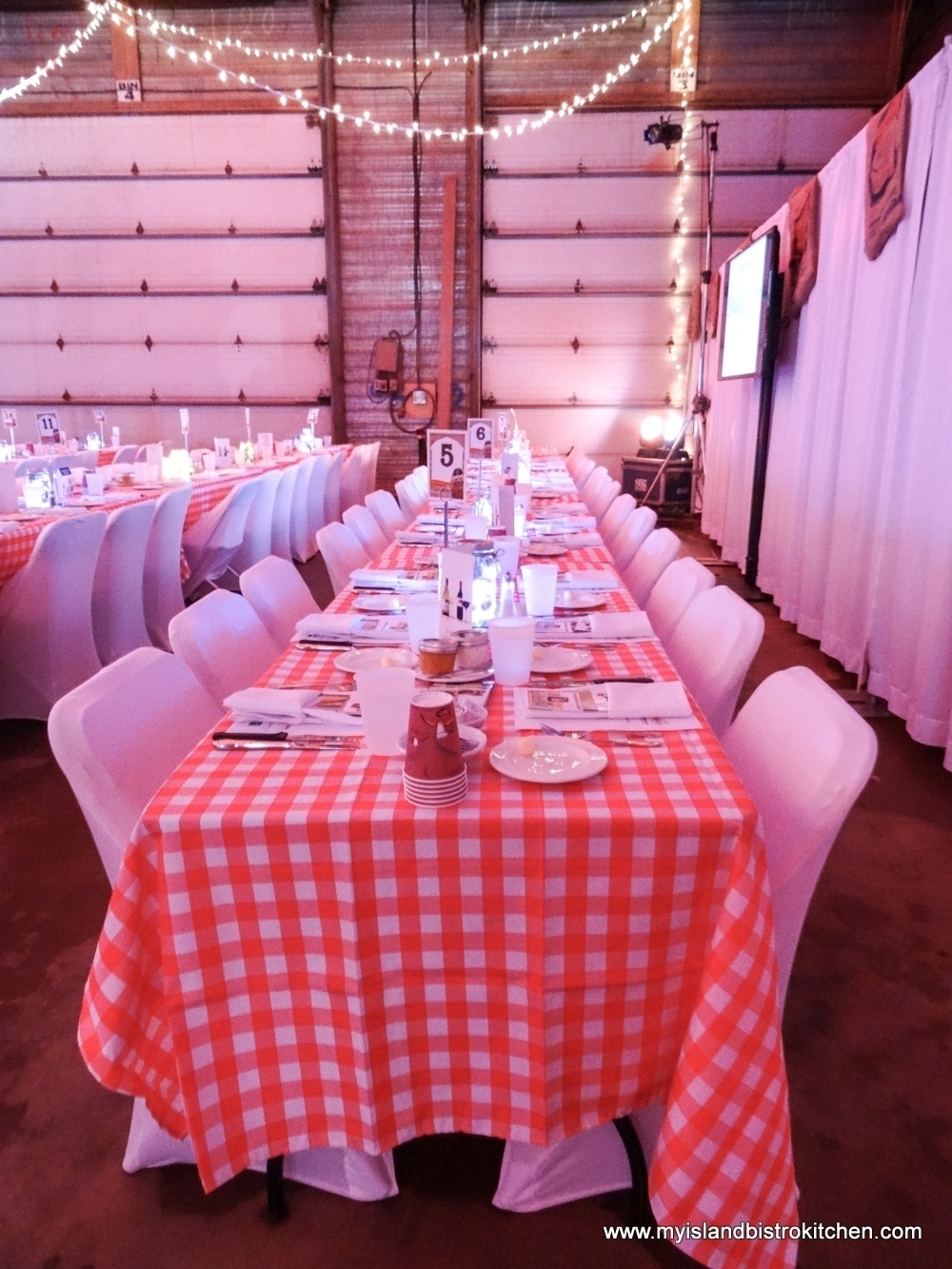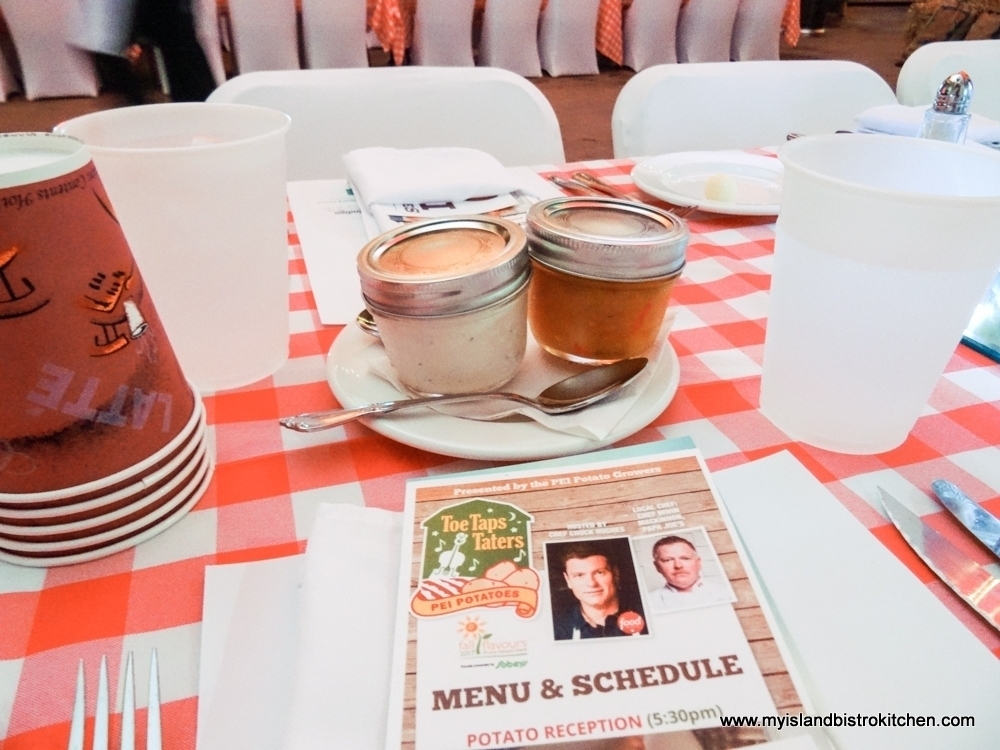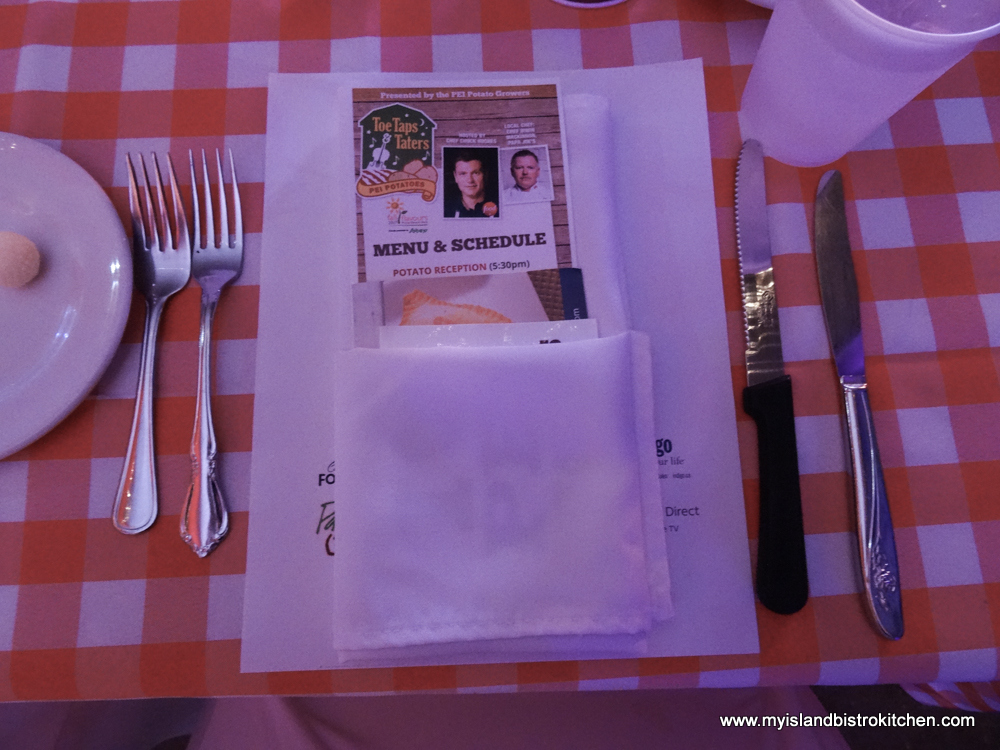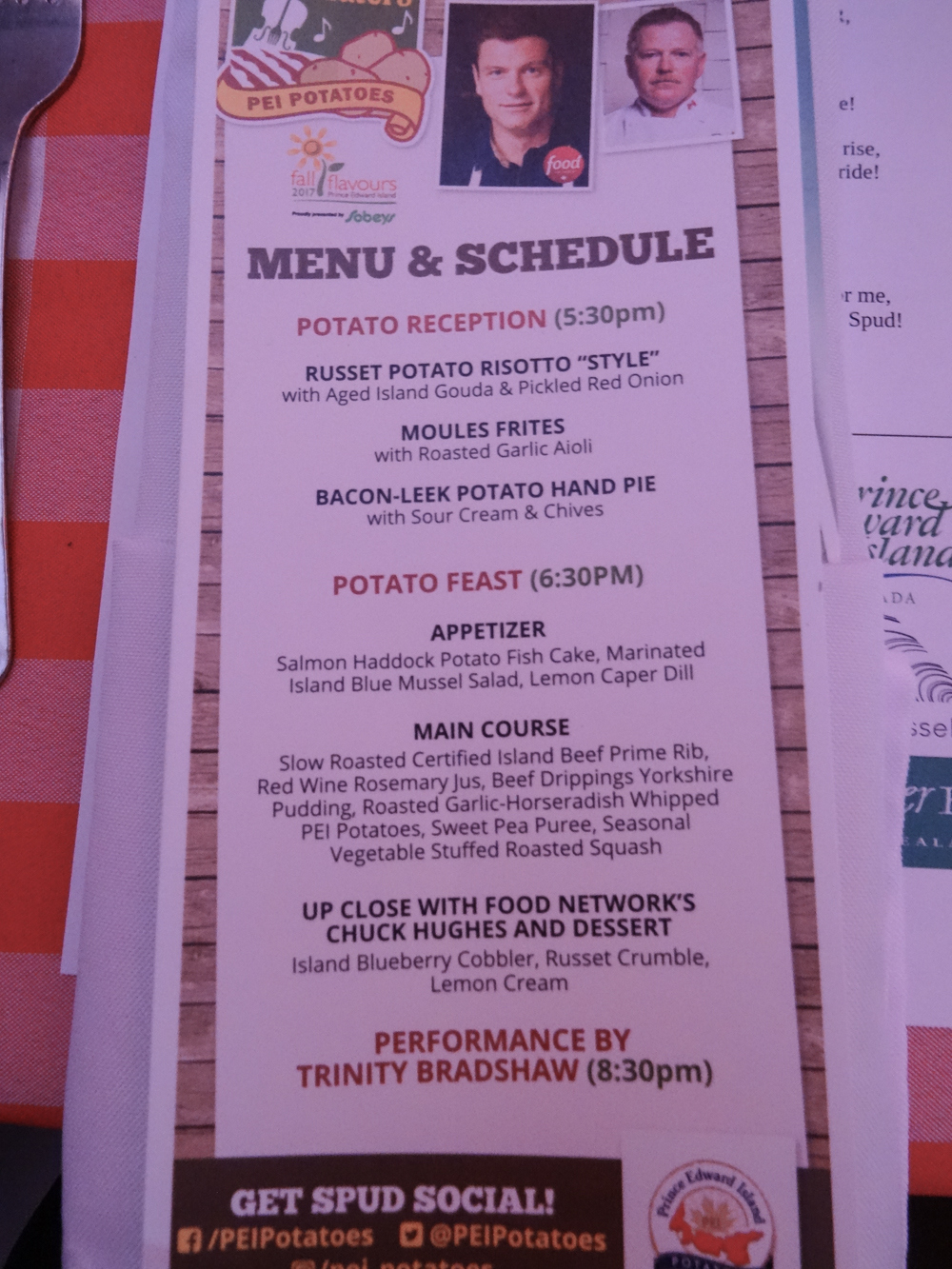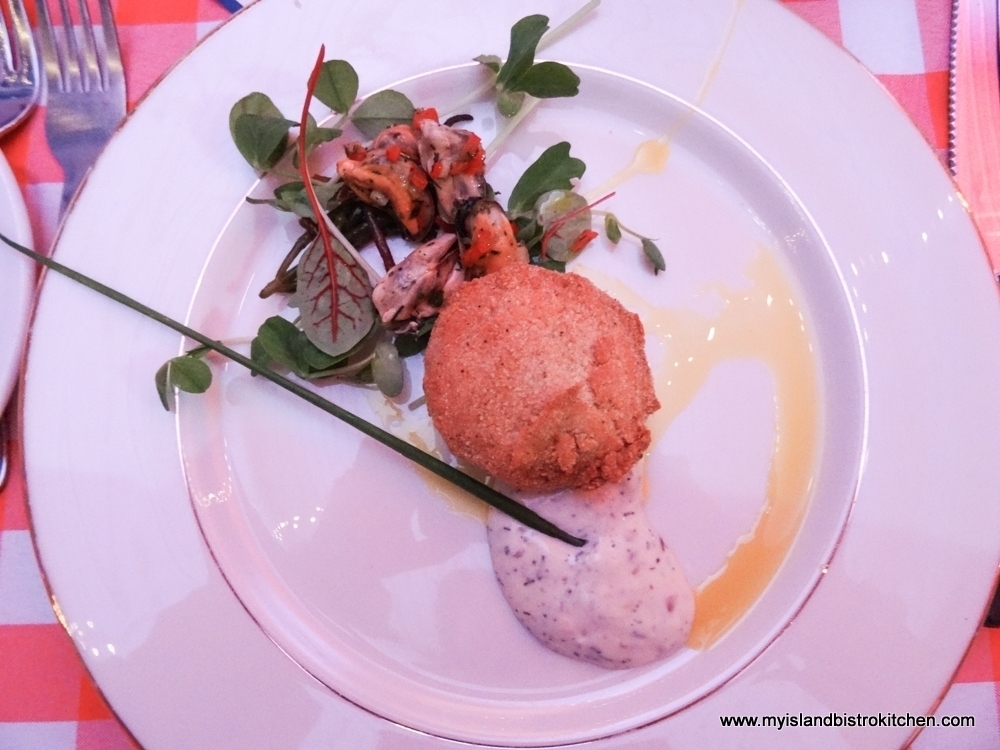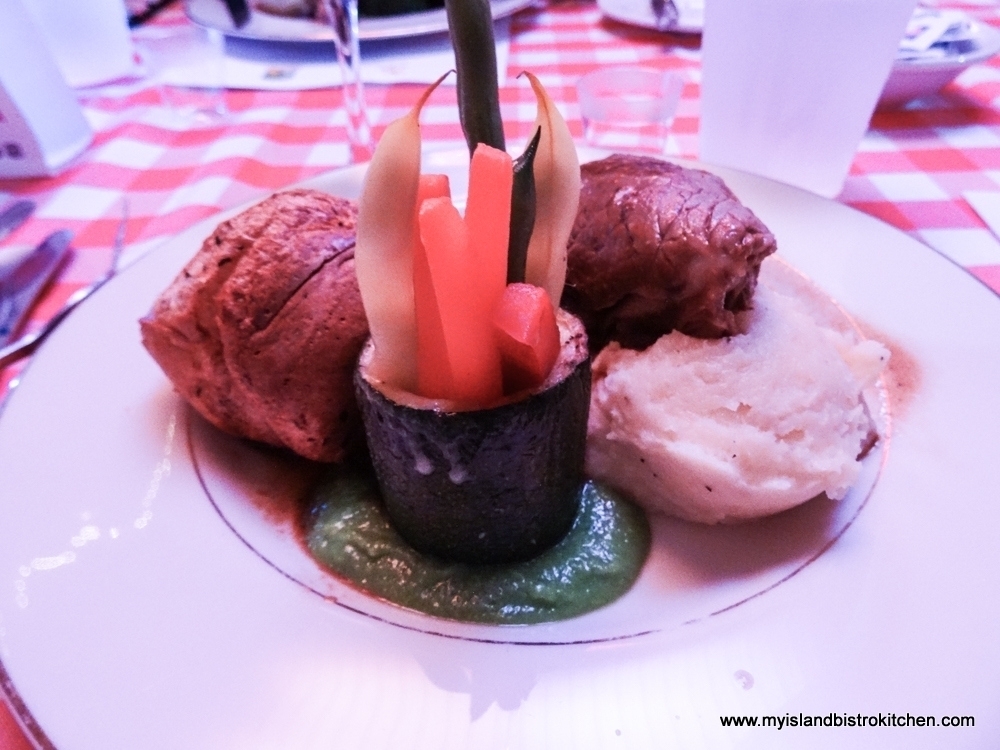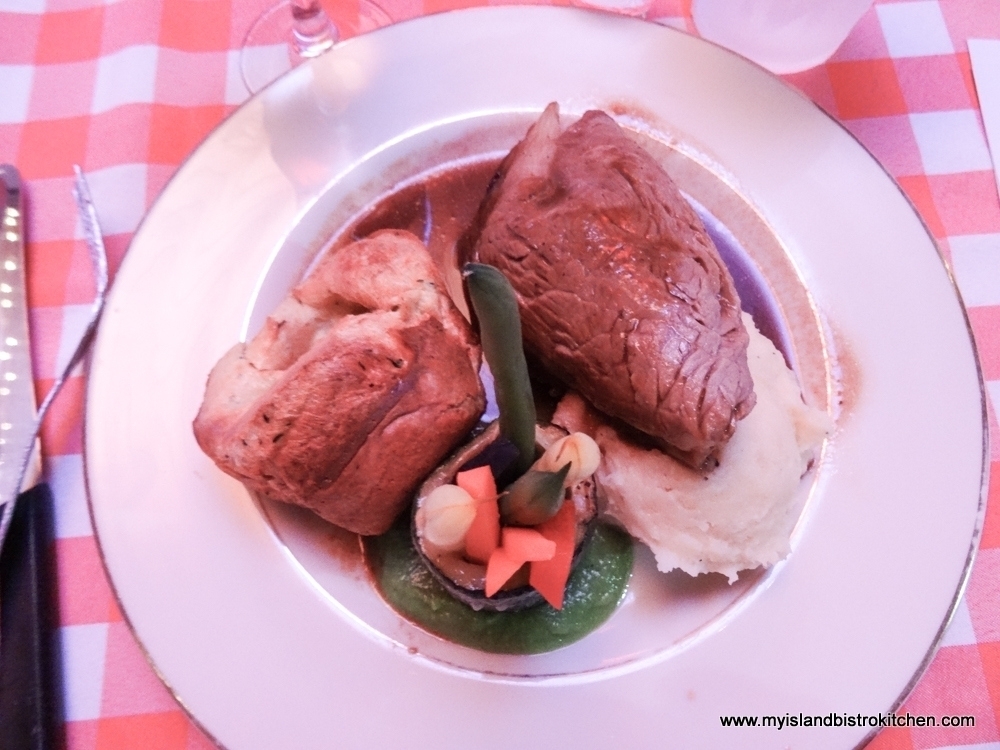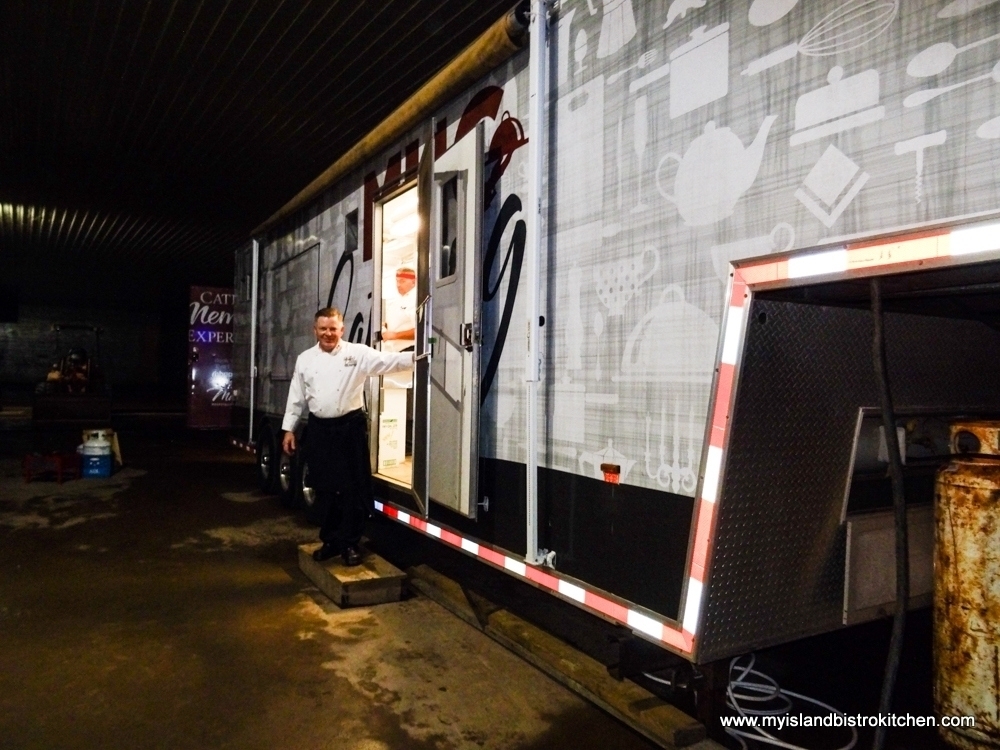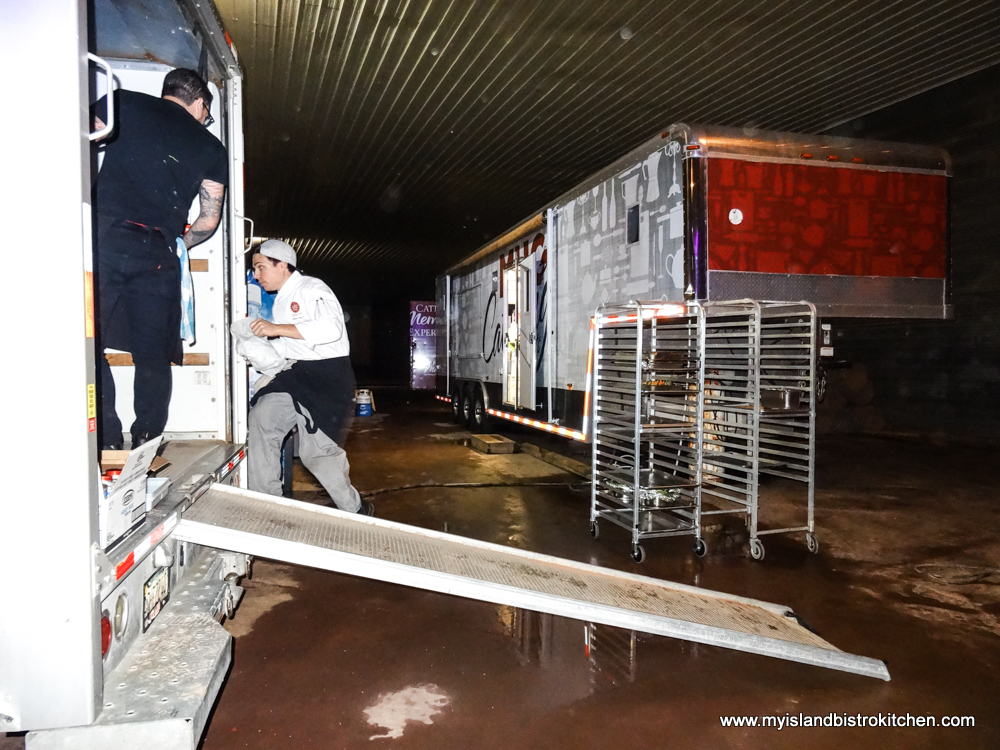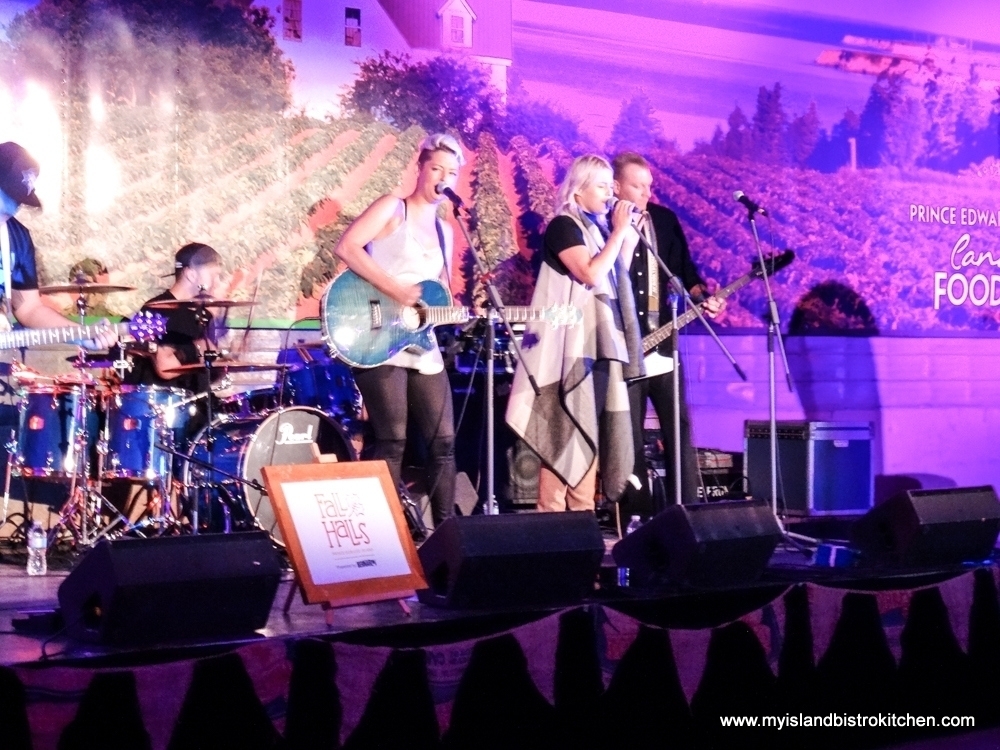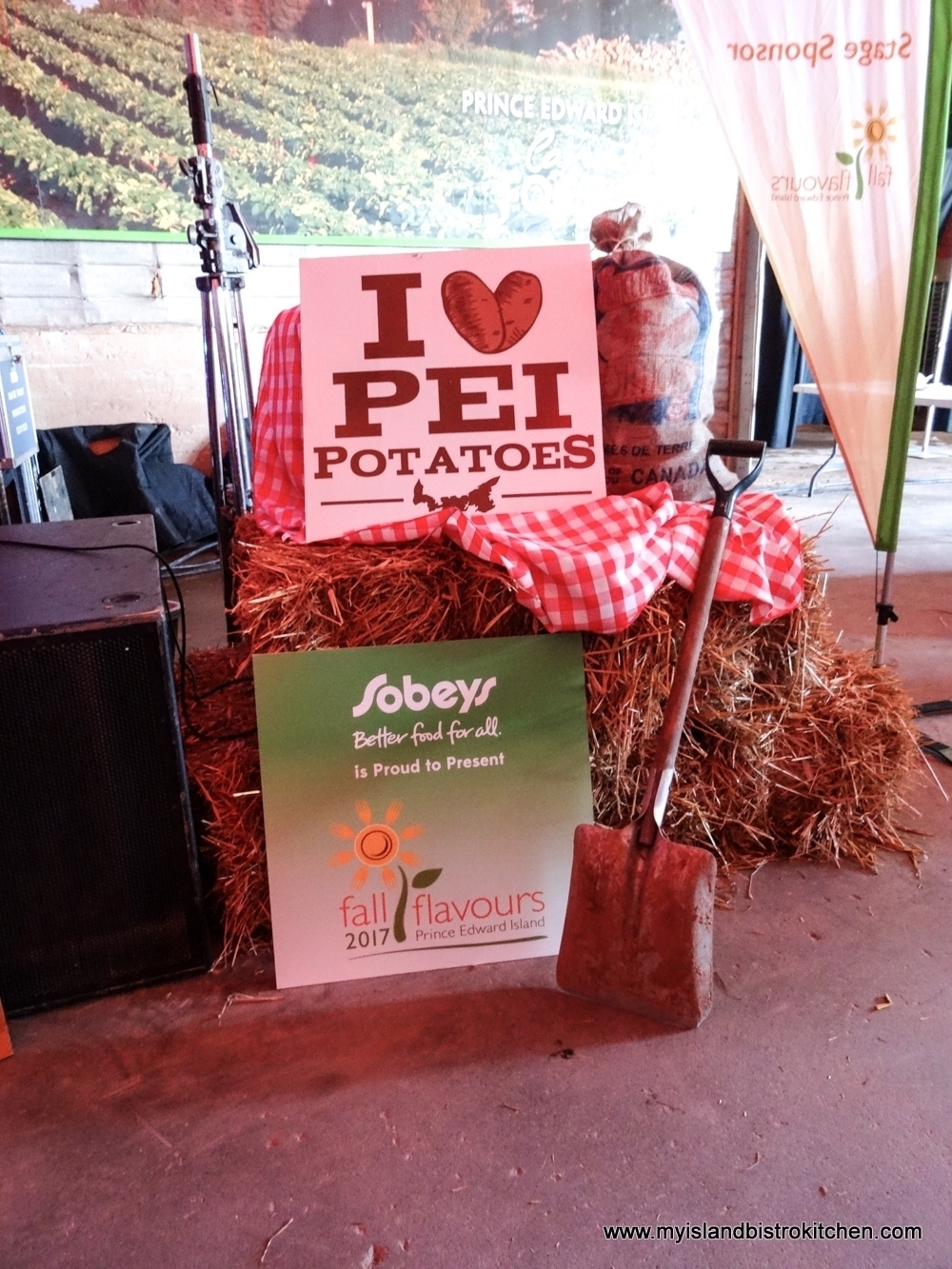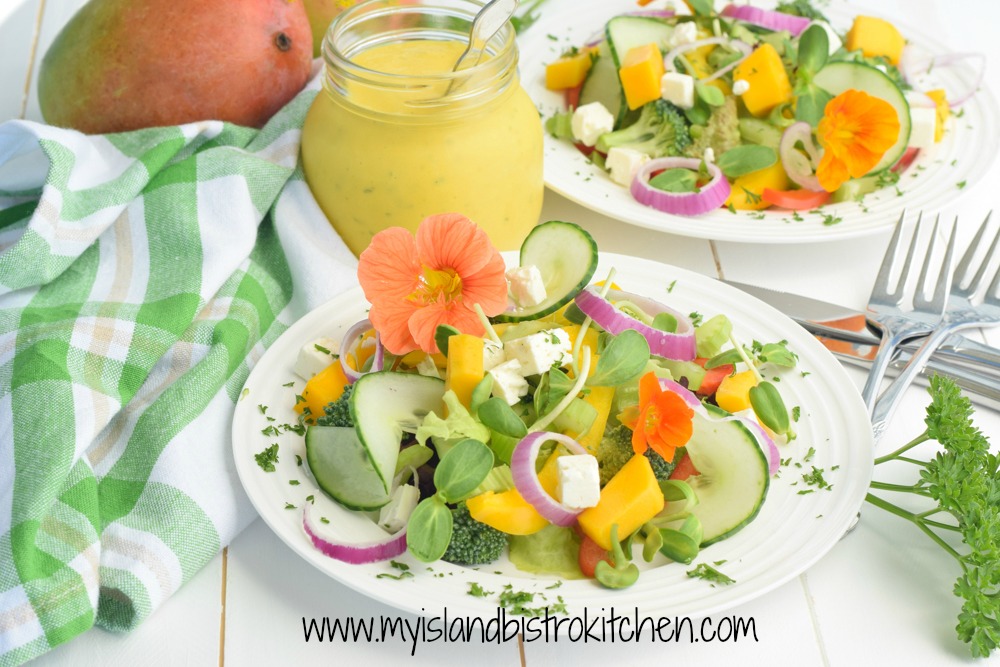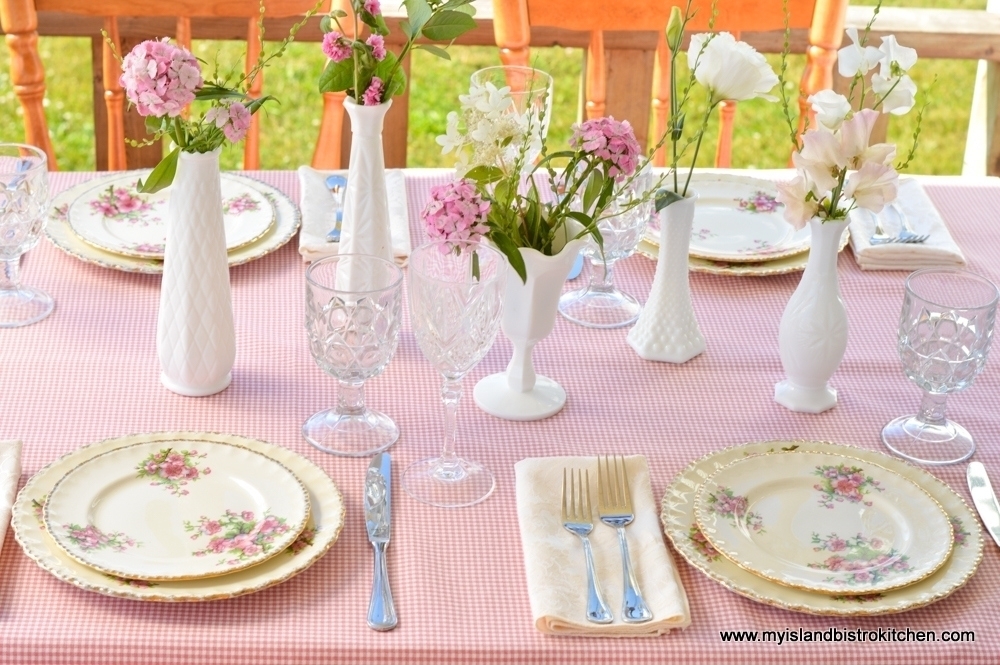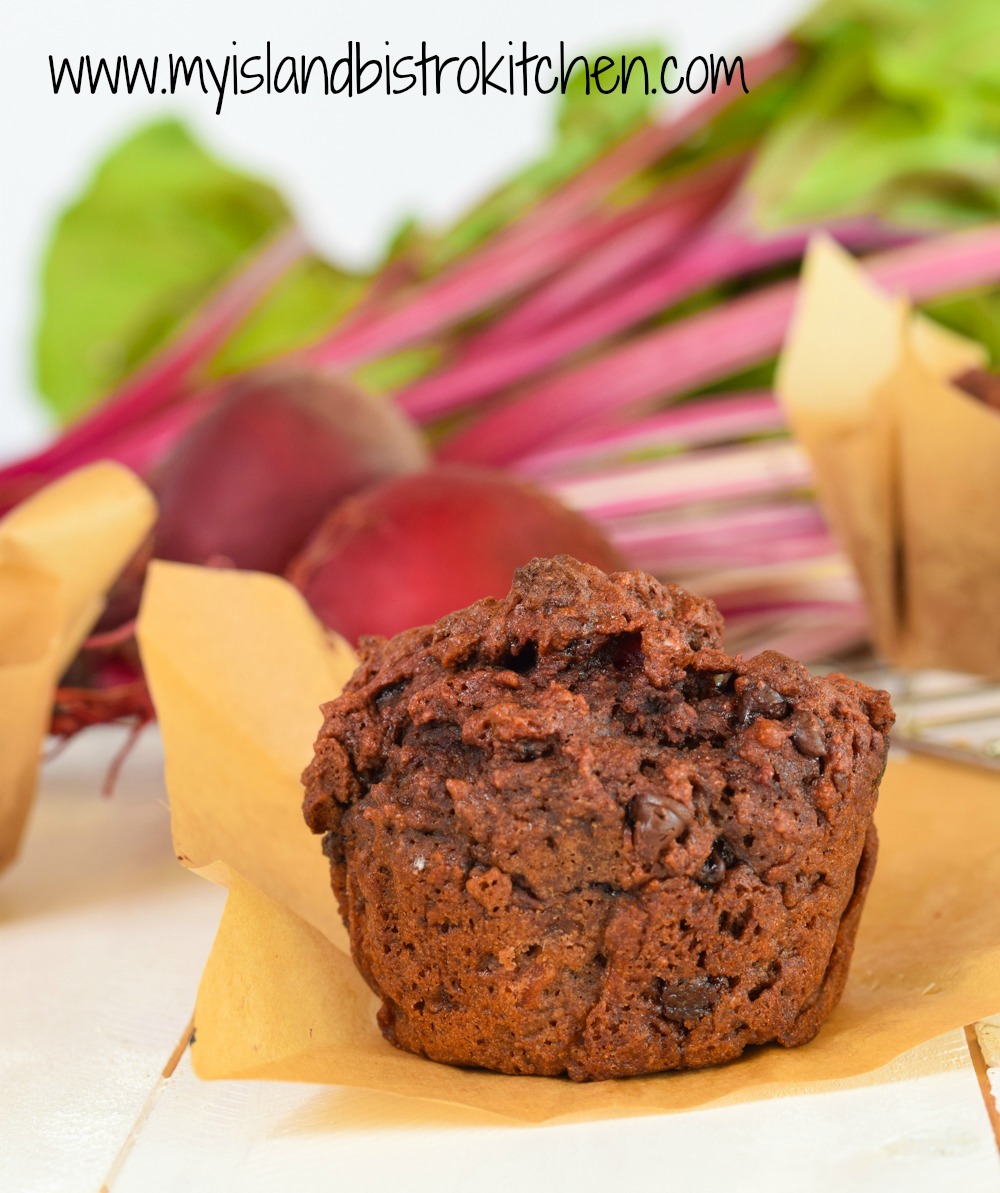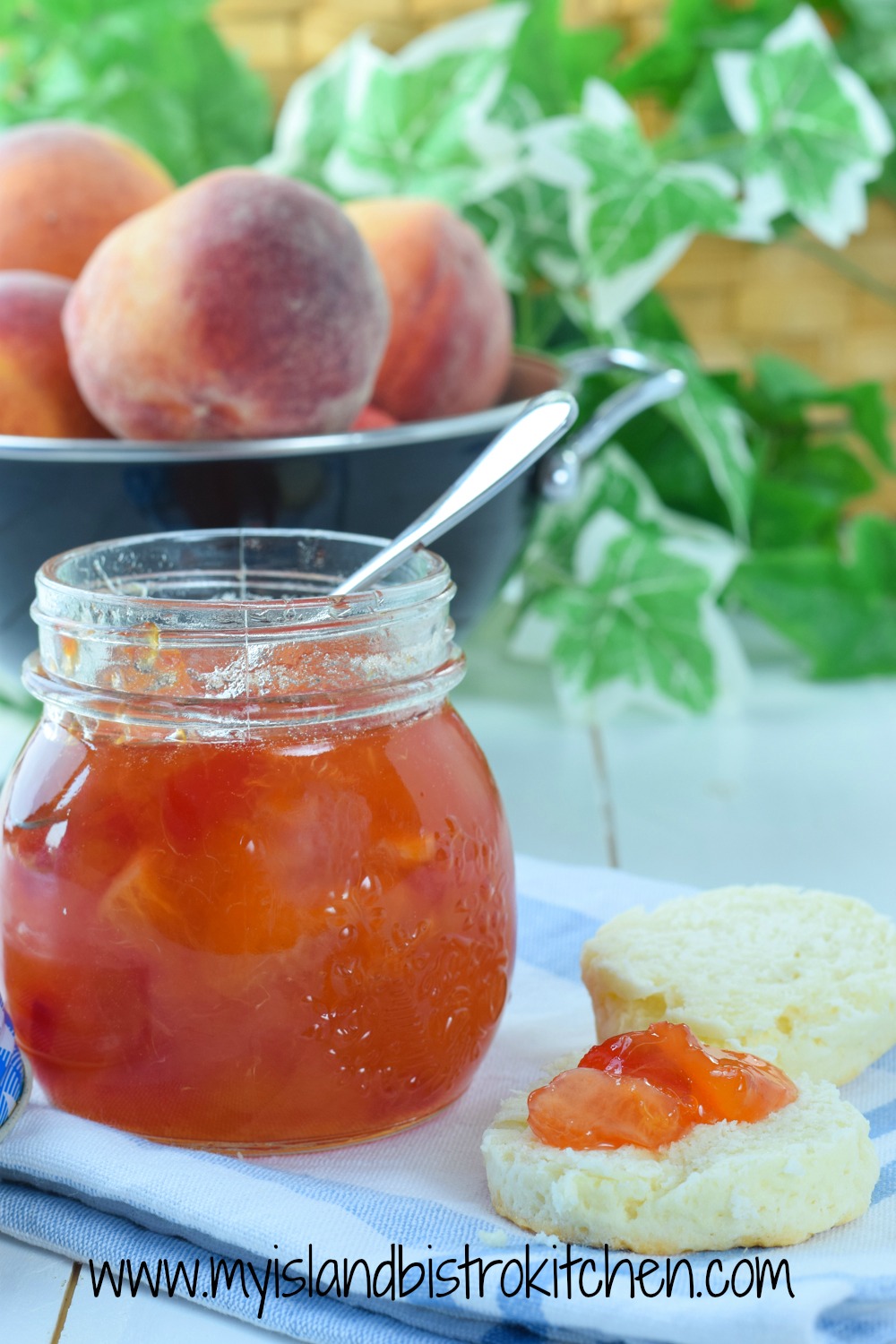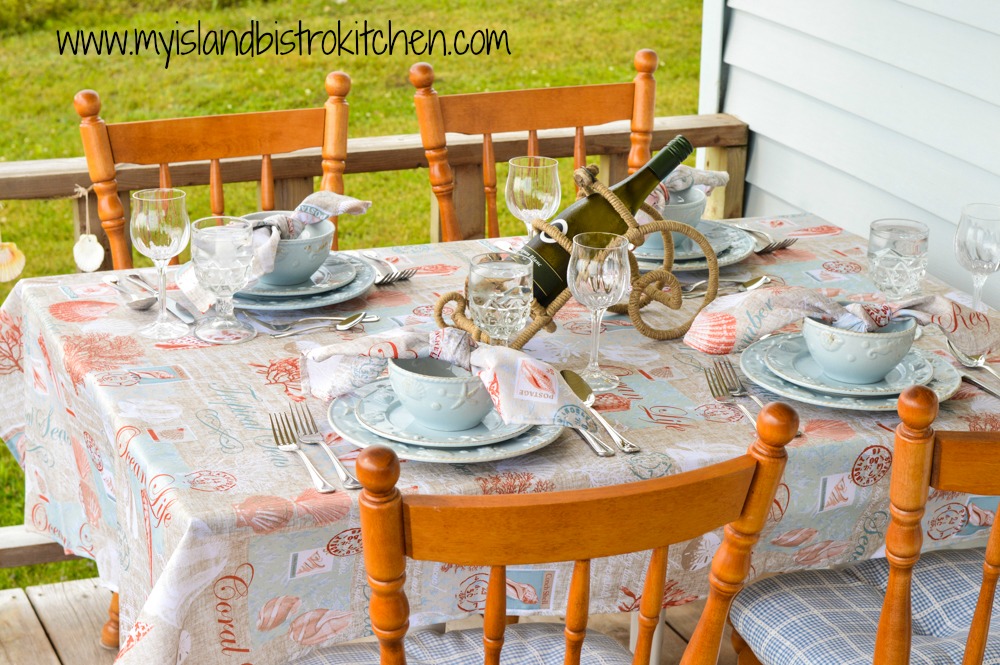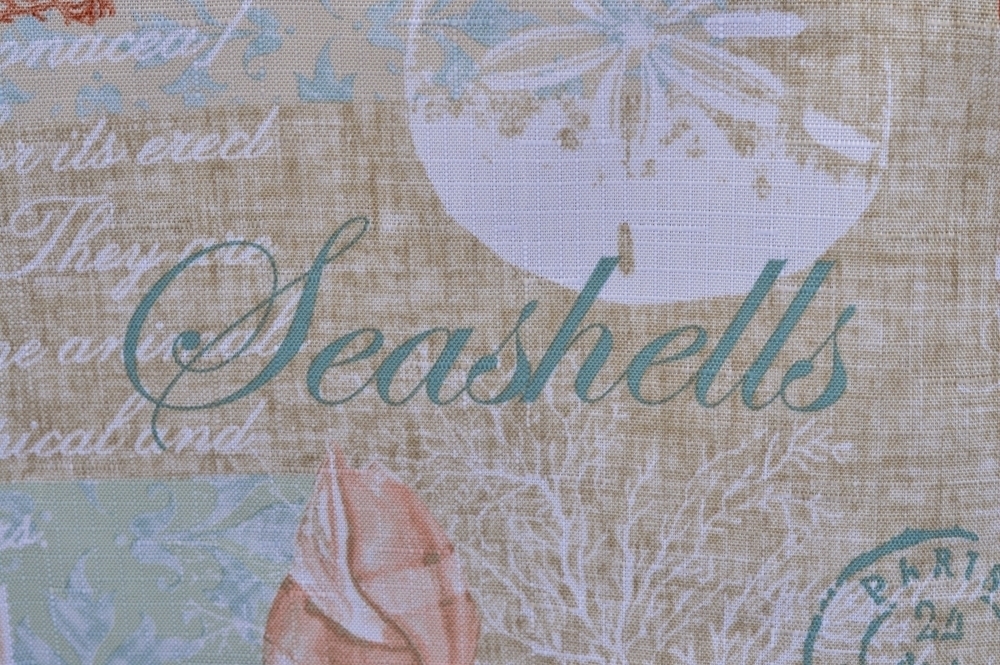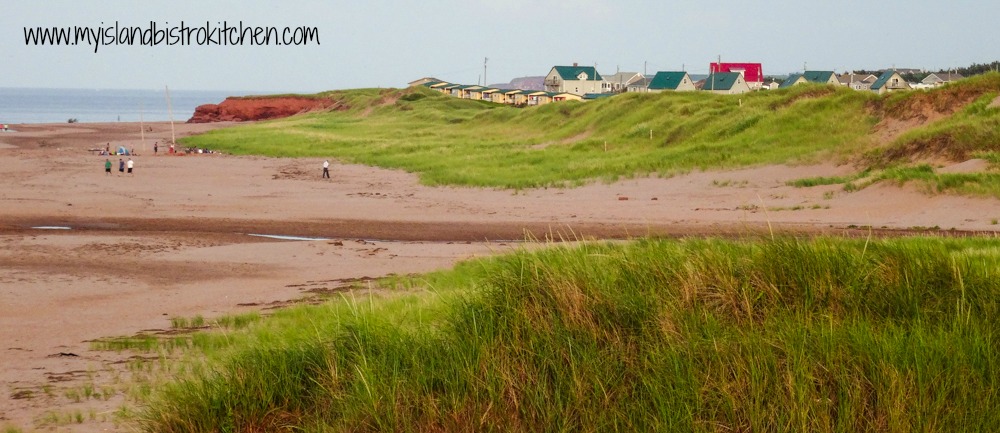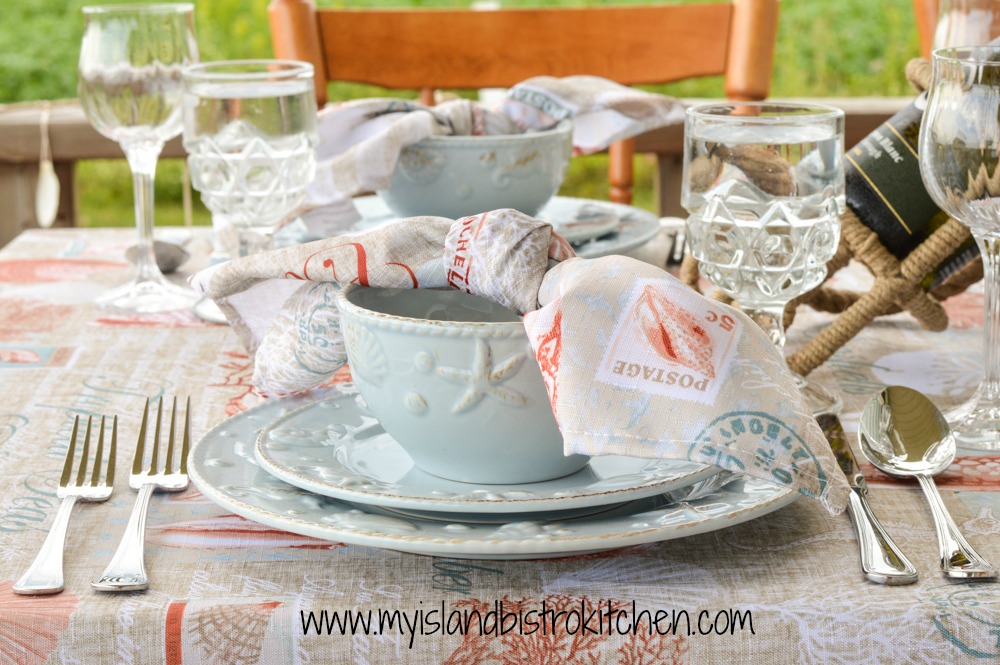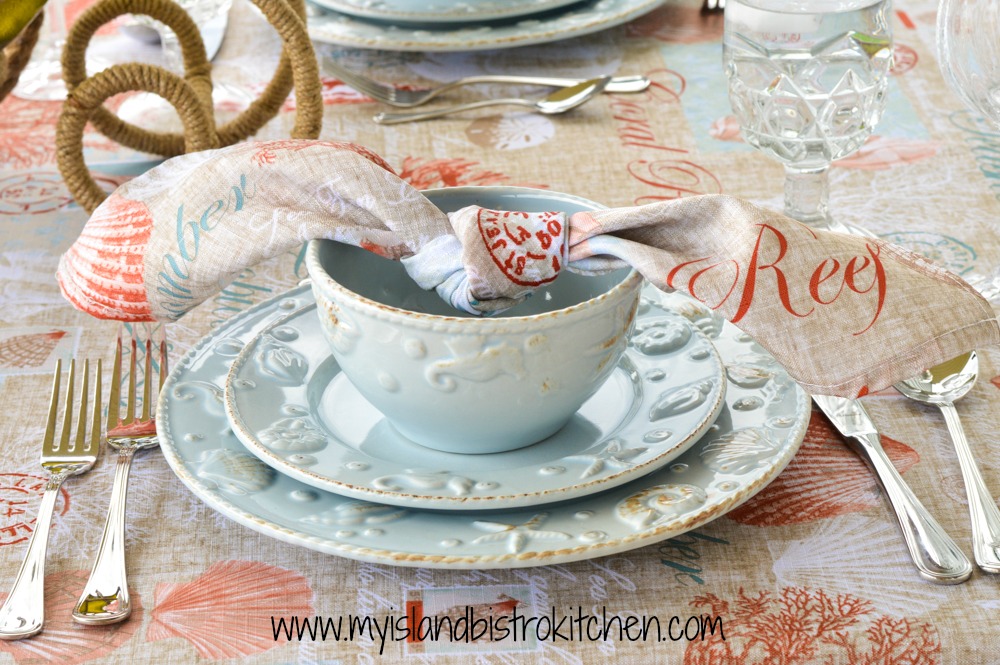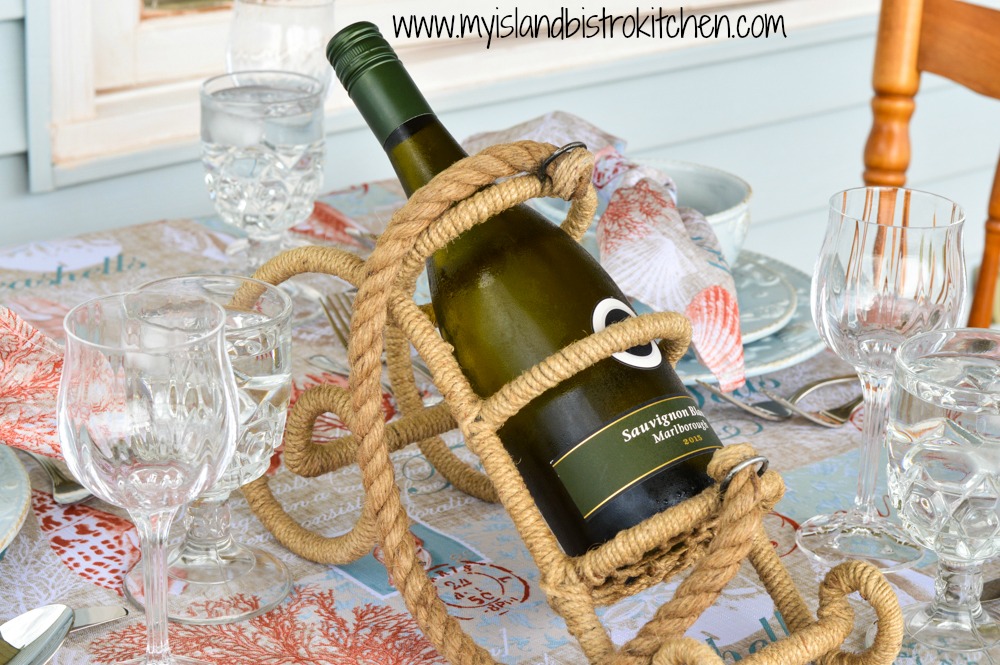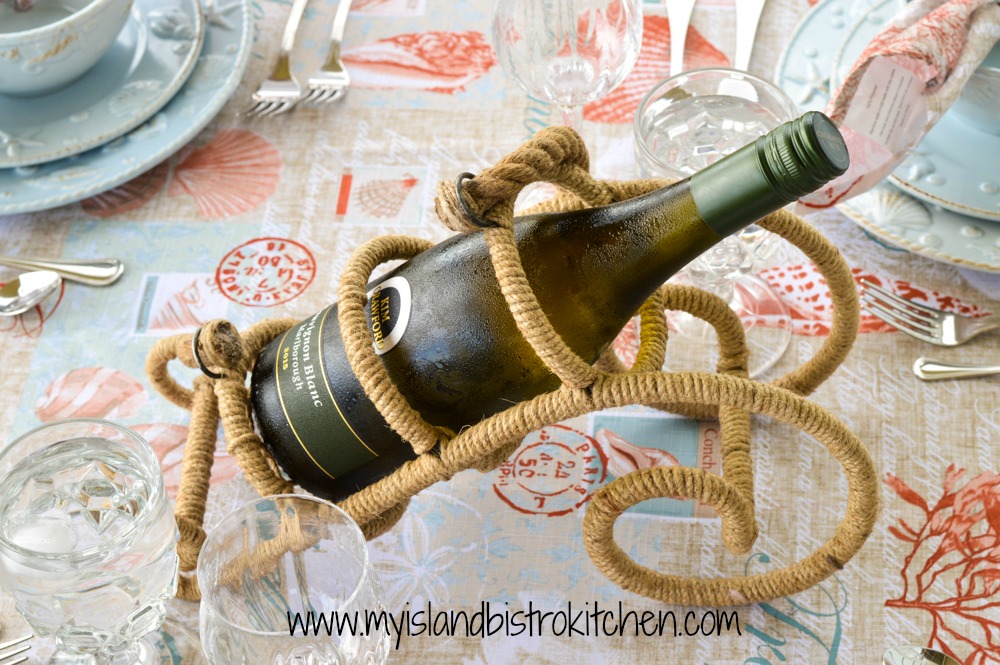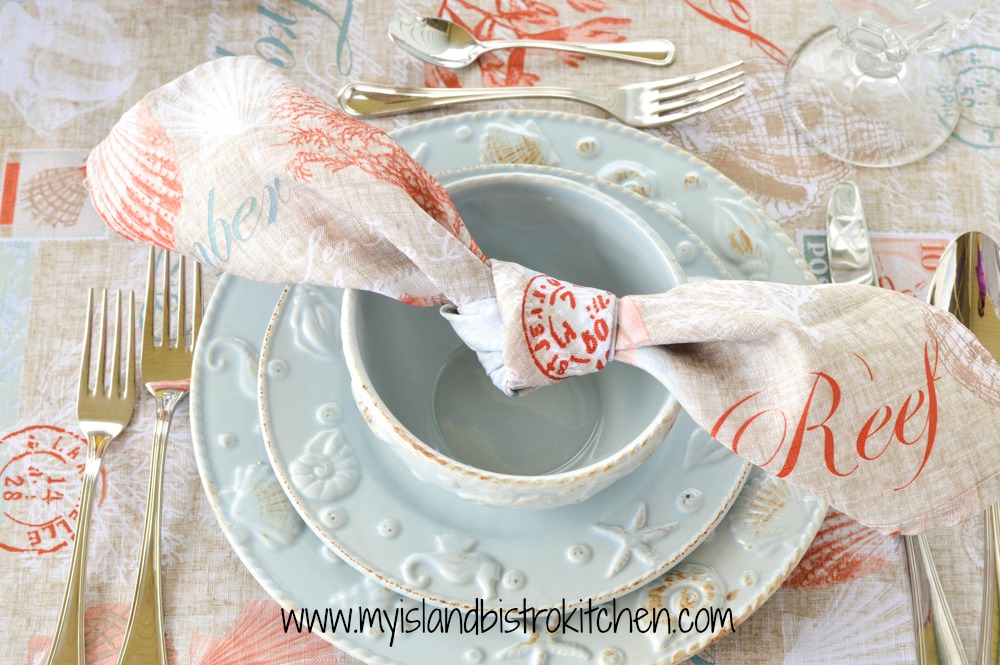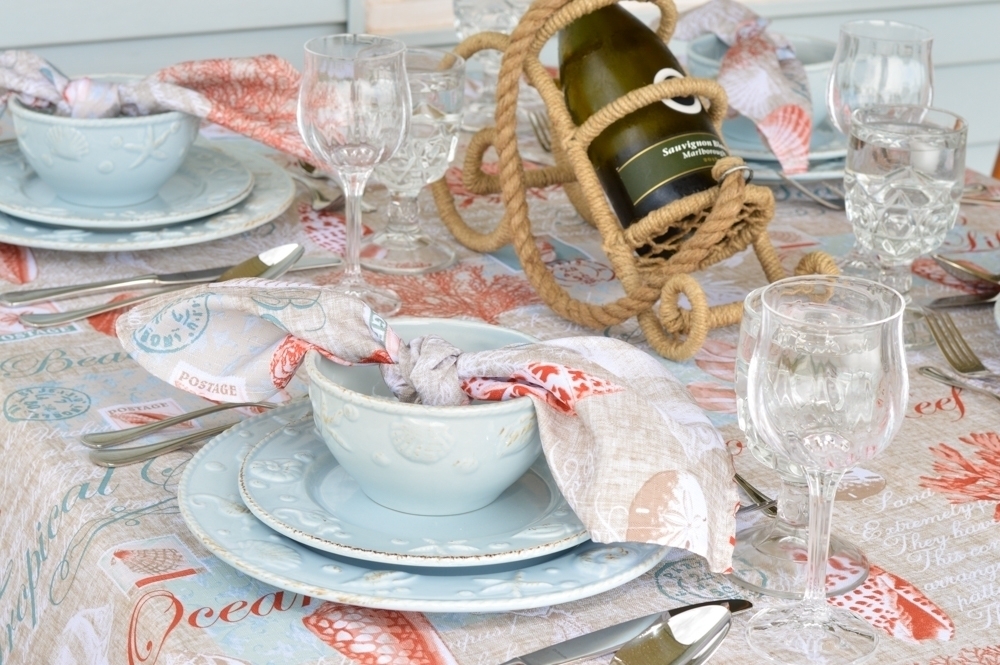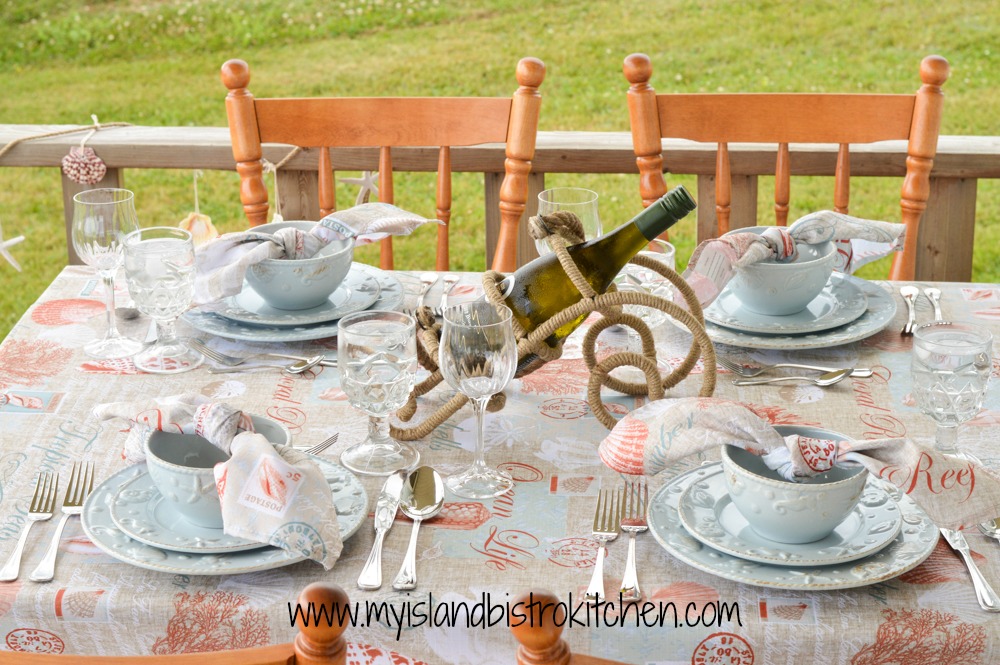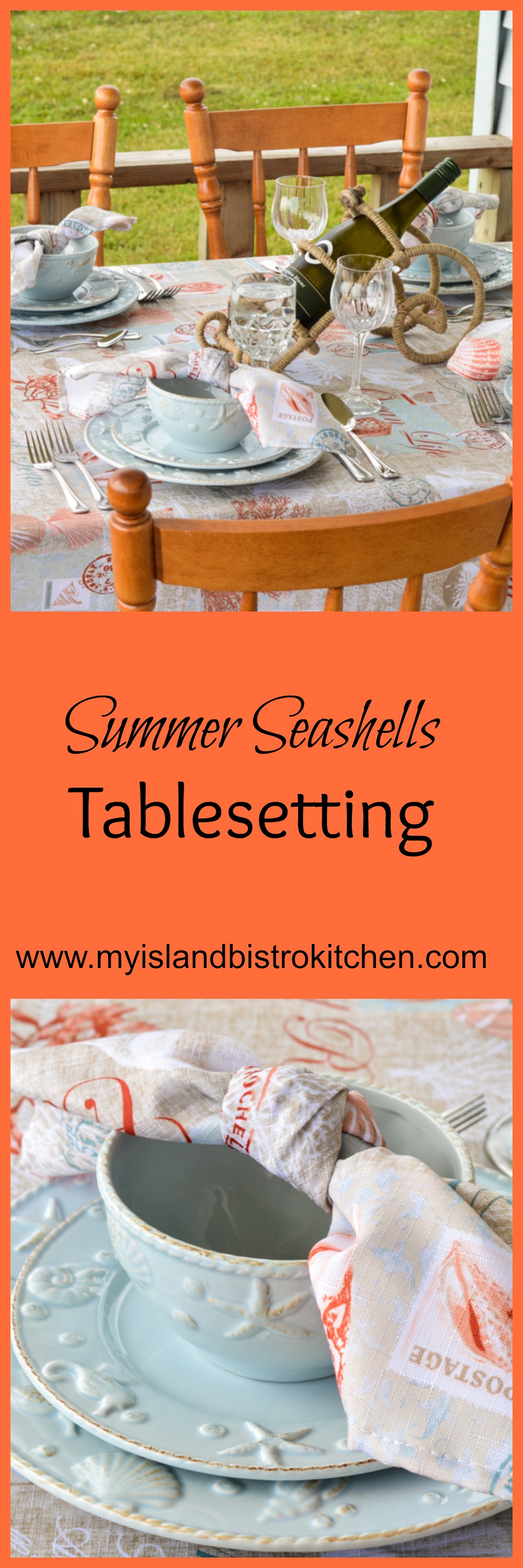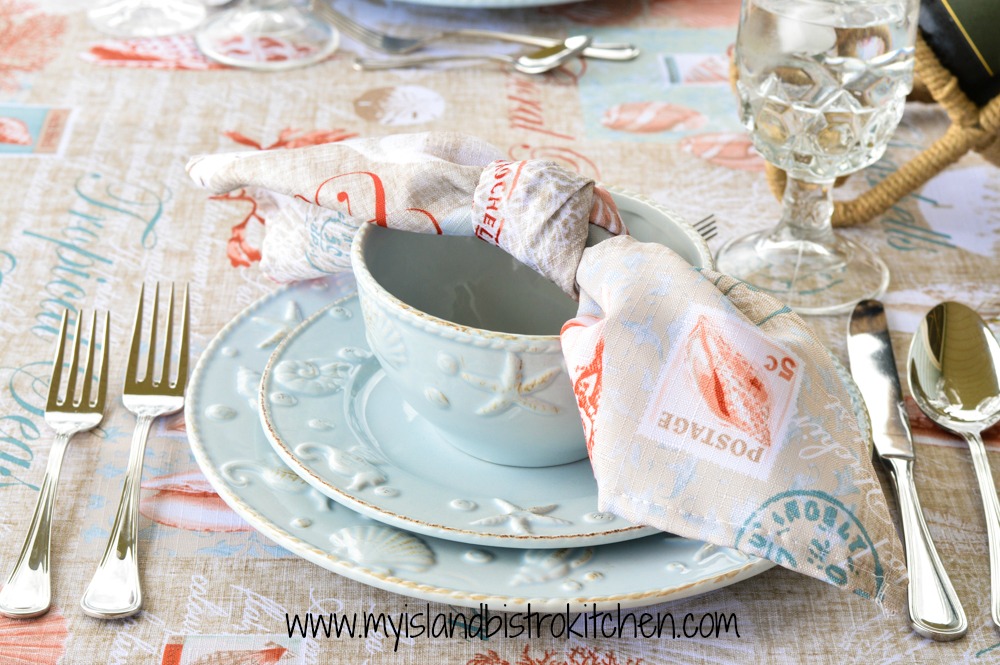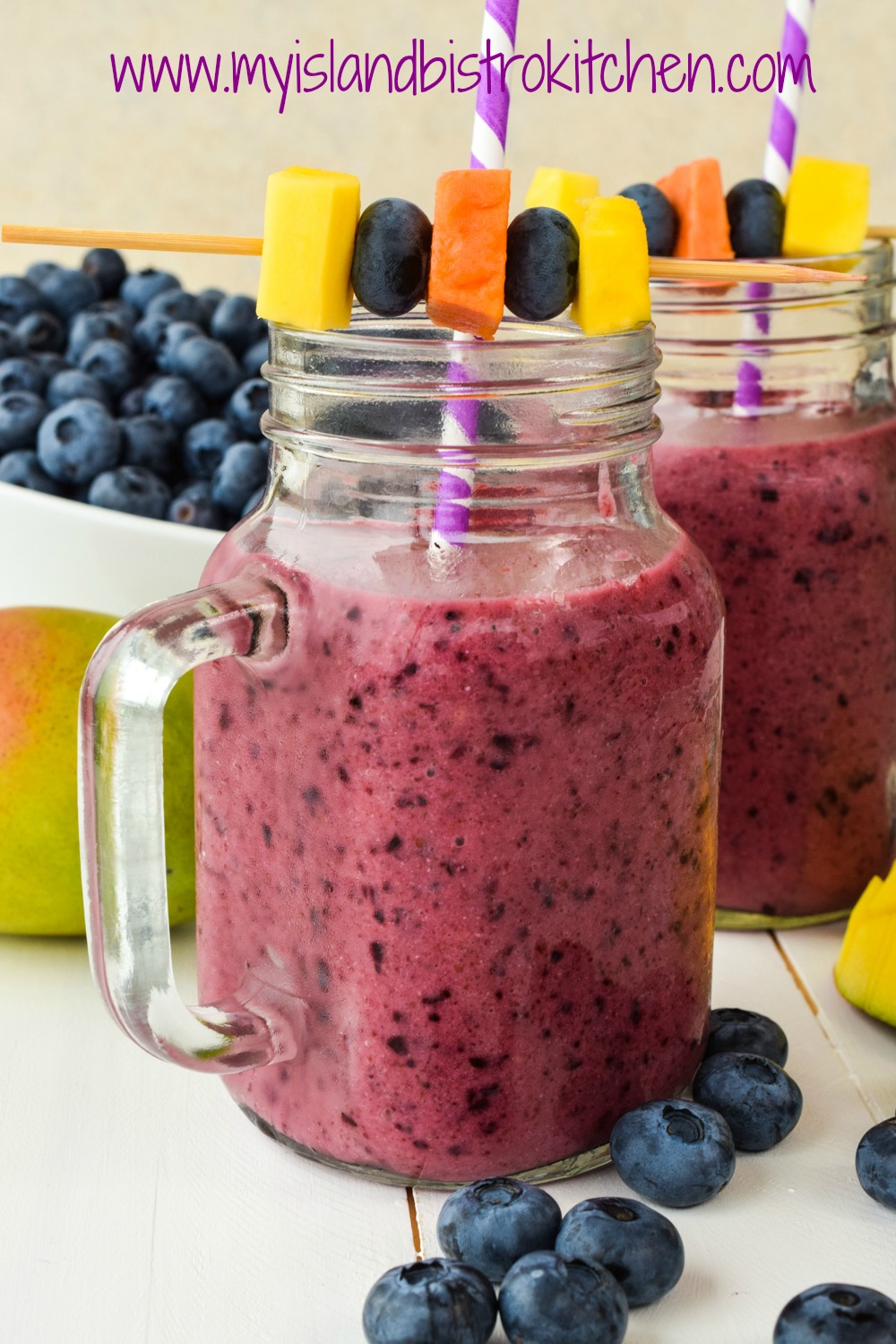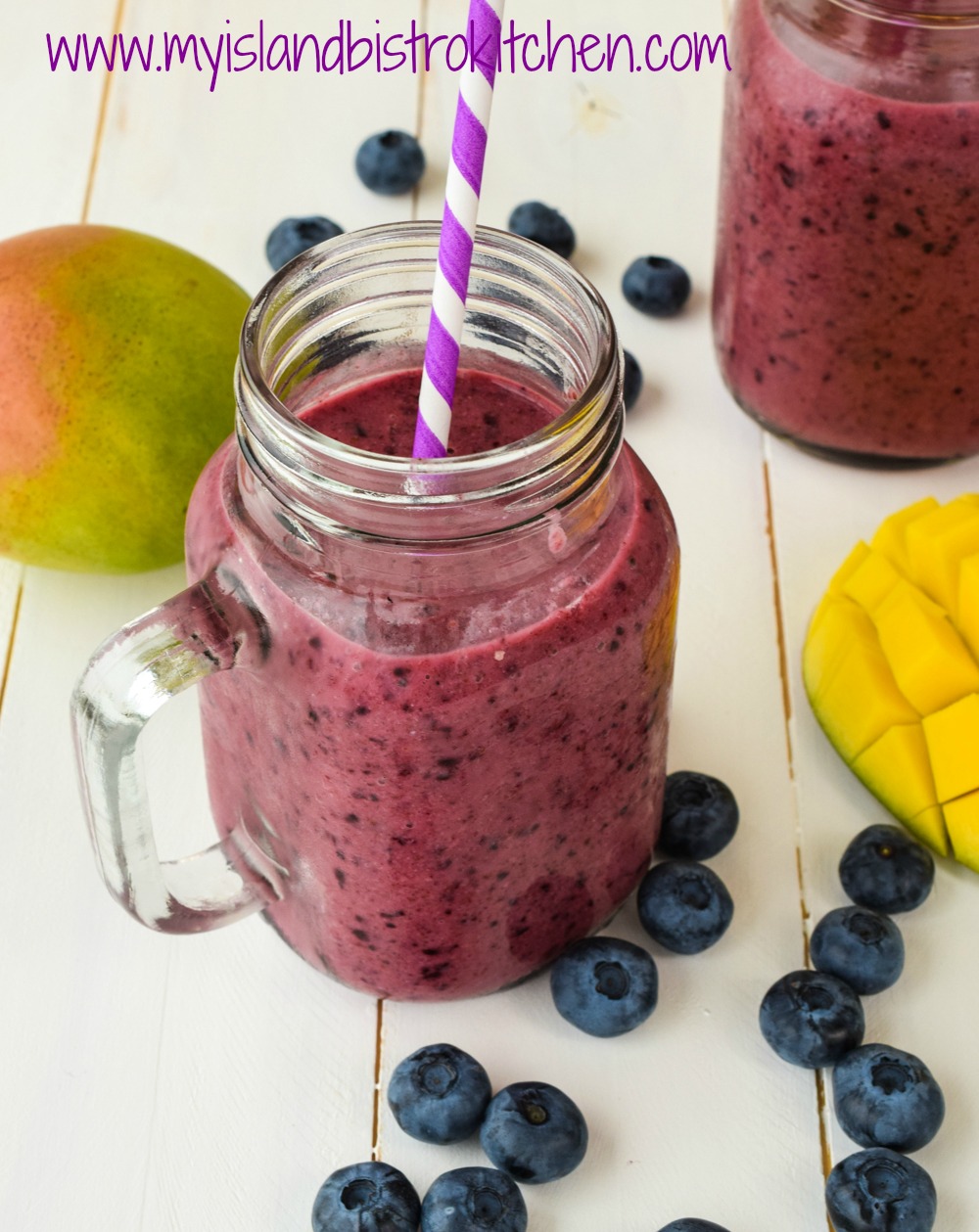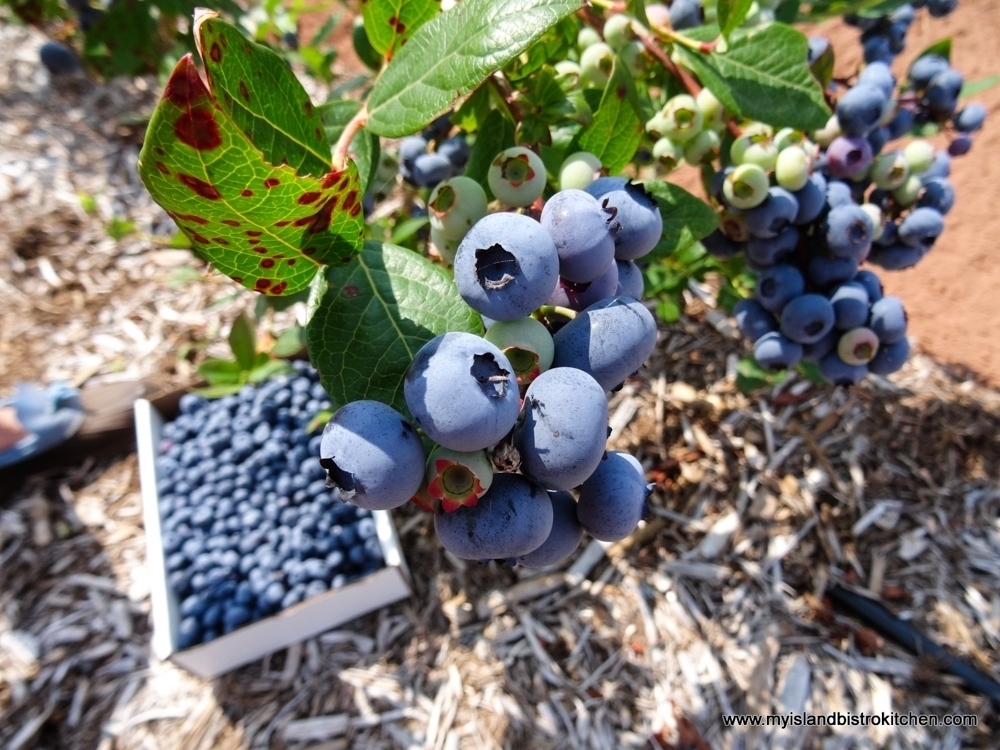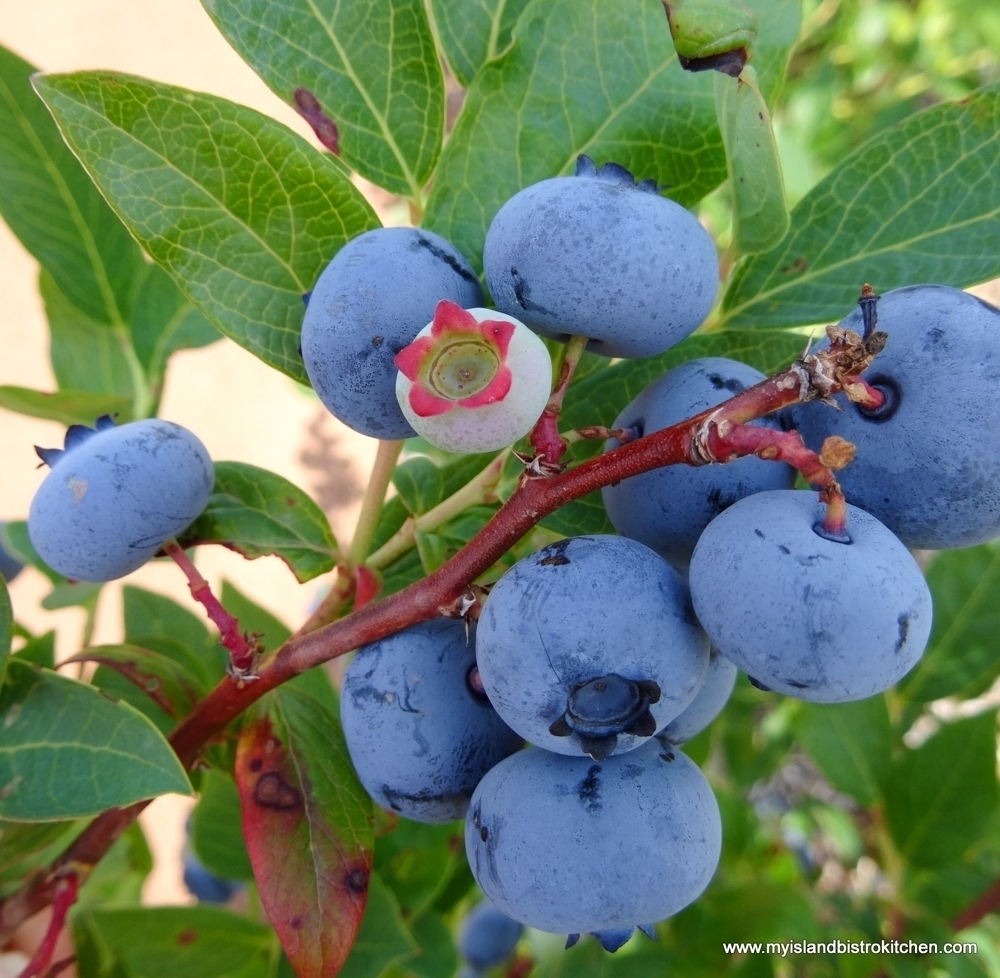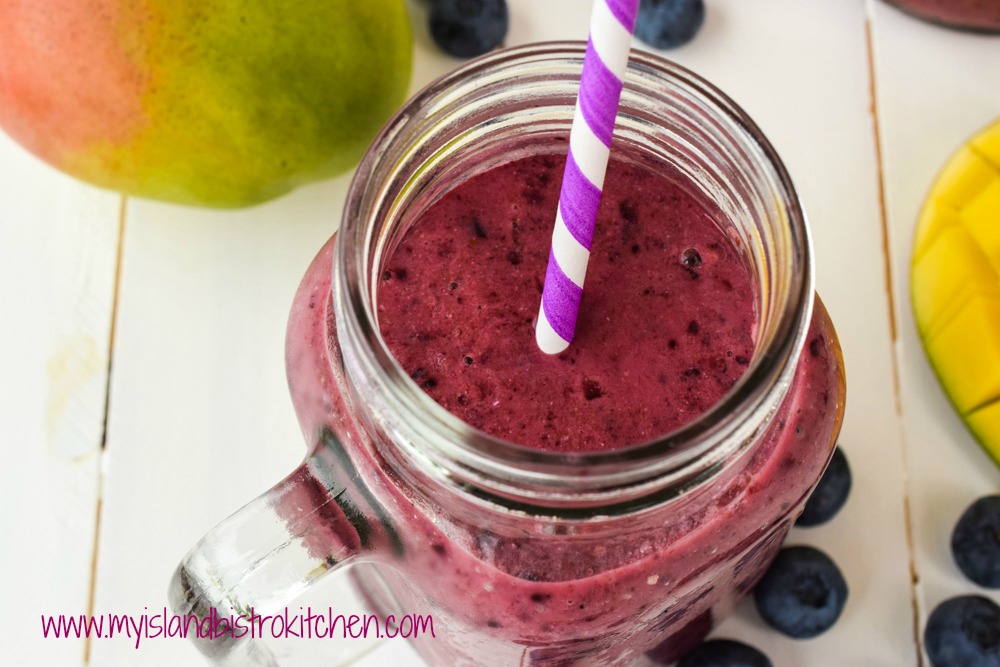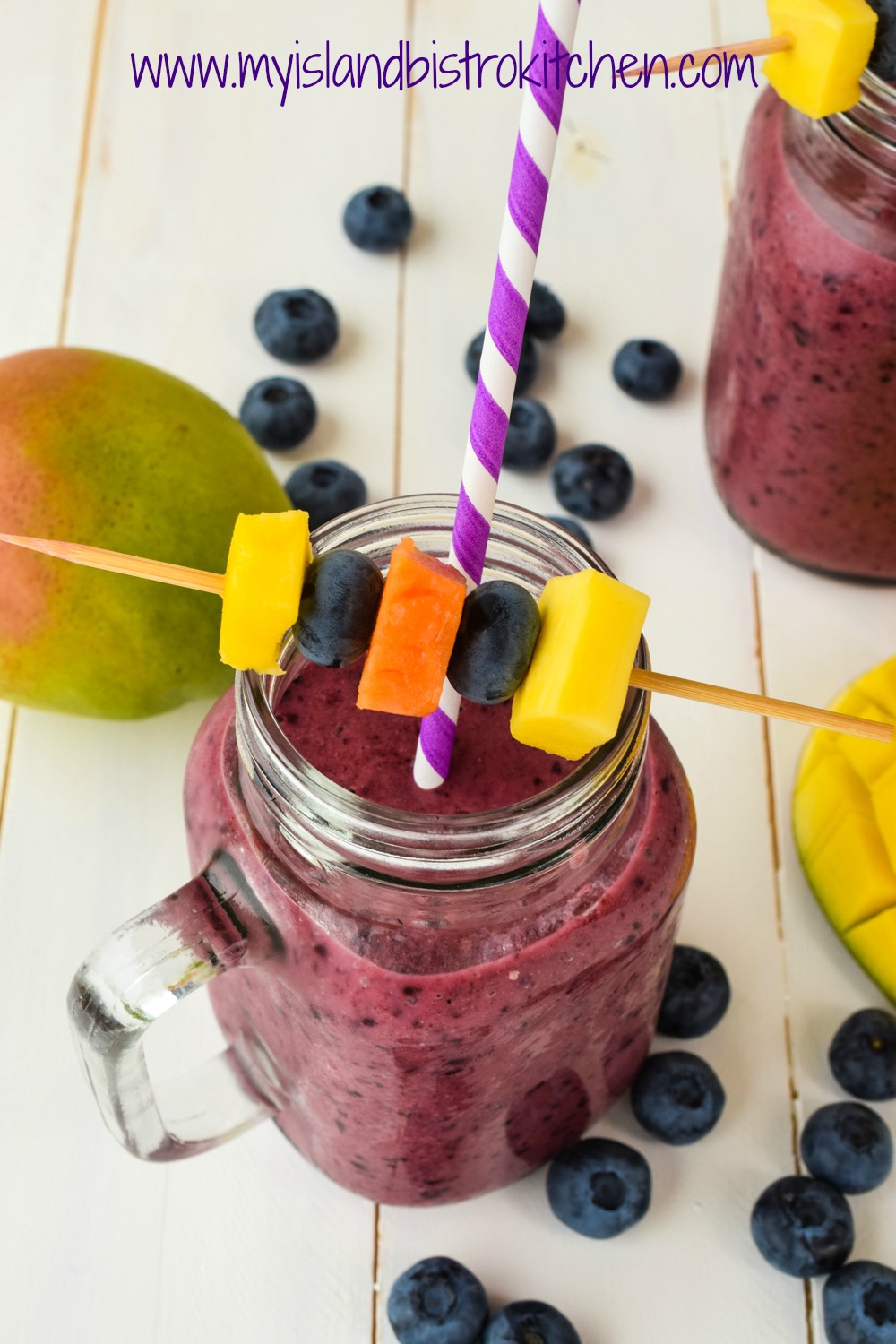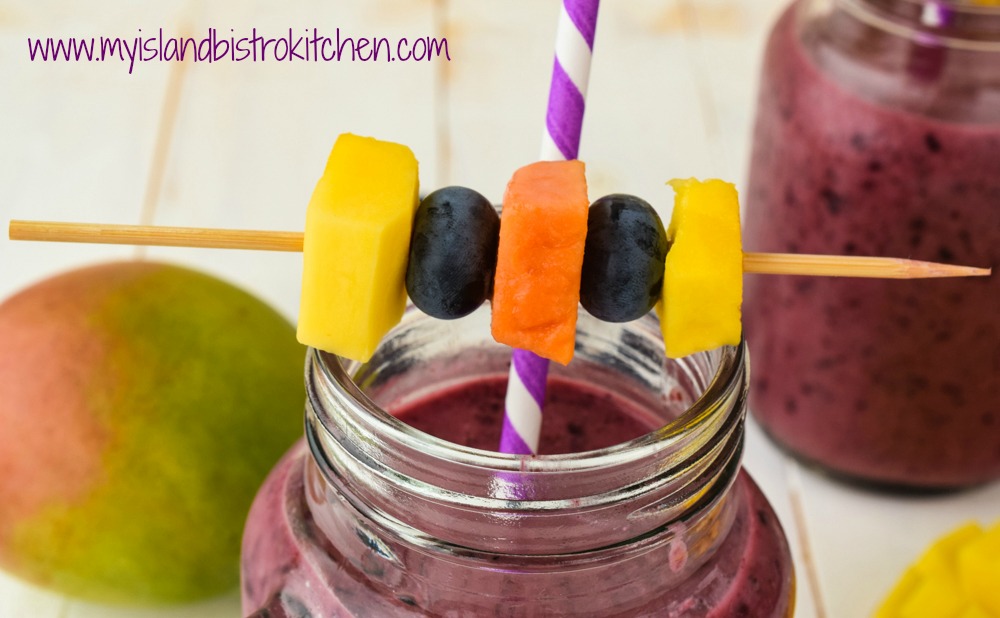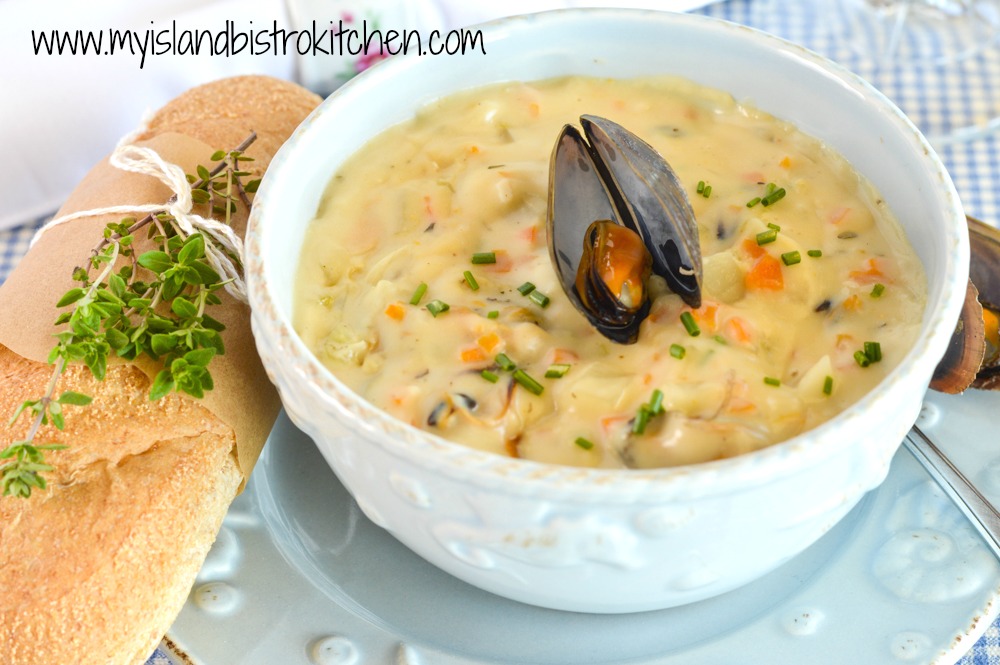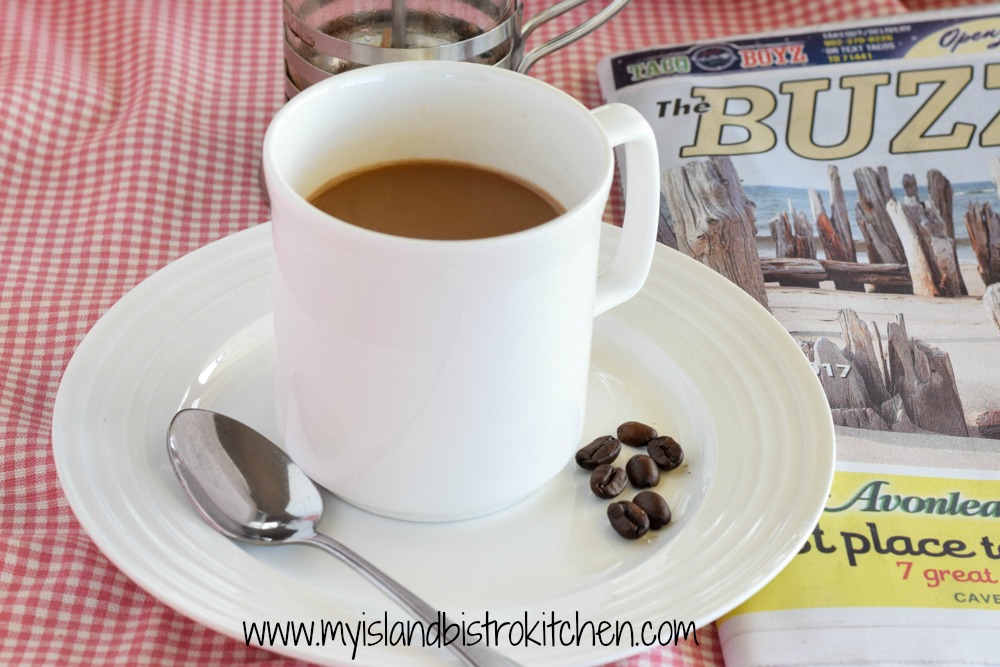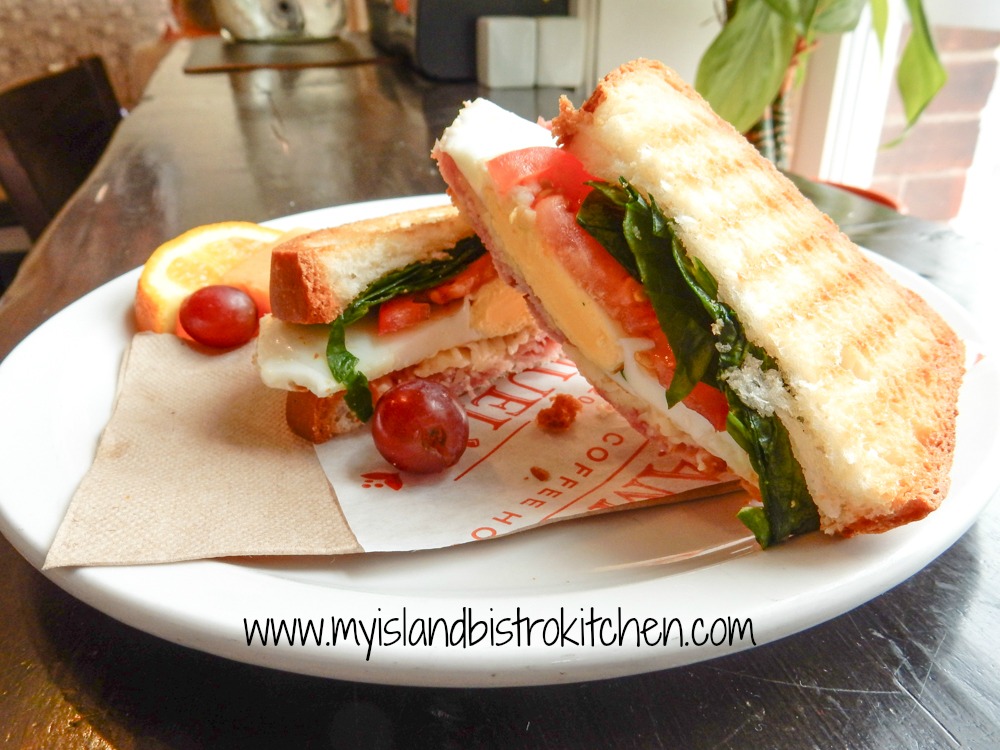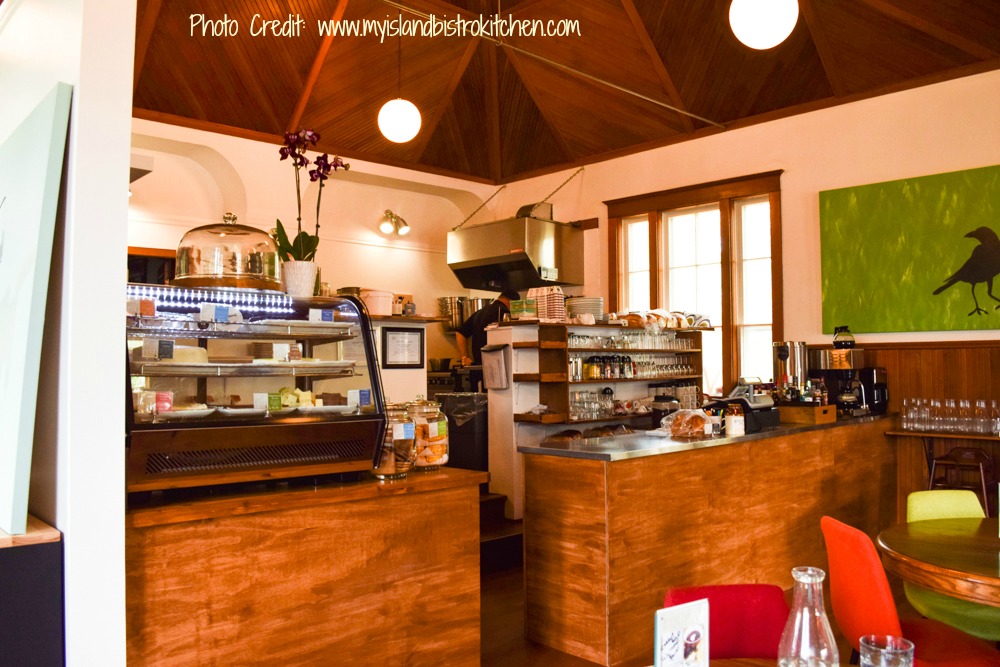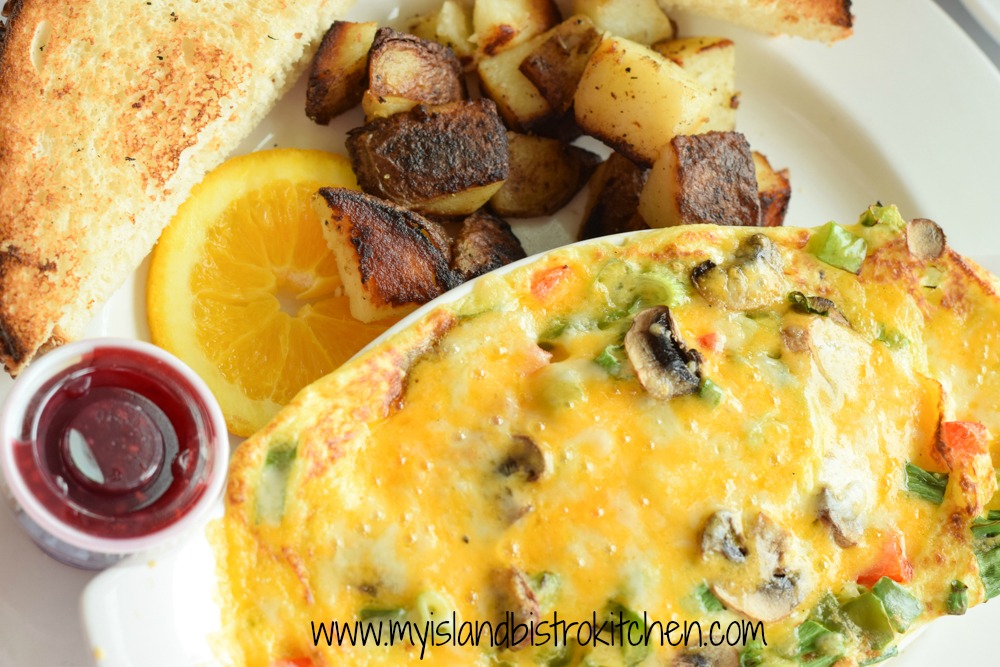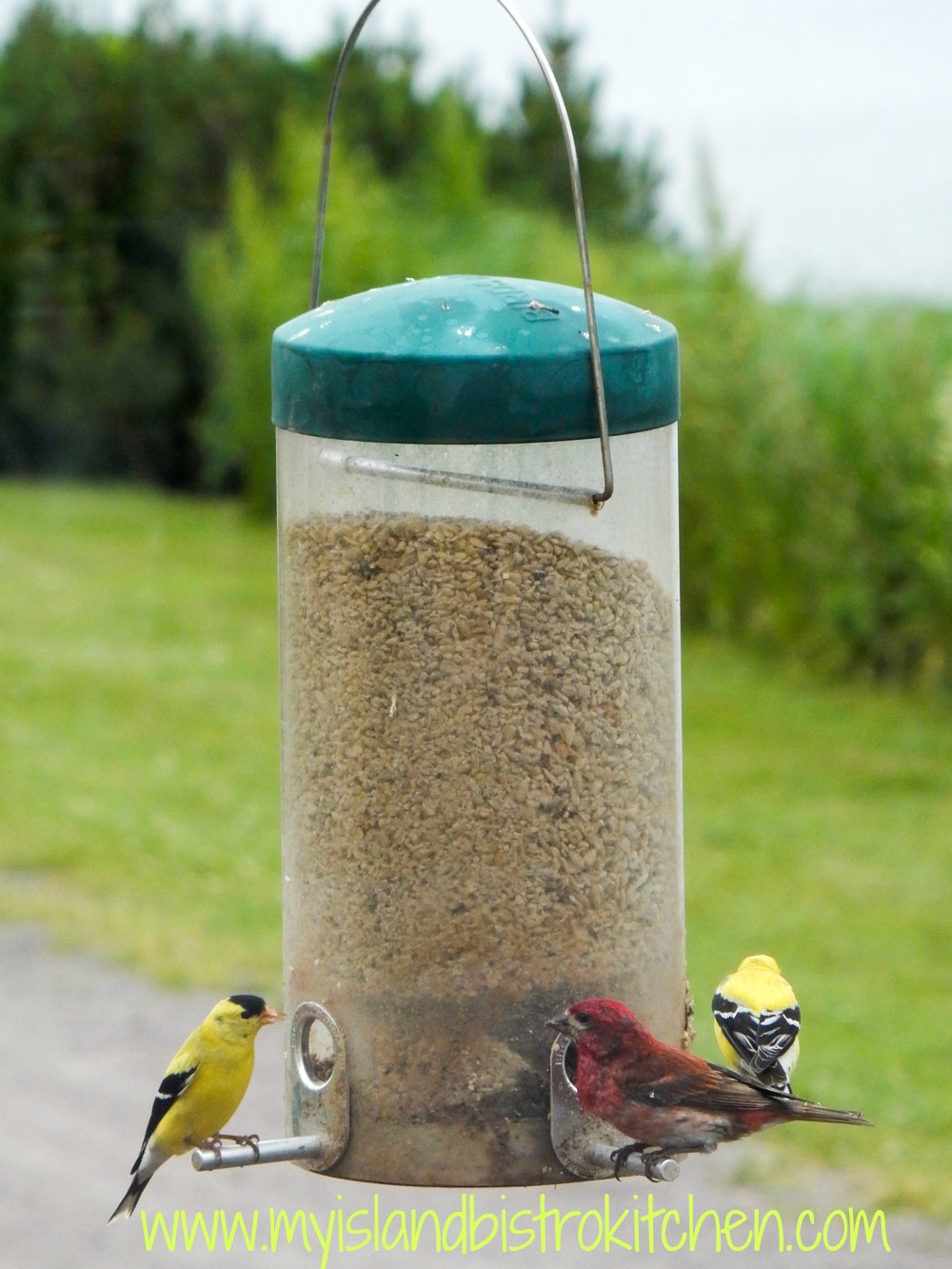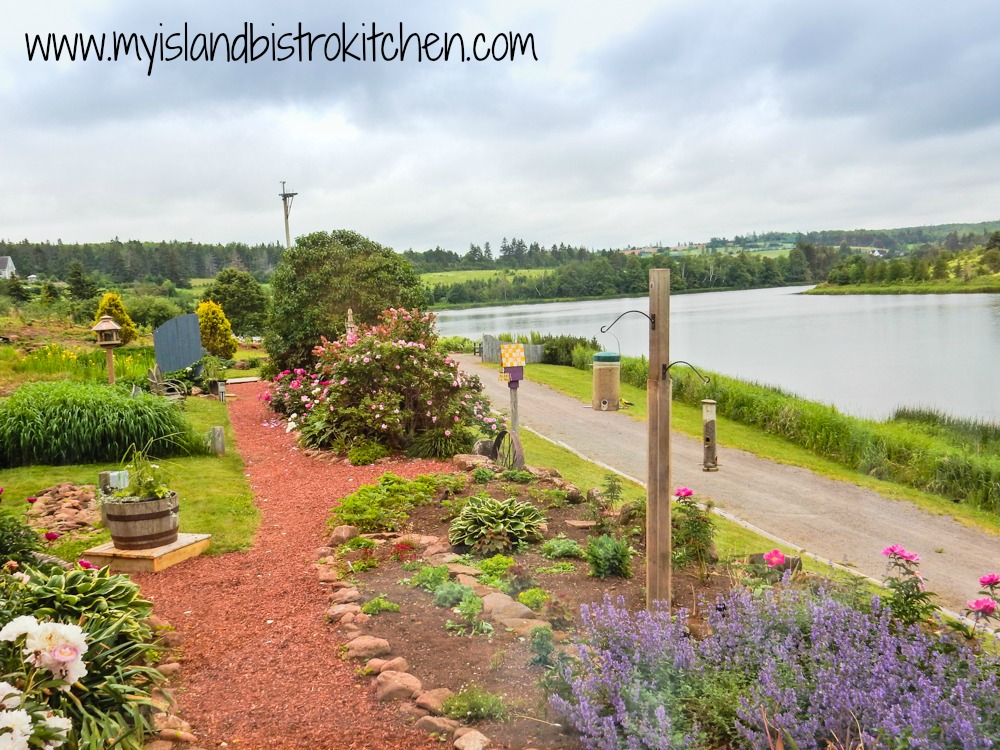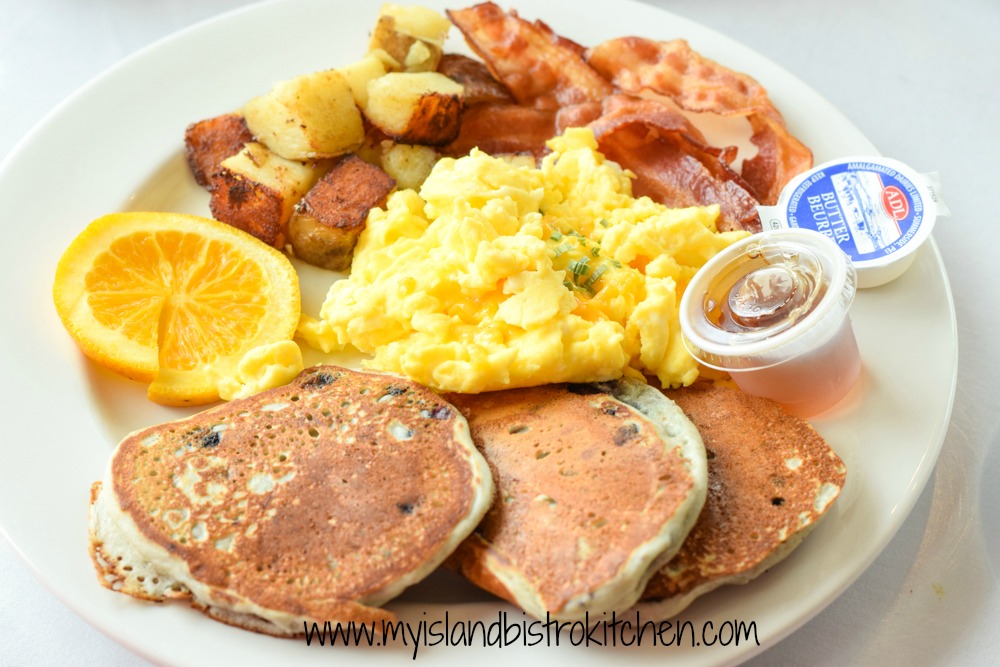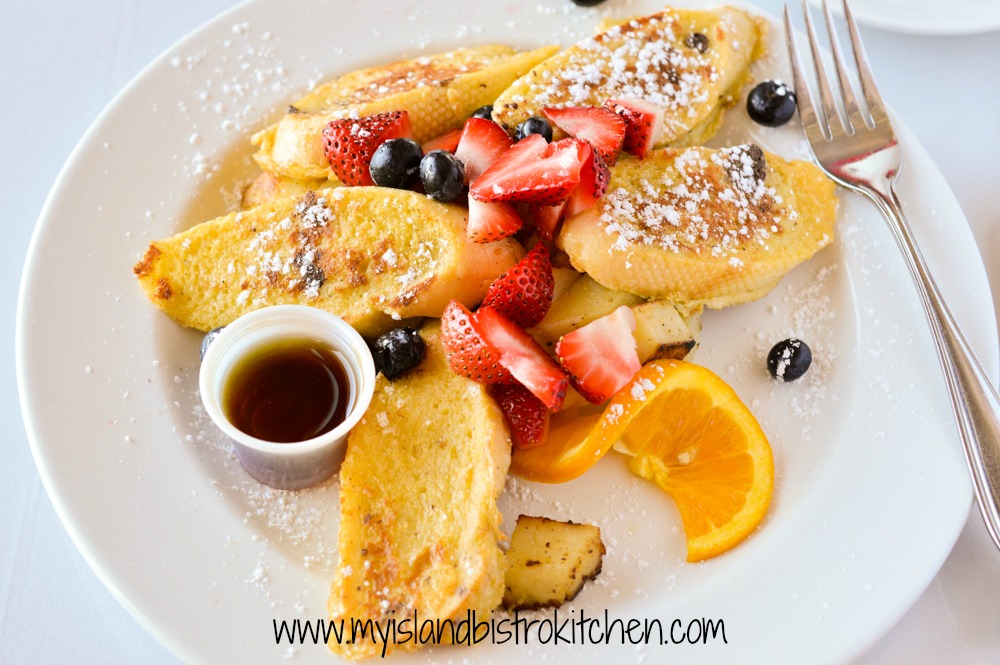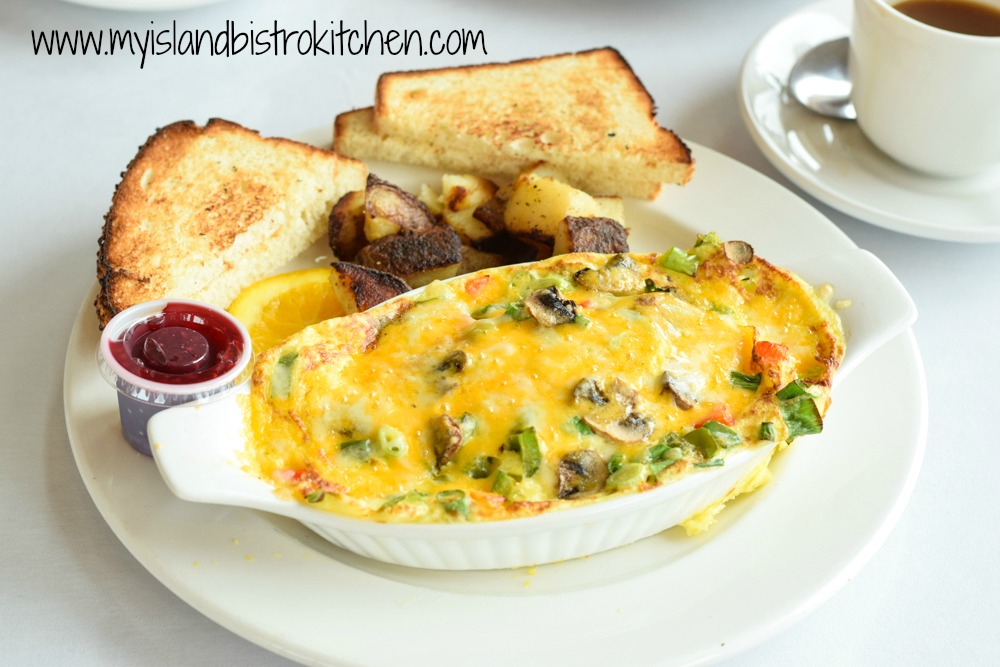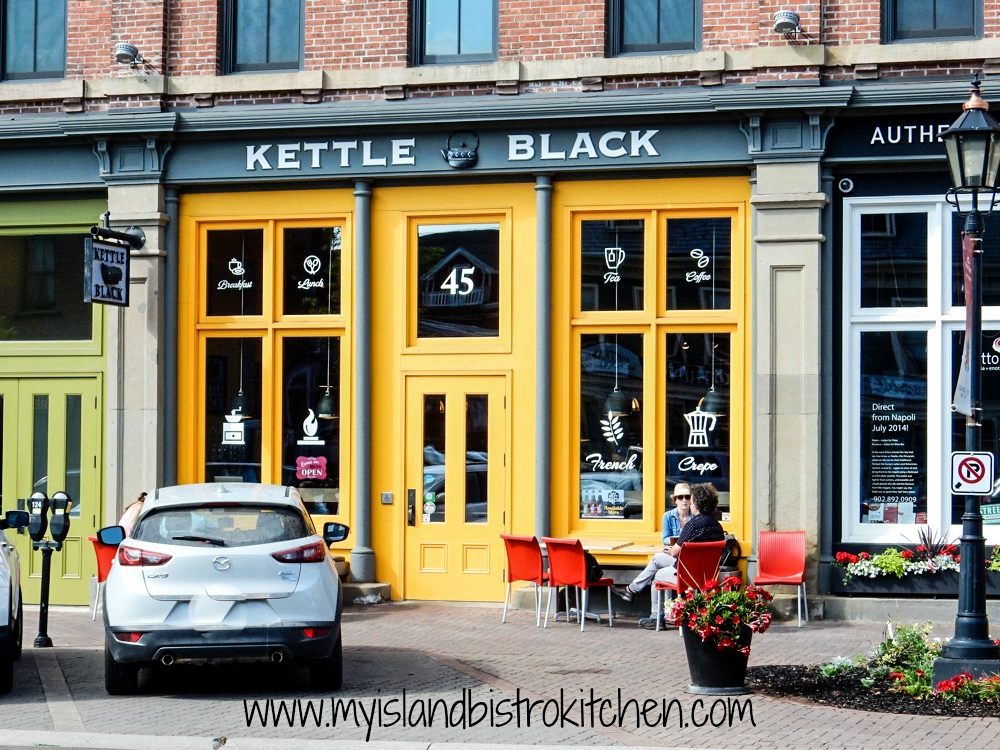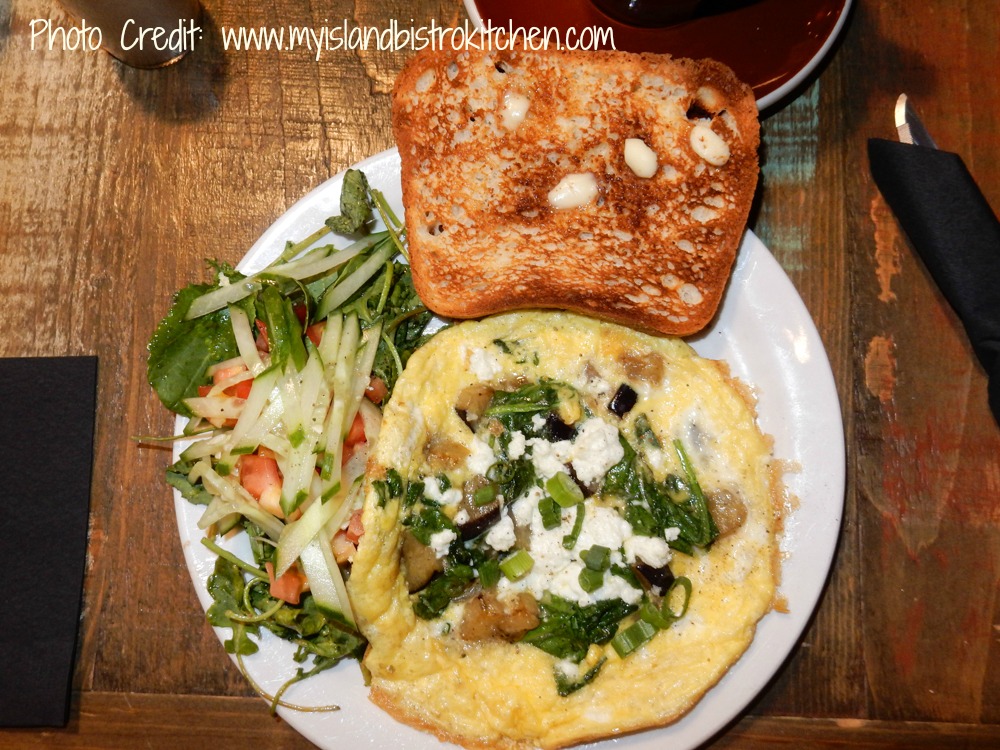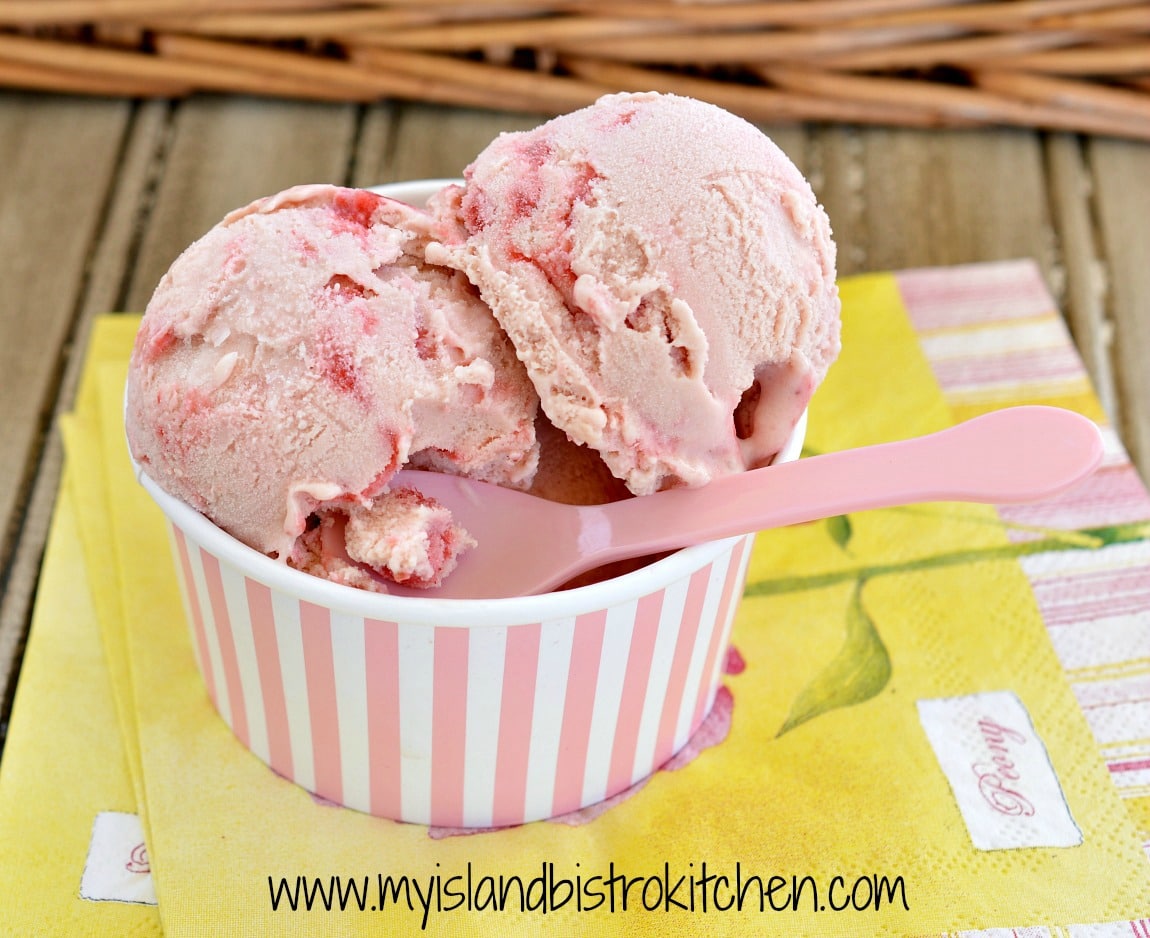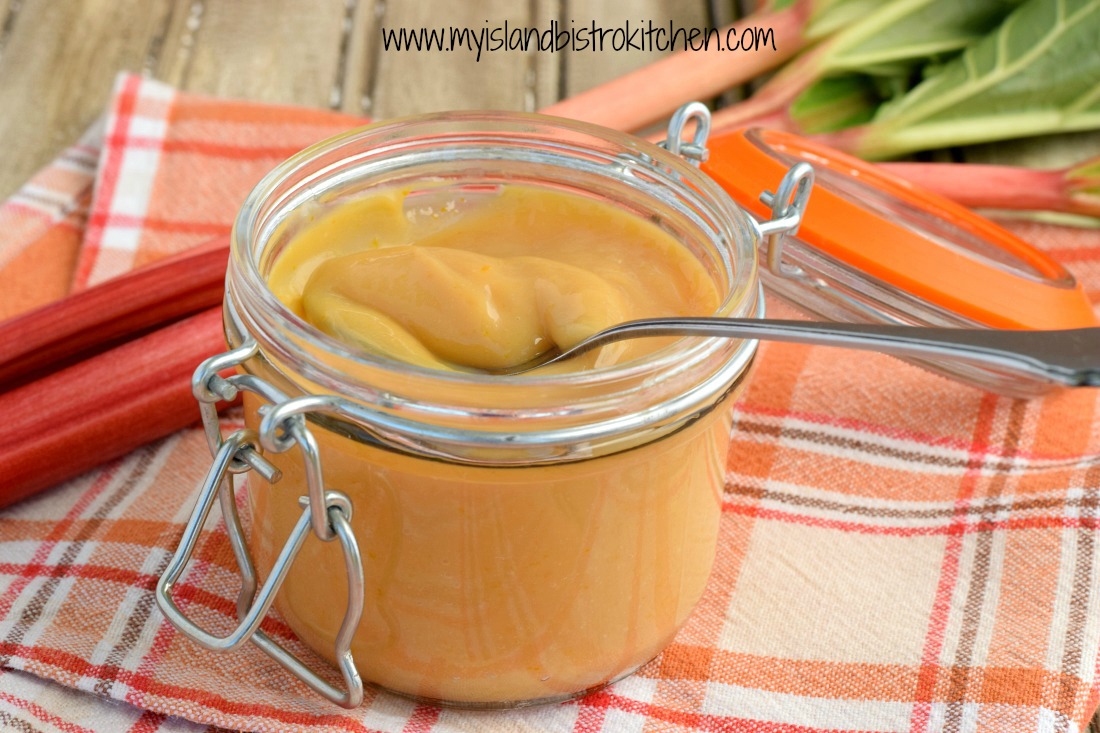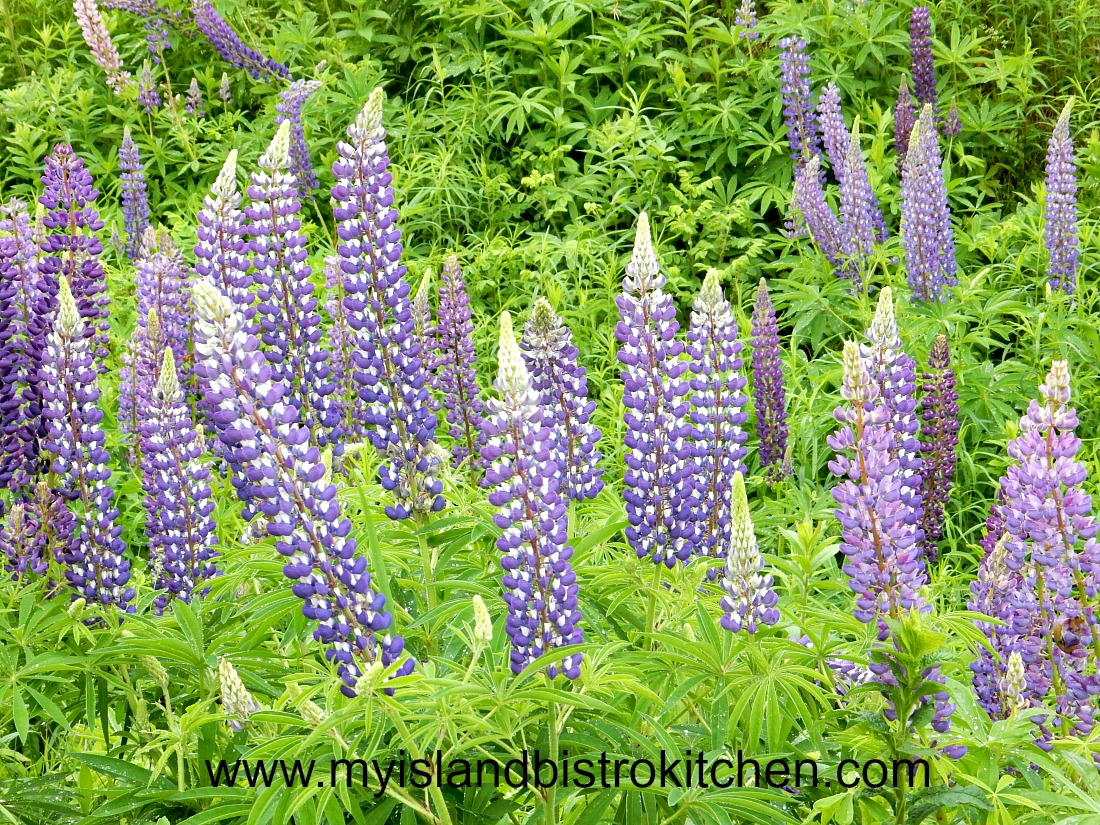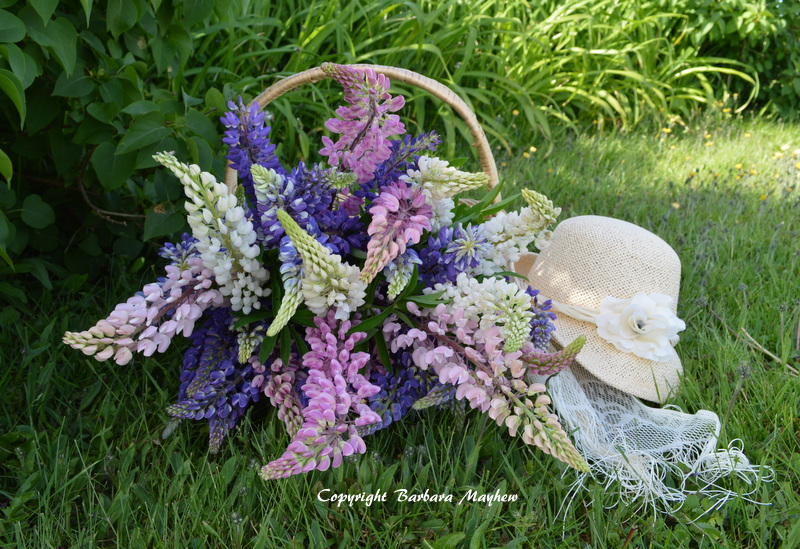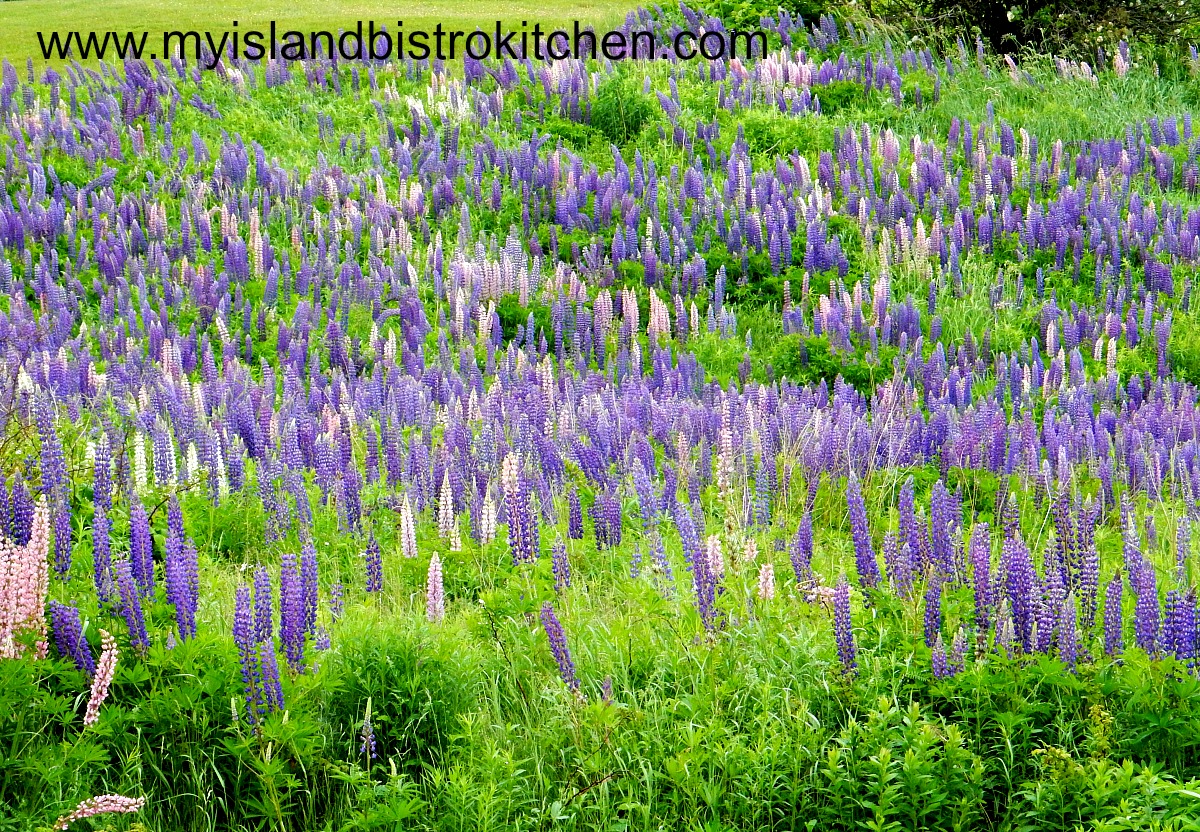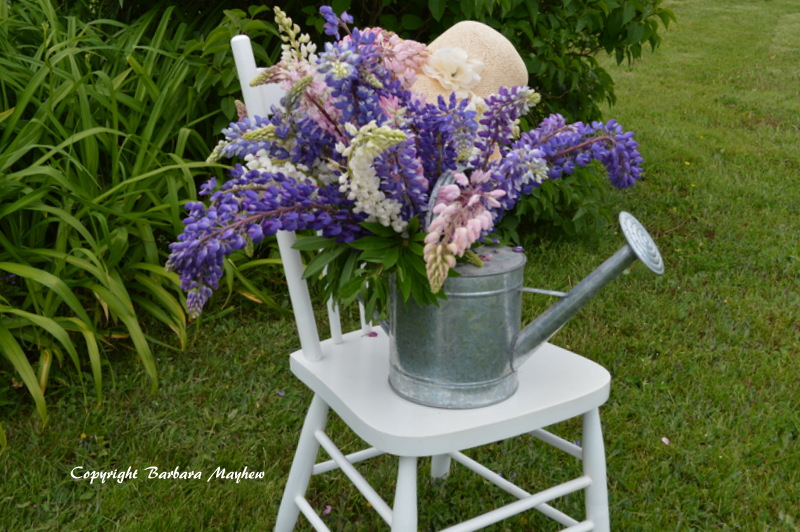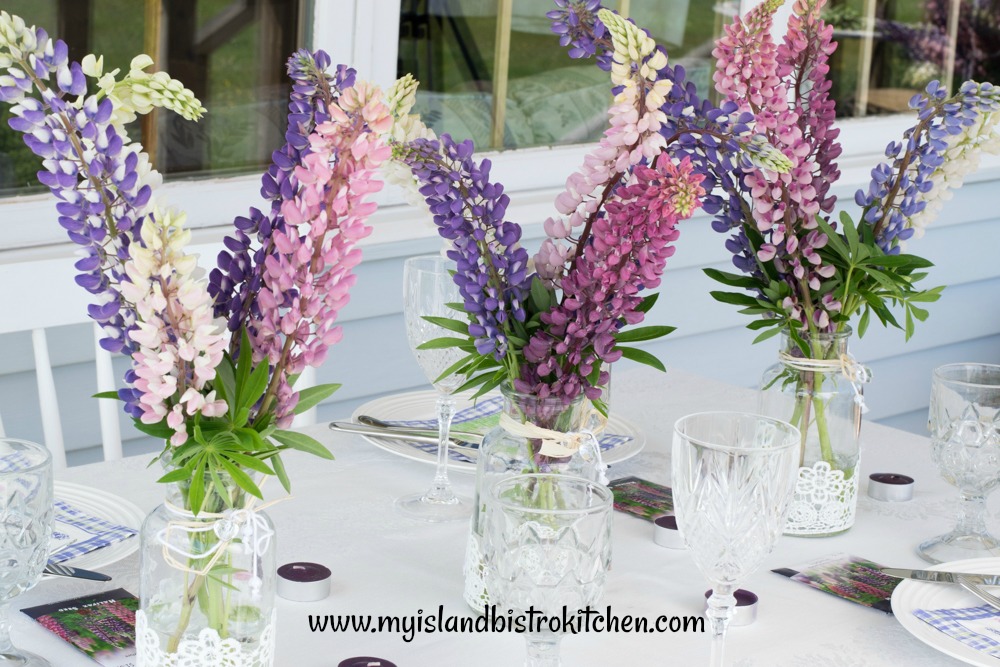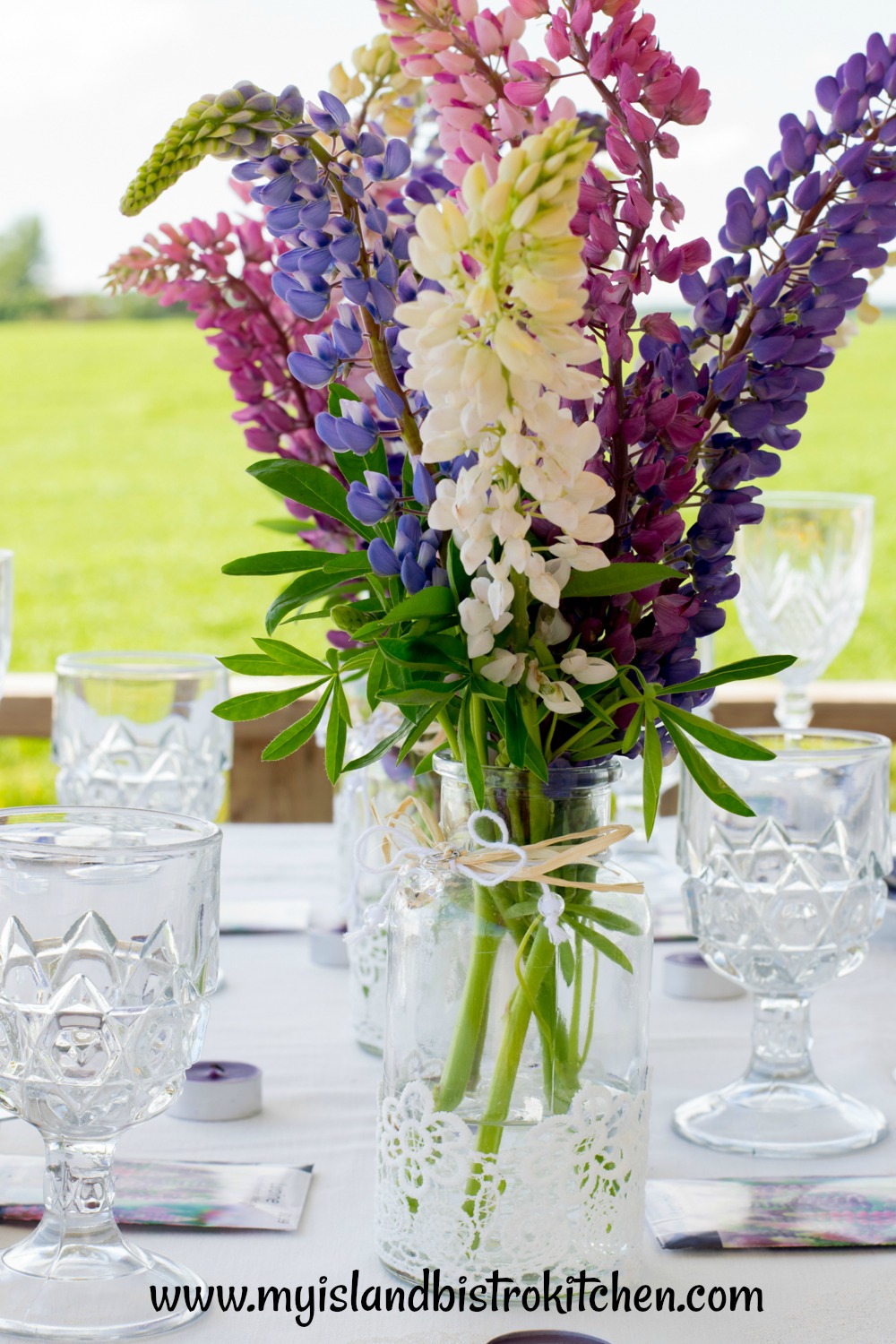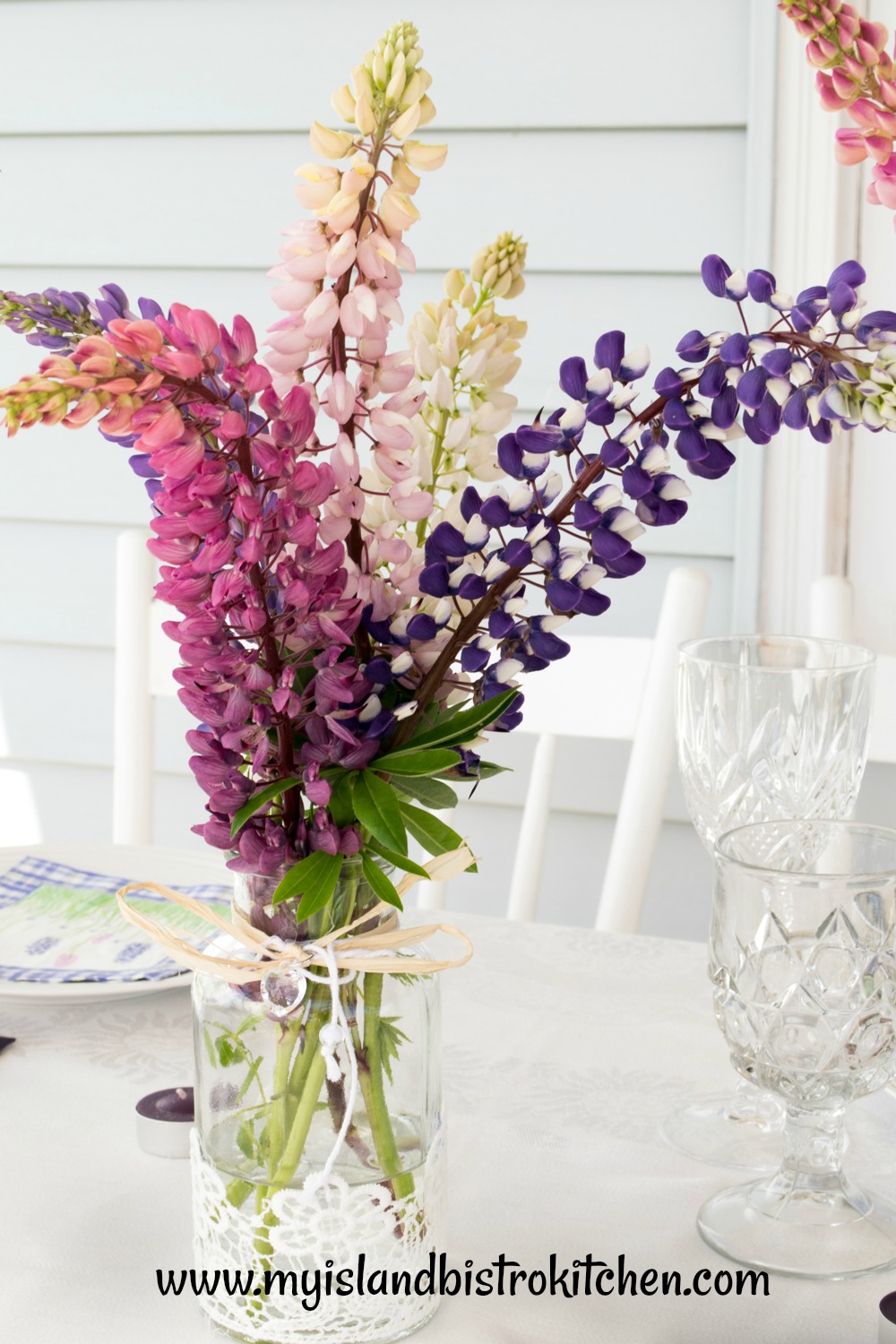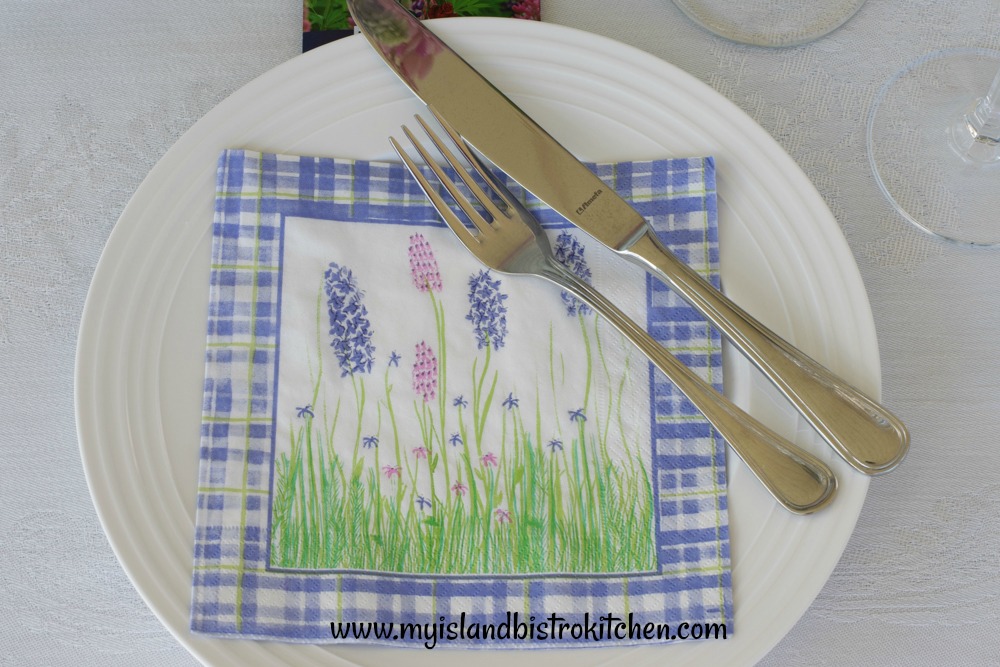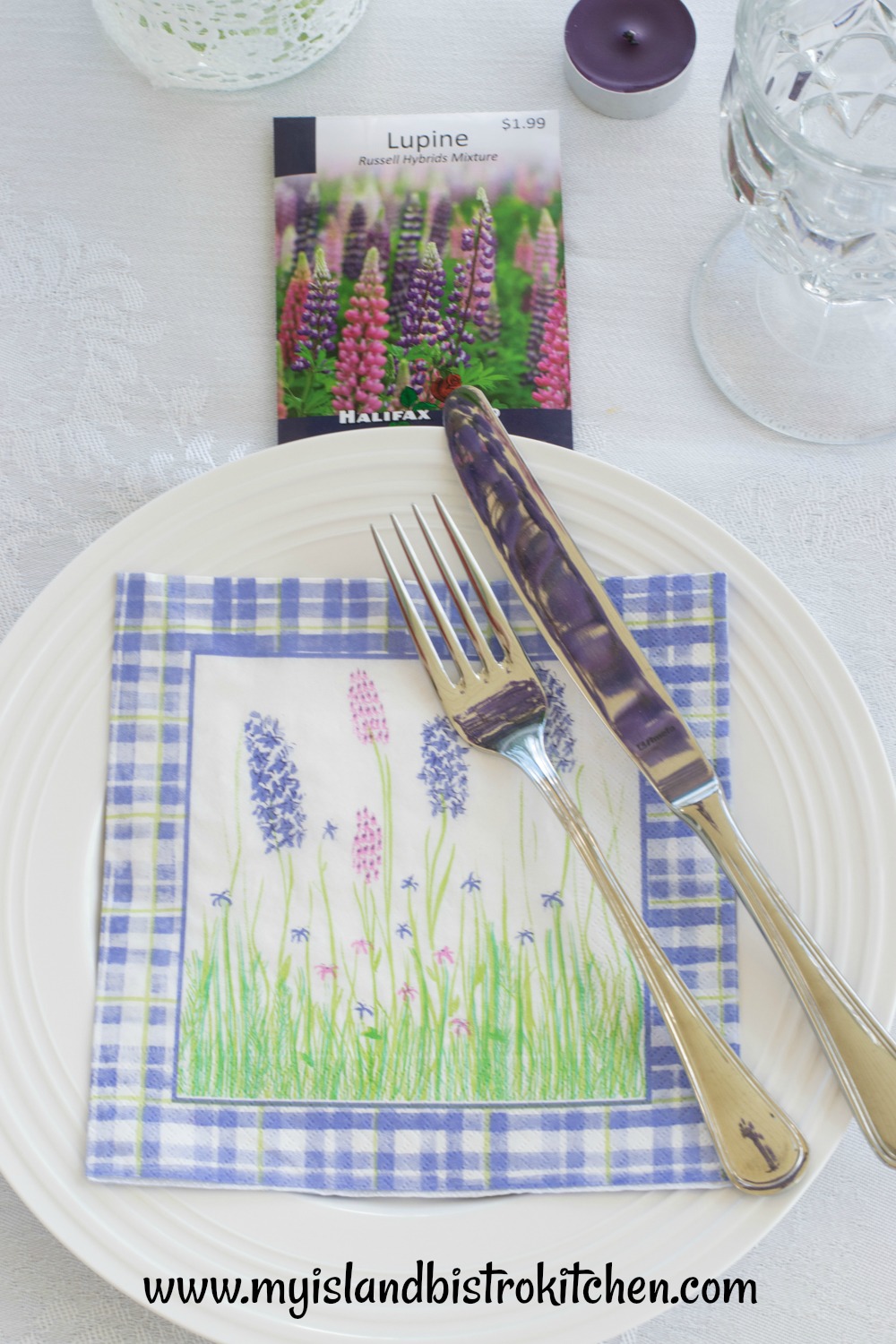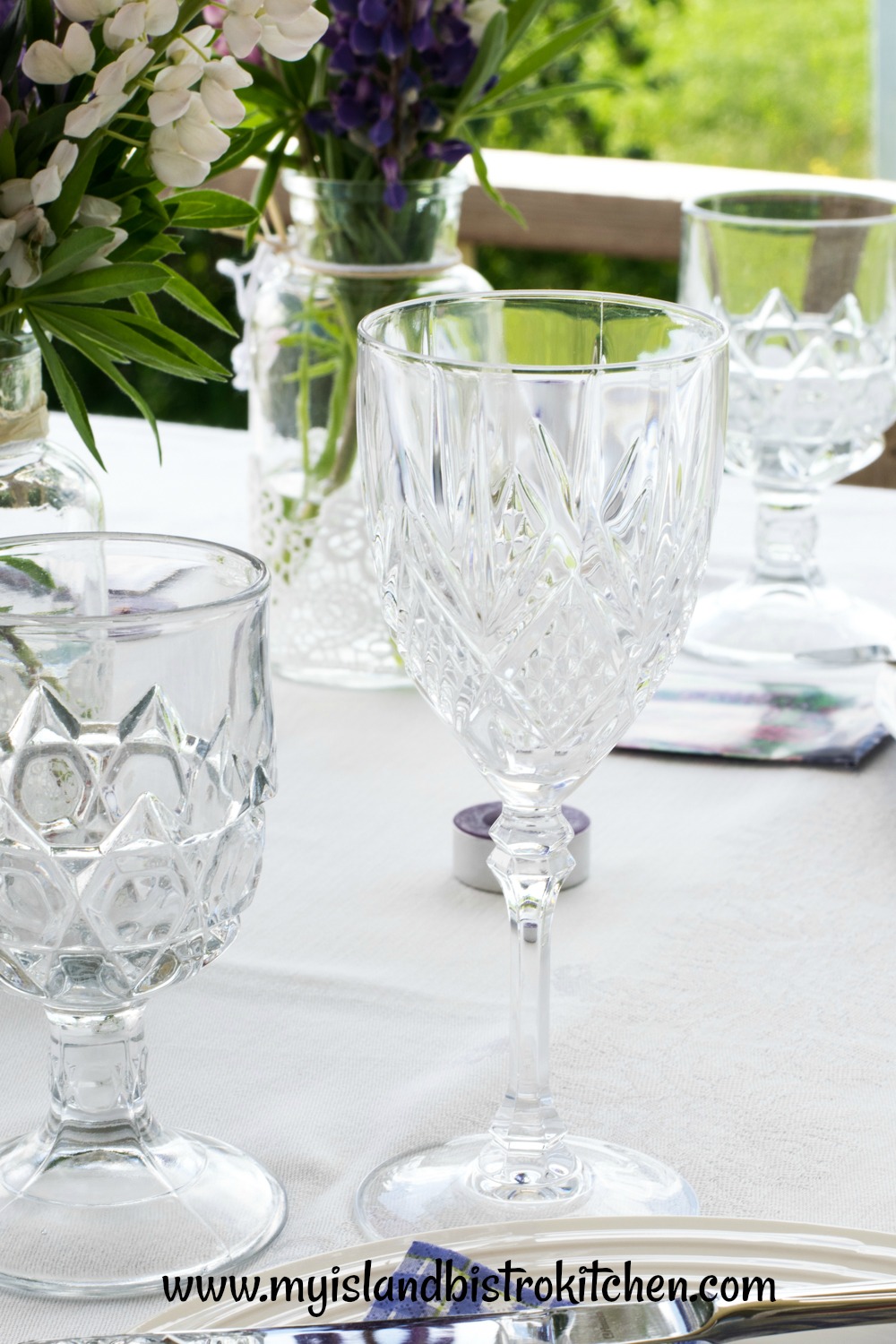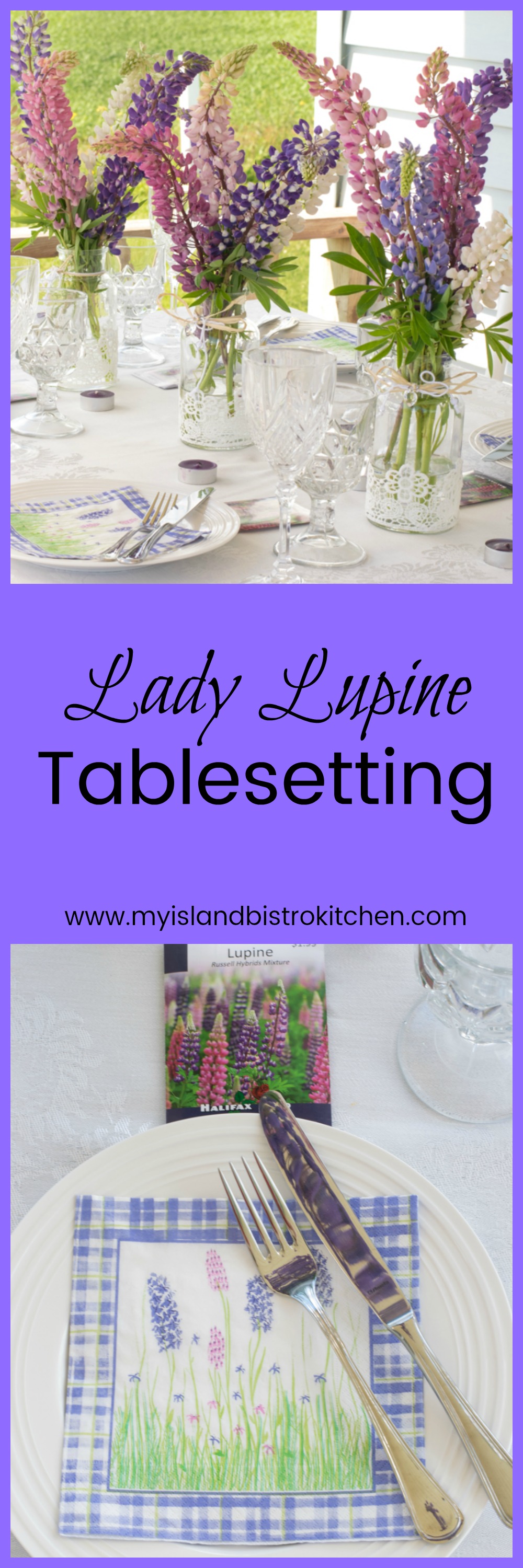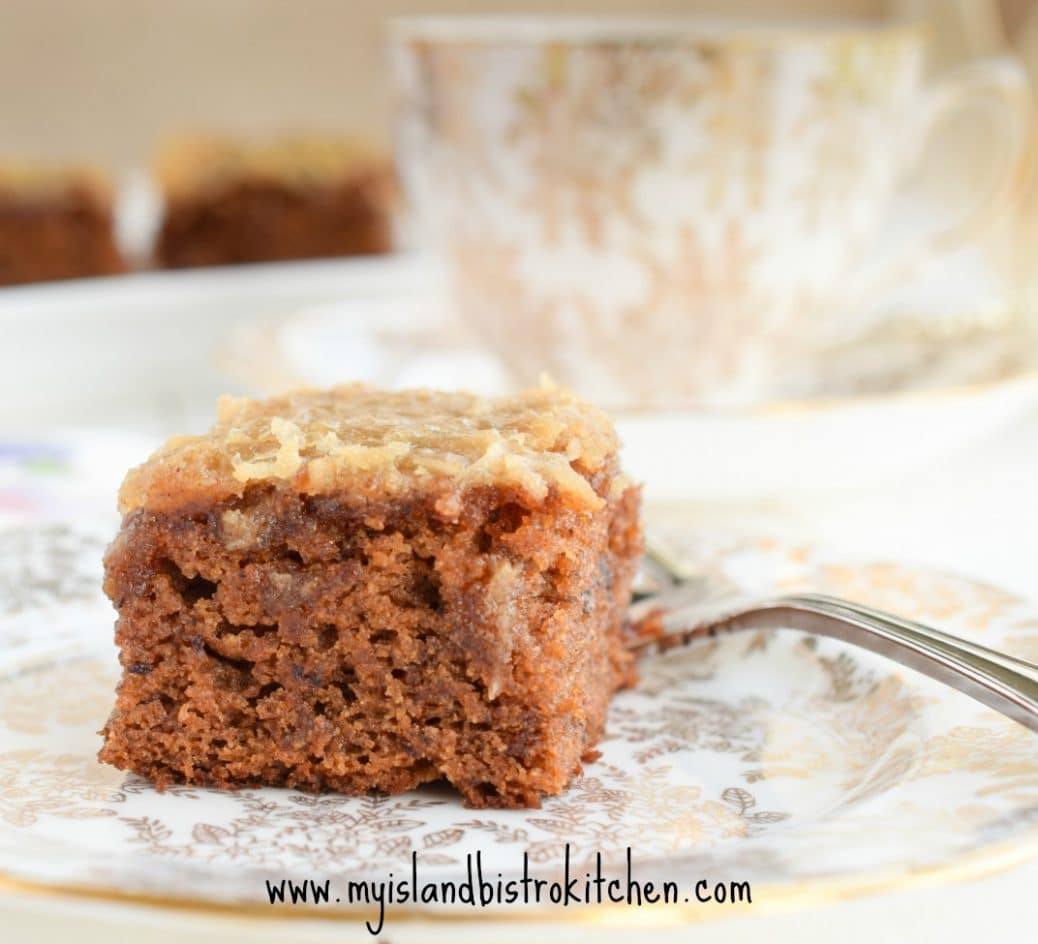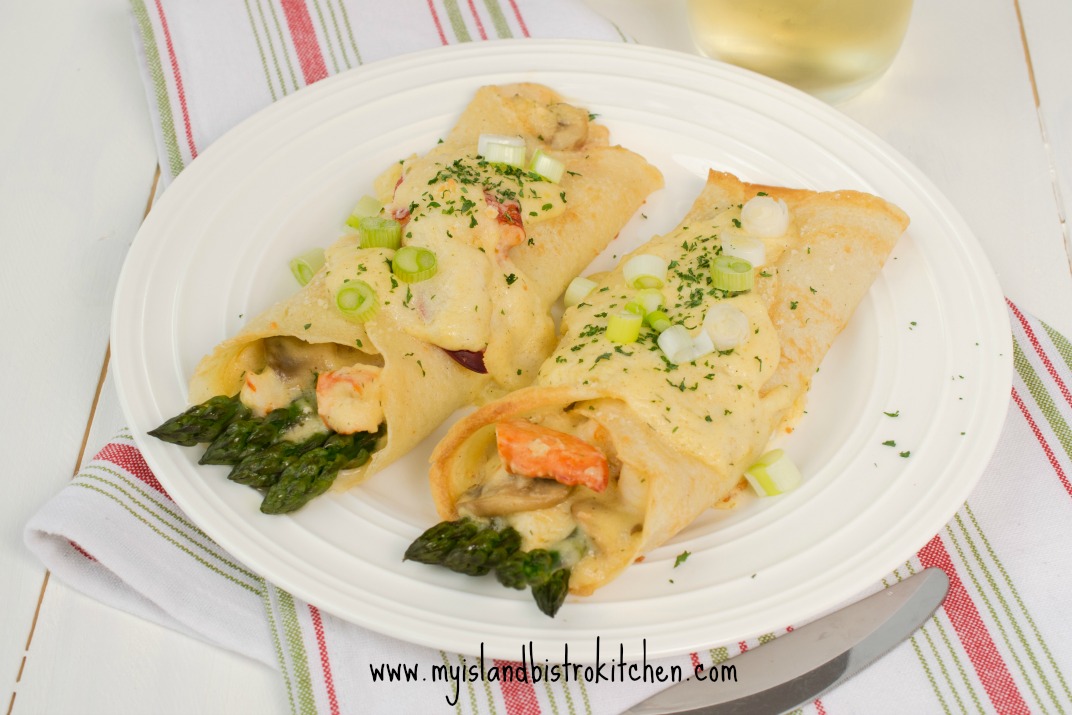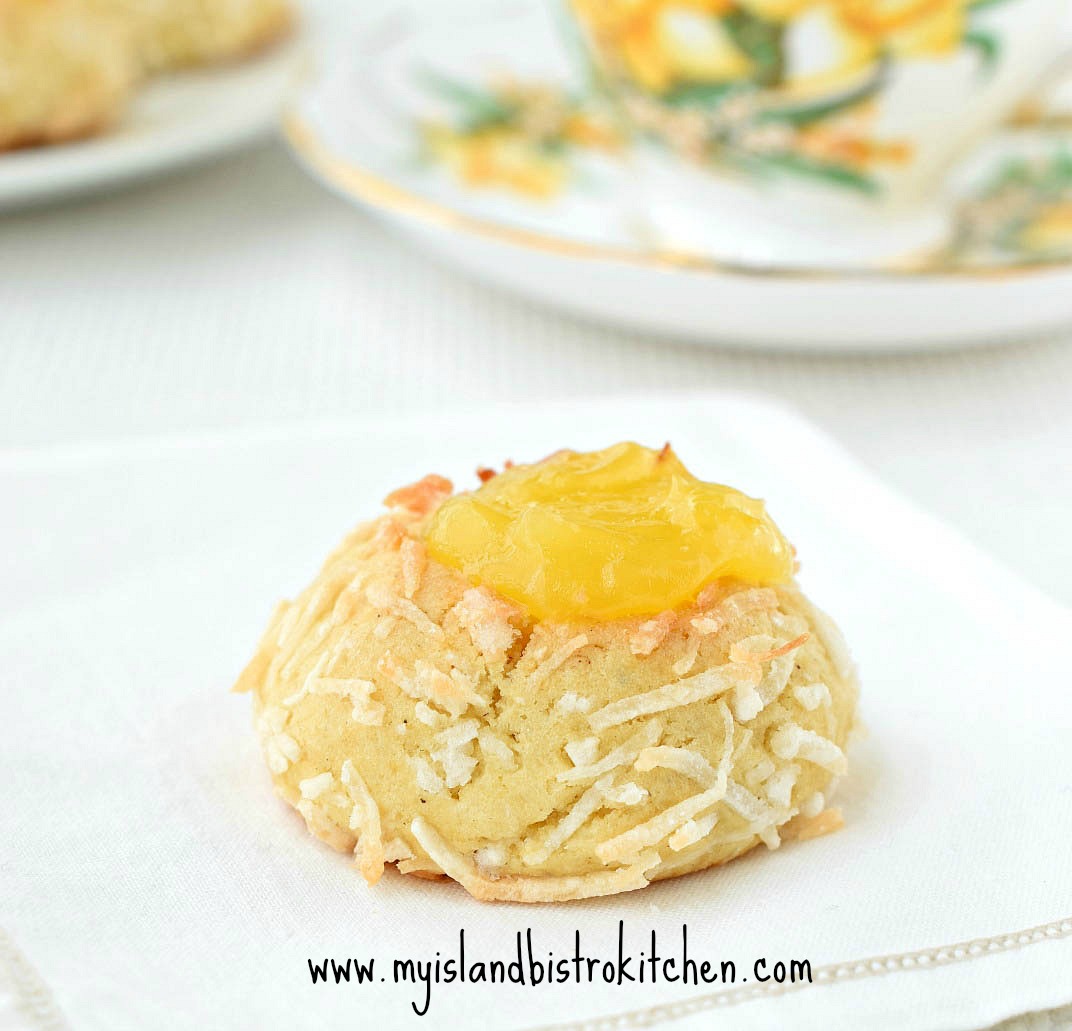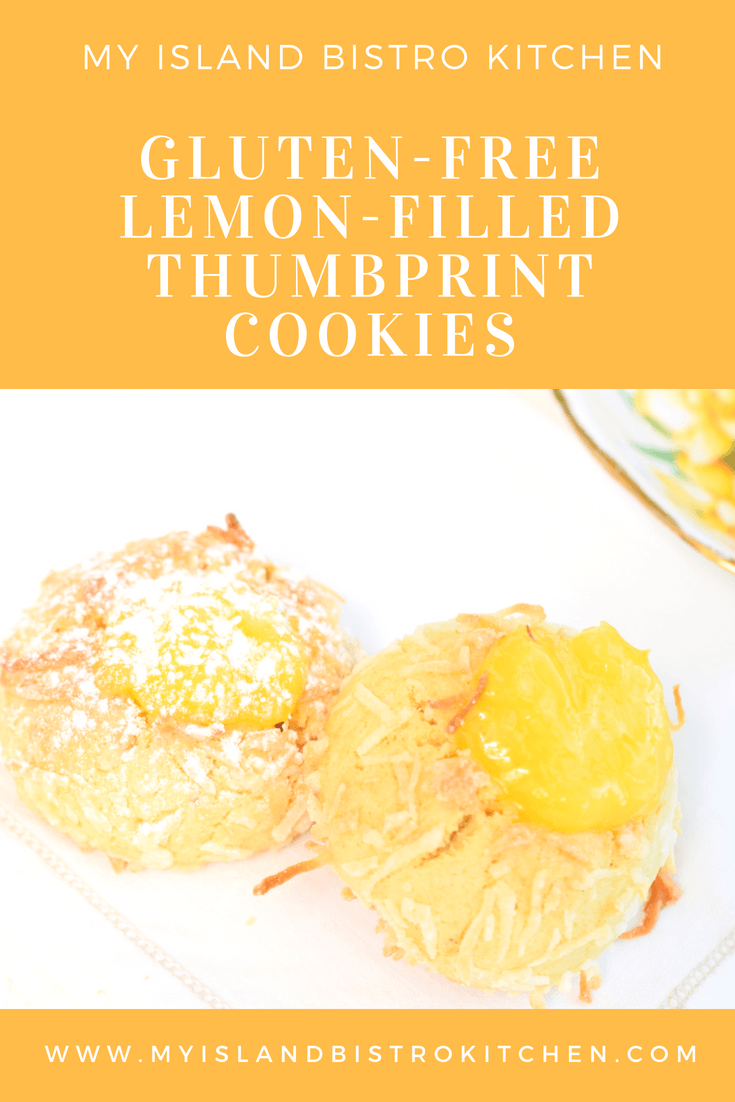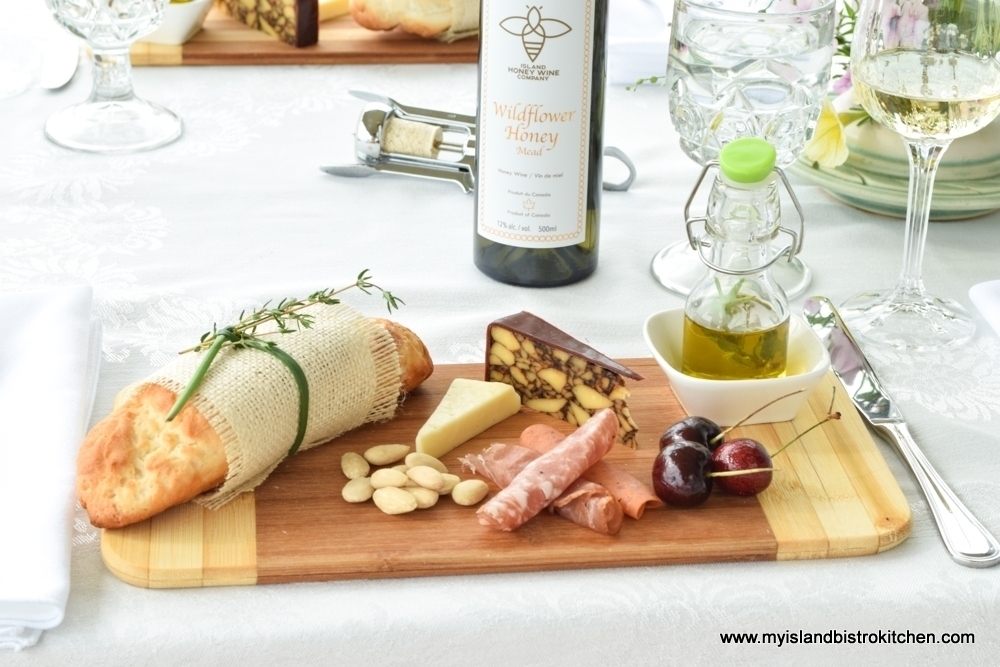
In the small rural community of Wheatley River, not far from Hunter River in central PEI, the Island Honey Wine Company meadery produces unique wines made with fermented honey, otherwise known as “mead”.
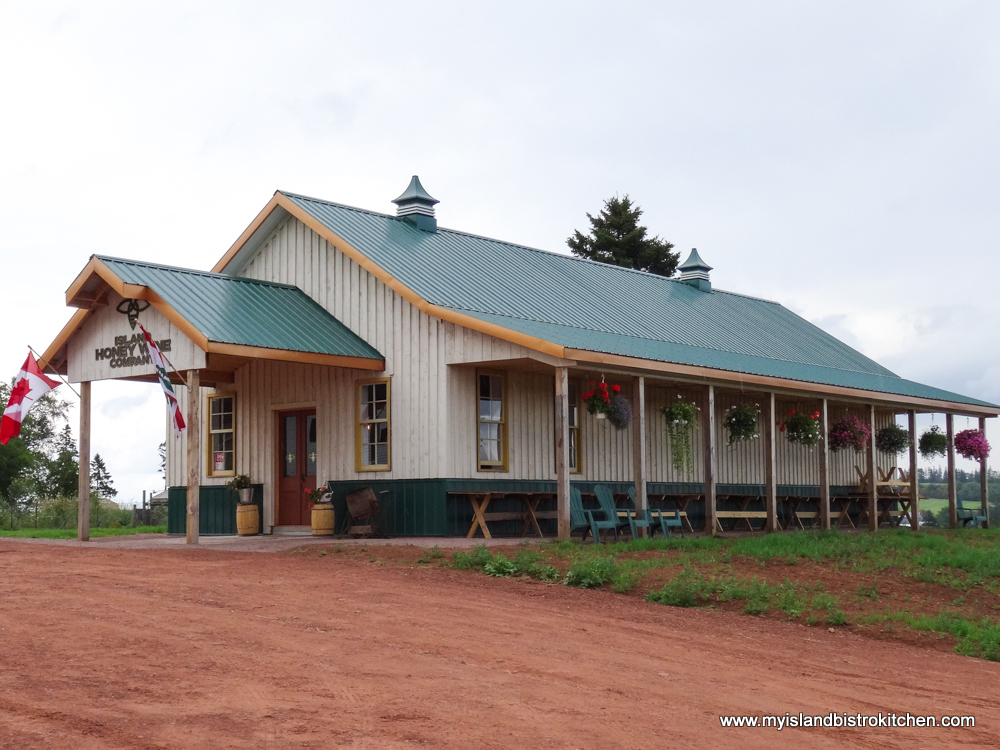
Charles and Laura Lipnicki opened the doors to their meadery on July 7, 2017. The couple had vacationed on the Island a few years earlier, fell in love with it and its people, and decided they wanted to become Islanders too, so five years ago, they moved to PEI, first to North Rustico then later settling on to the farm in Wheatley River.
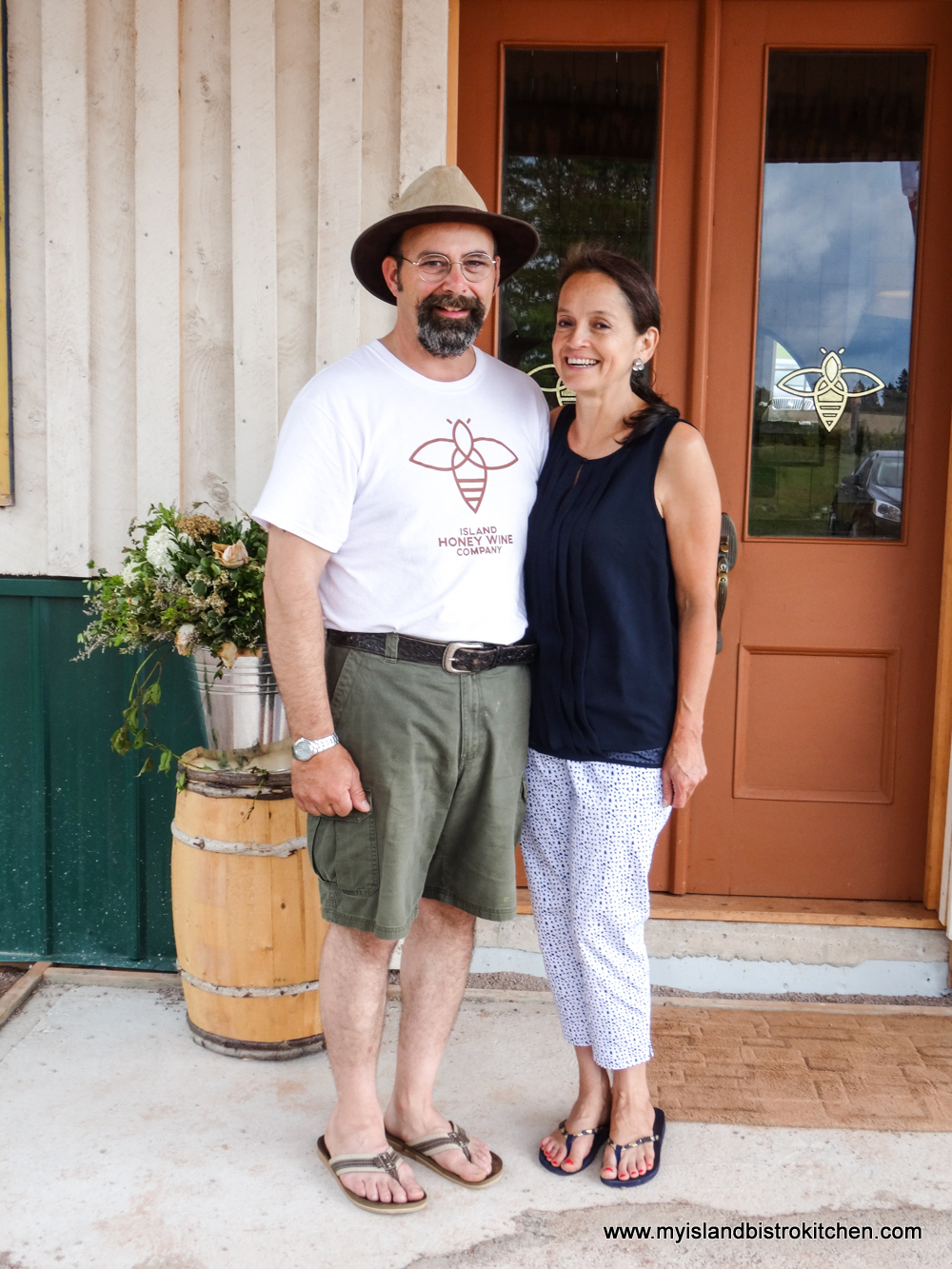
Charles had been making wine as a hobby for 25 years and always had a fascination with yeast. Laura has a love of lavender and, having seen fields of lavender in Provence, wanted to have her own lavender field. Opportunity presented itself for location amidst the gentle rolling hills in Wheatley River and Laura now has that beautiful field of 1500 lavender plants and Charles has a new career in winemaking which, interestingly enough, merges with the lavender from the couple’s field, wildflowers, and fruits grown on the farm.
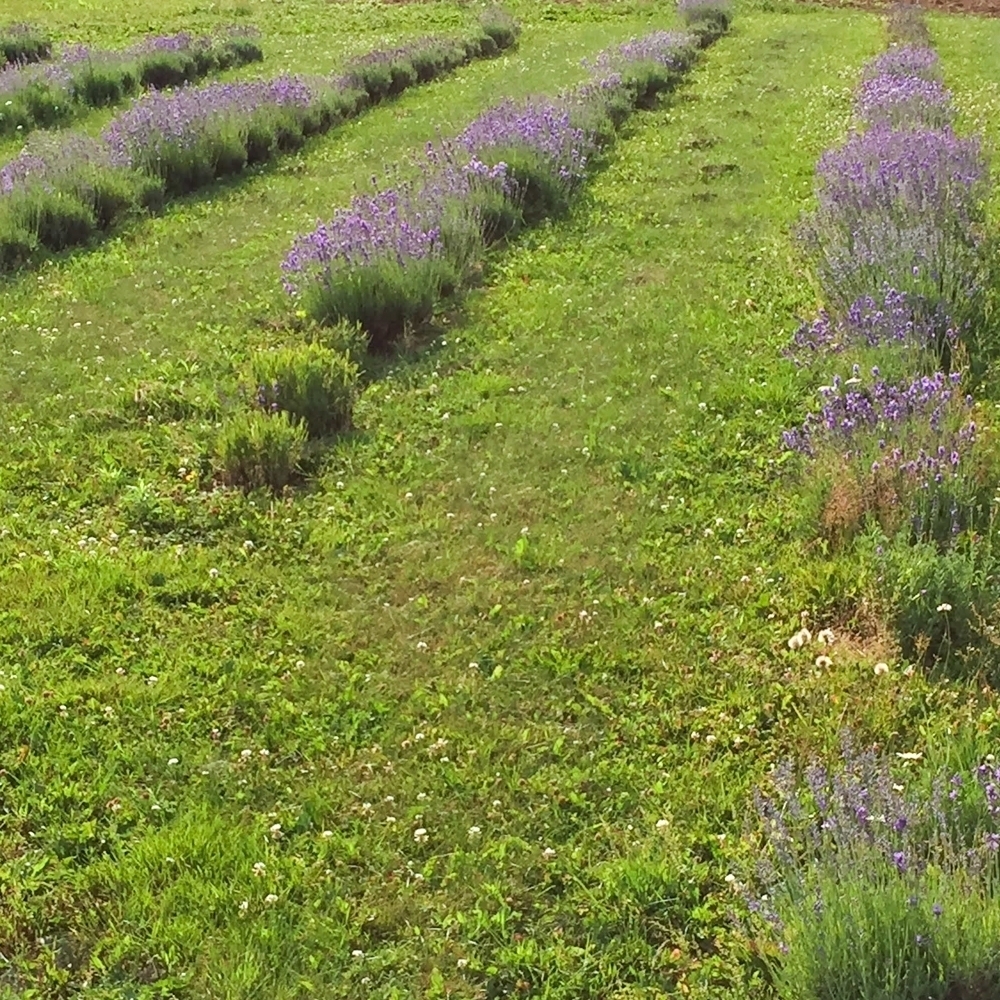
In addition to the meadery itself, the couple operates a small certified organic farm called “La Serena” where they have six acres of fruit production that include hascaps, elderberries, and apples and they also raise some sheep, hens, and ducks.
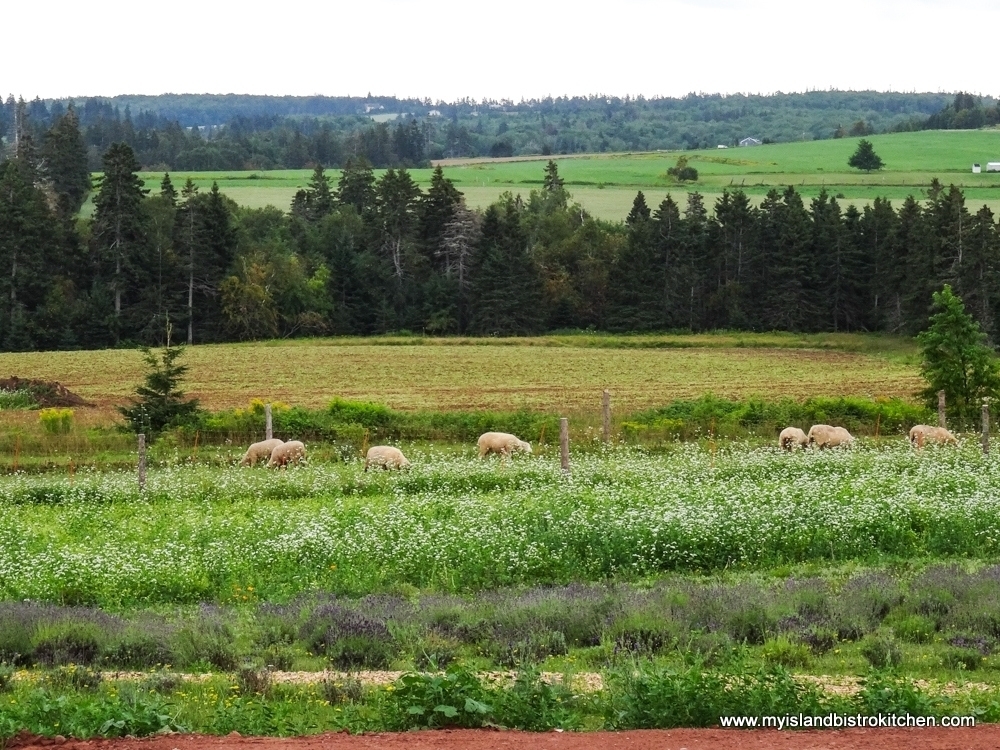
Charles says he started the meadery because he likes making “a value-added product that originates with products produced on the farm, products like honey, lavender, and fruits such as haskaps”.
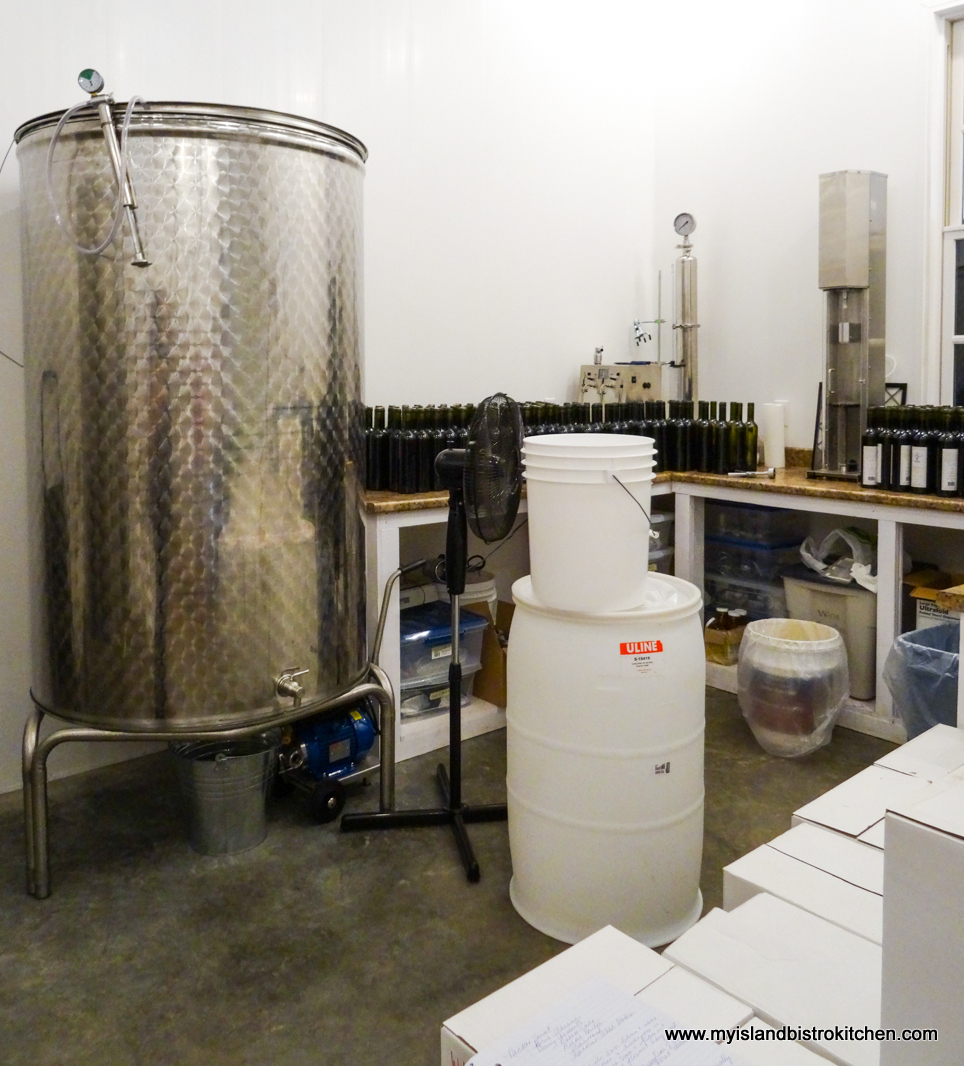
Now, I have to be honest, I wasn’t sure what to expect in terms of flavor of mead. I say this because, several years ago, I was served a glass of mead in a castle in Ireland and, well, the drink was not to my liking. However, I went on my visit to Island Honey Wine meadery with an open mind and I was more than pleasantly surprised. The honey wine from the Island meadery is quite lovely.

The Island Honey Wine Company is currently producing four different kinds of meads for sale – lavender, wildflower, haskap, and nectar sweet dessert wine. The products are presently sold only onsite at the meadery but Charles says they will soon be carried by the PEI Liquor Commission in their retail outlets.
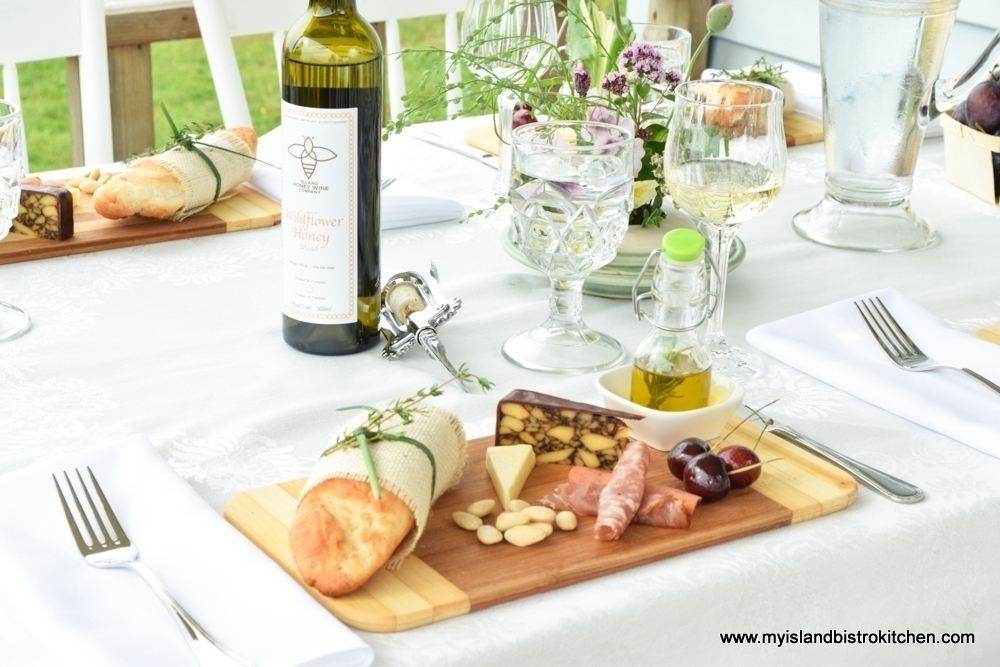
Of the four meads, I asked Charles which is the most popular. He says the Wildflower mead is most popular and he believes this is because a glass of this mead takes one on a journey as flavor notes can be found in each taste based on the many different wildflowers the honeybees have visited which transfers into the flavor of the honey they produce. The wildflower wine is the most food-friendly and versatile of the three meads and I’ll talk a bit more about what that means later.
The quality of the mead produced at the Island Honey Wine Company has recently been validated through the winning of medals at an International Wine competition in Virginia especially for non-grape wines. The Nectar Sweet wine, with its sweet and lingering taste, secured a silver medal both the Wildflower and Haskap wines attained bronze medals. I think, once you sample their honey-based wines, you’ll understand why the wines have garnered these awards.
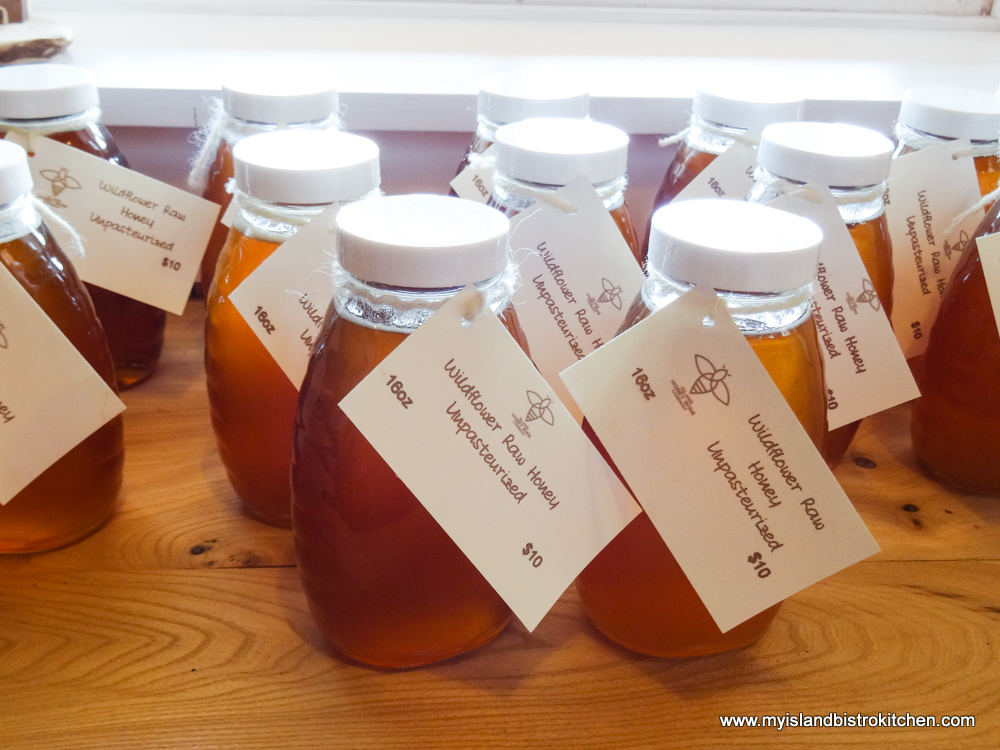
Honey, a fermentable sugar, is the base for all the meads and only raw honey is used. While the meadery has some beehives on the farm, they don’t have enough for adequate supply for the mead making. Therefore, they source honey from other local producers. Most of the honey wine is produced in the winter months. According to Charles, the process for making honey-based mead is not a lot different from making traditional grape-based wines and the honey mead will take about 2½ – 3 months fermentation.
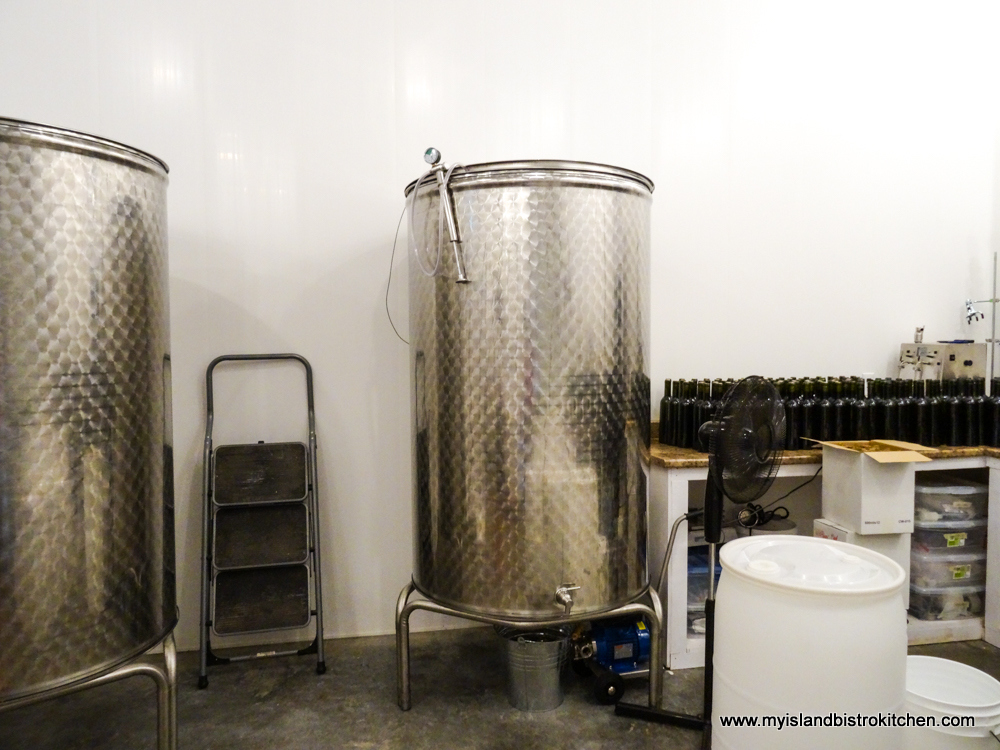
Charles says one of his greatest satisfactions of making mead is seeing how people enjoy something that started just as an idea and that turned into a liquid to be enjoyed. Each of the honey wines has its own benefits and uses for certain times and, as Charles says, “each one is a snapshot in time and place with regards to honey because of the different flowers the bees visit“.
“each one is a snapshot in time and place with regards to honey because of the different flowers the bees visit”
Wildflower – With the broadest notes, this is the most food-friendly of the three meads. Pair this honey wine with poultry dishes, cheese, with desserts such as apple pie, or enjoy as a sipping wine after a day at the beach.
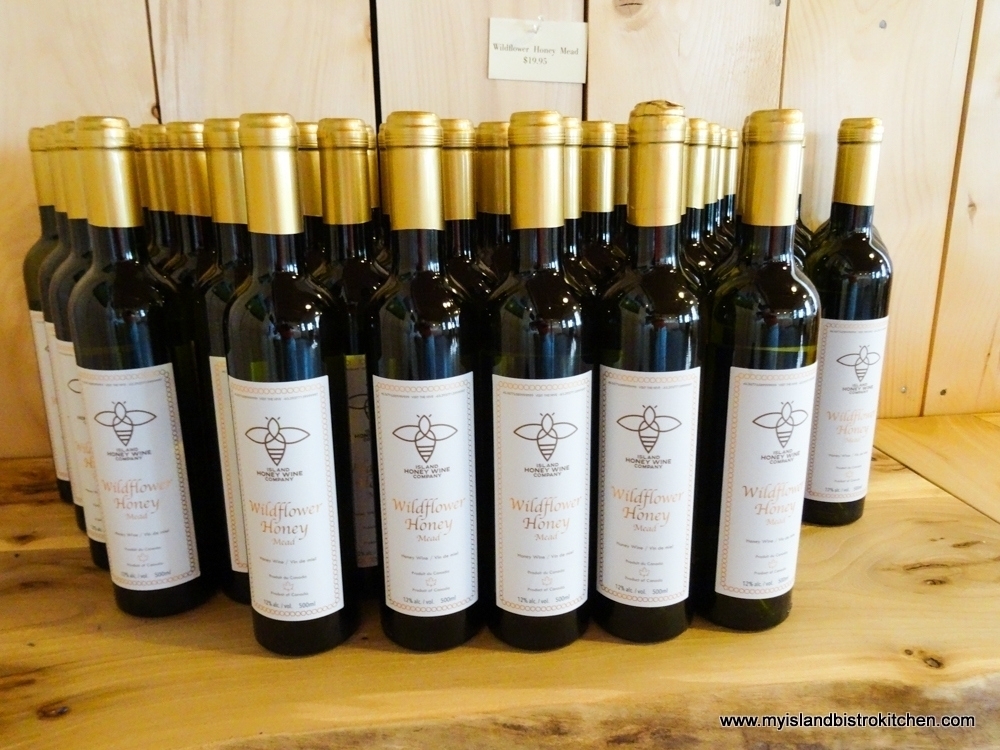
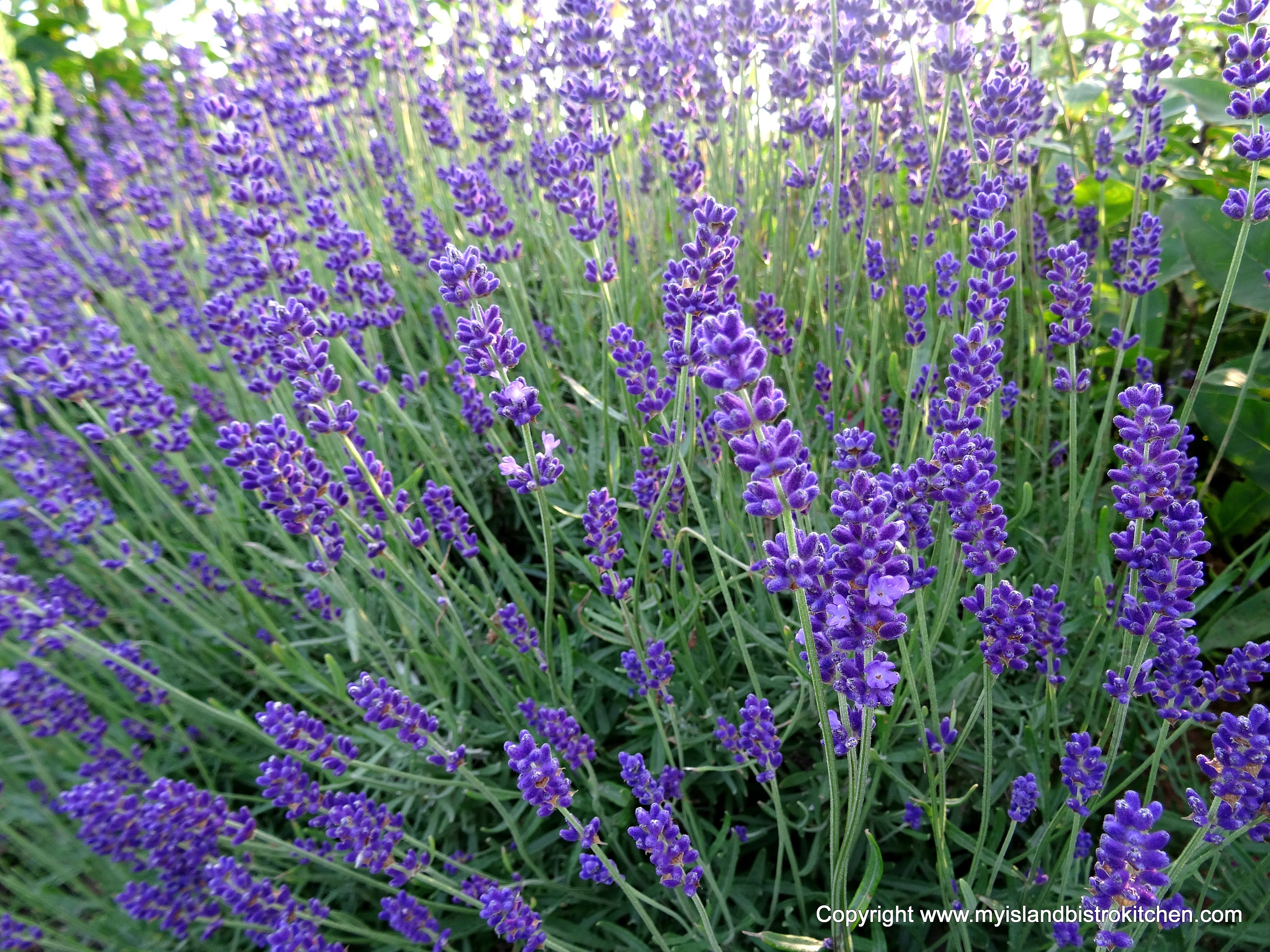
Lavender – This one-of-a-kind mead lends itself to saltier foods. This honey wine is a lovely accompaniment to PEI lobster, brook trout, sharp cheeses, and desserts like walnut baklava. It also pairs particularly well with charcuterie trays. Charles says this is a unique and intimate wine reminiscent of the intimate relationship the bees share with the lavender flowers. This is a versatile wine to be shared with good company or simply enjoyed solo with a good book.
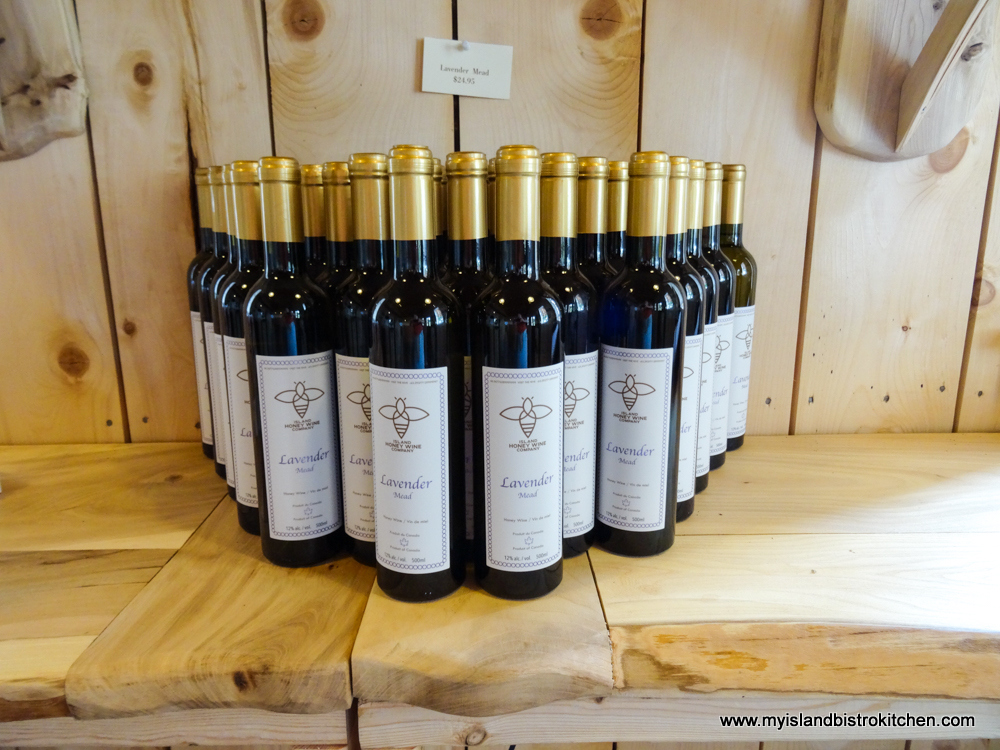
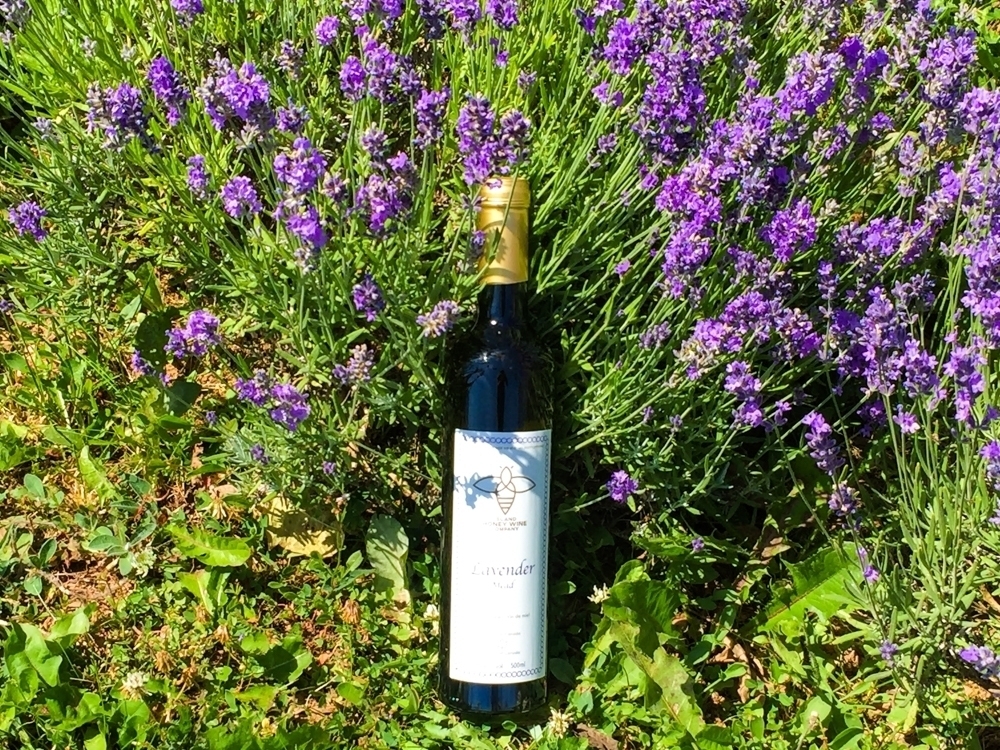
Nectar Sweet – Classed as a dessert wine, Nectar Sweet pairs well with Brie cheese, dairy desserts like cheesecakes, crème brulée, and German chocolate cakes and caramel desserts.
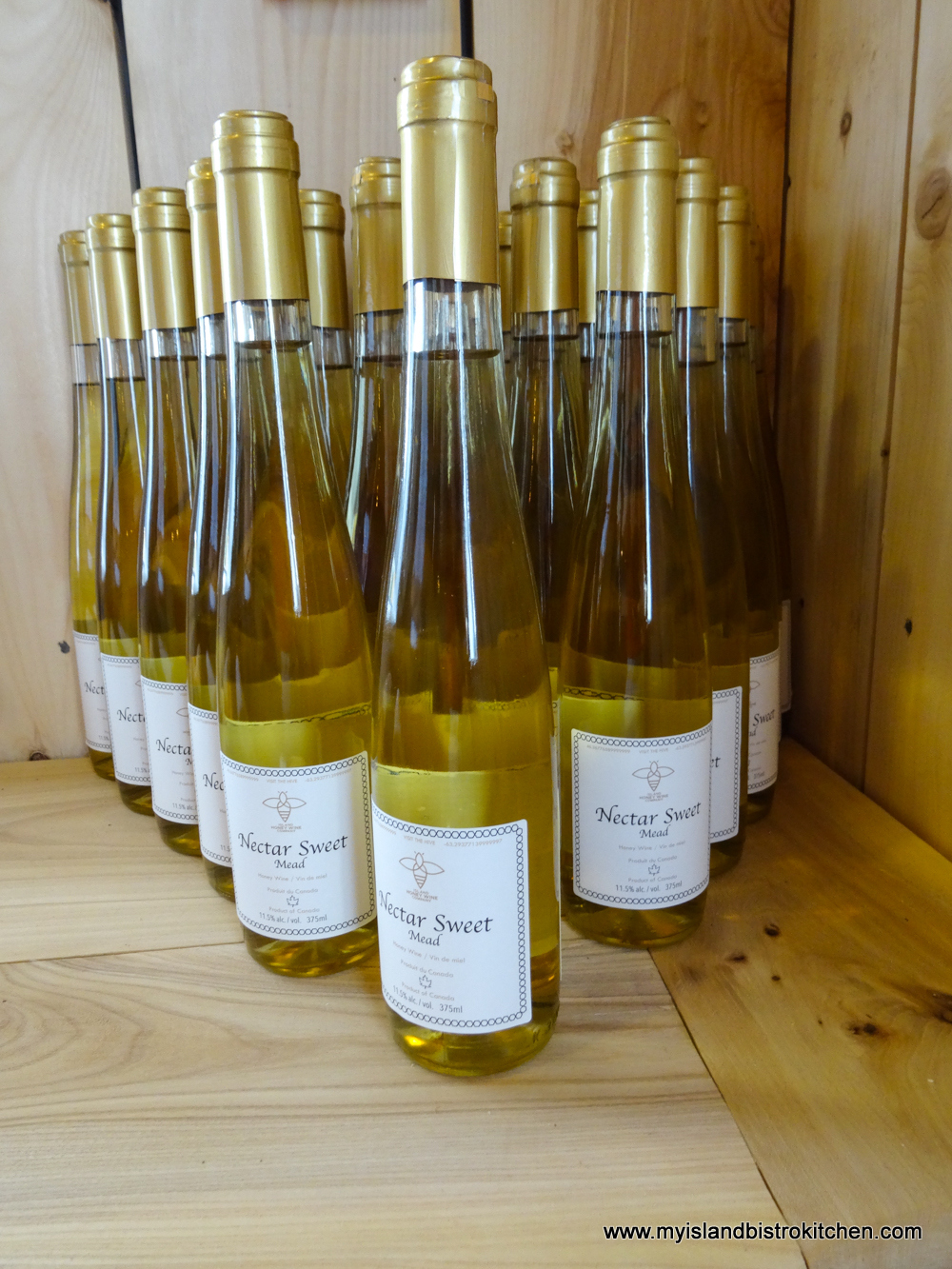
You will also find some local artwork in the meadery’s tasting room along with several lavender products including locally-made lavender shortbread, soap, and similar items.
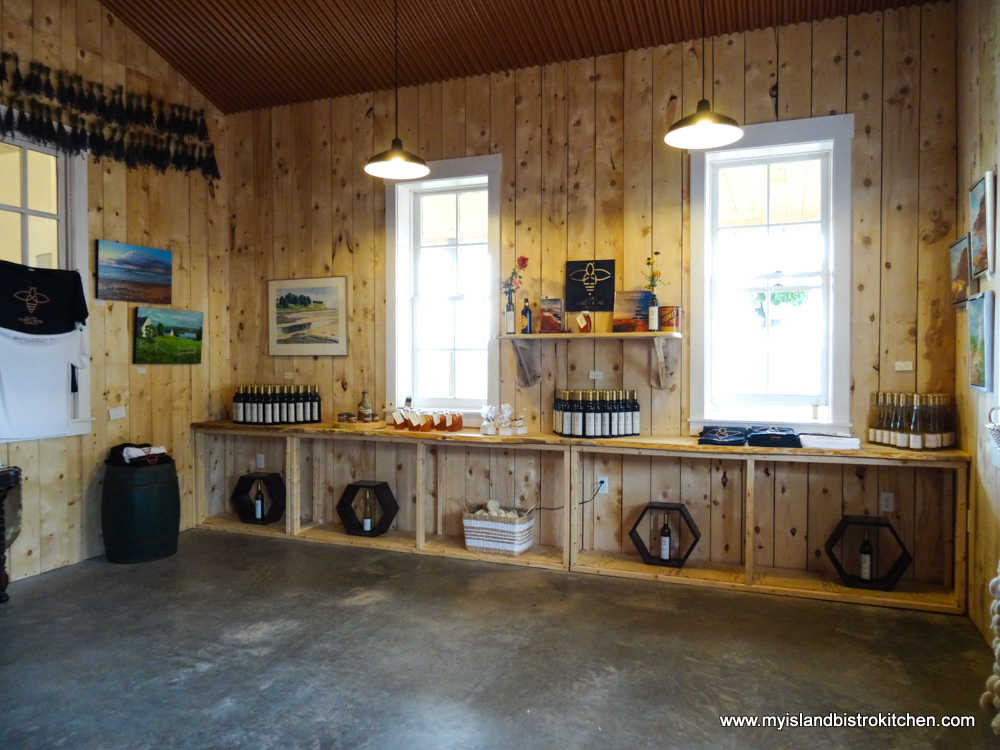
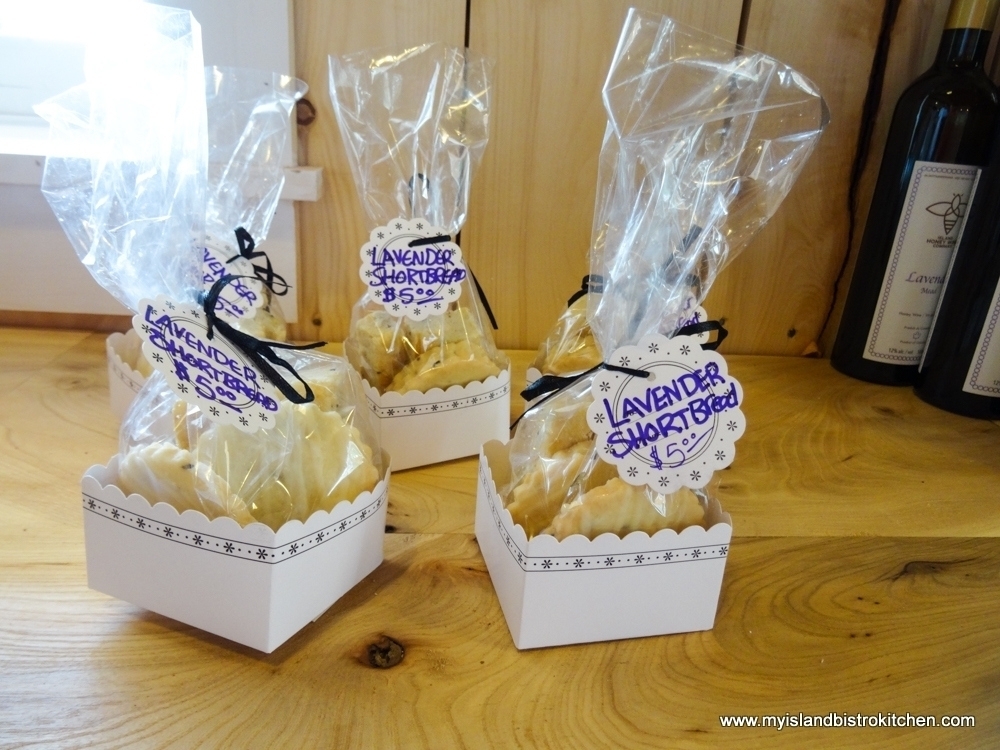
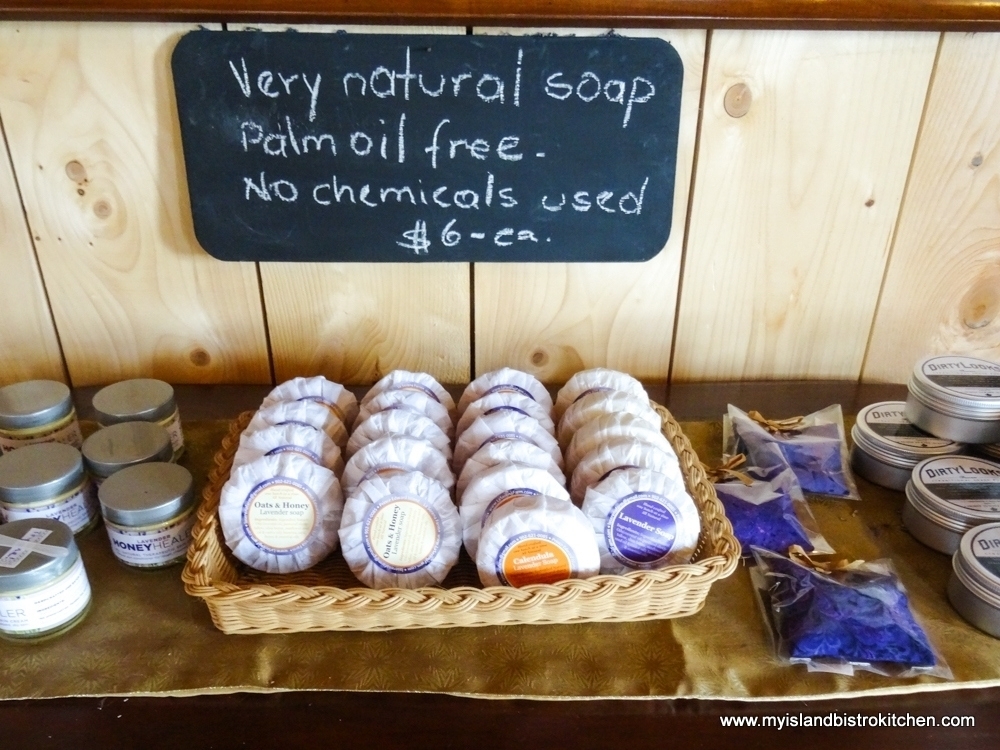
Product tasting is available onsite in the newly-constructed meadery. The wooden tasting bar is made from repurposed wood that came from one of the large old elm trees that had to be removed from the city of Charlottetown.
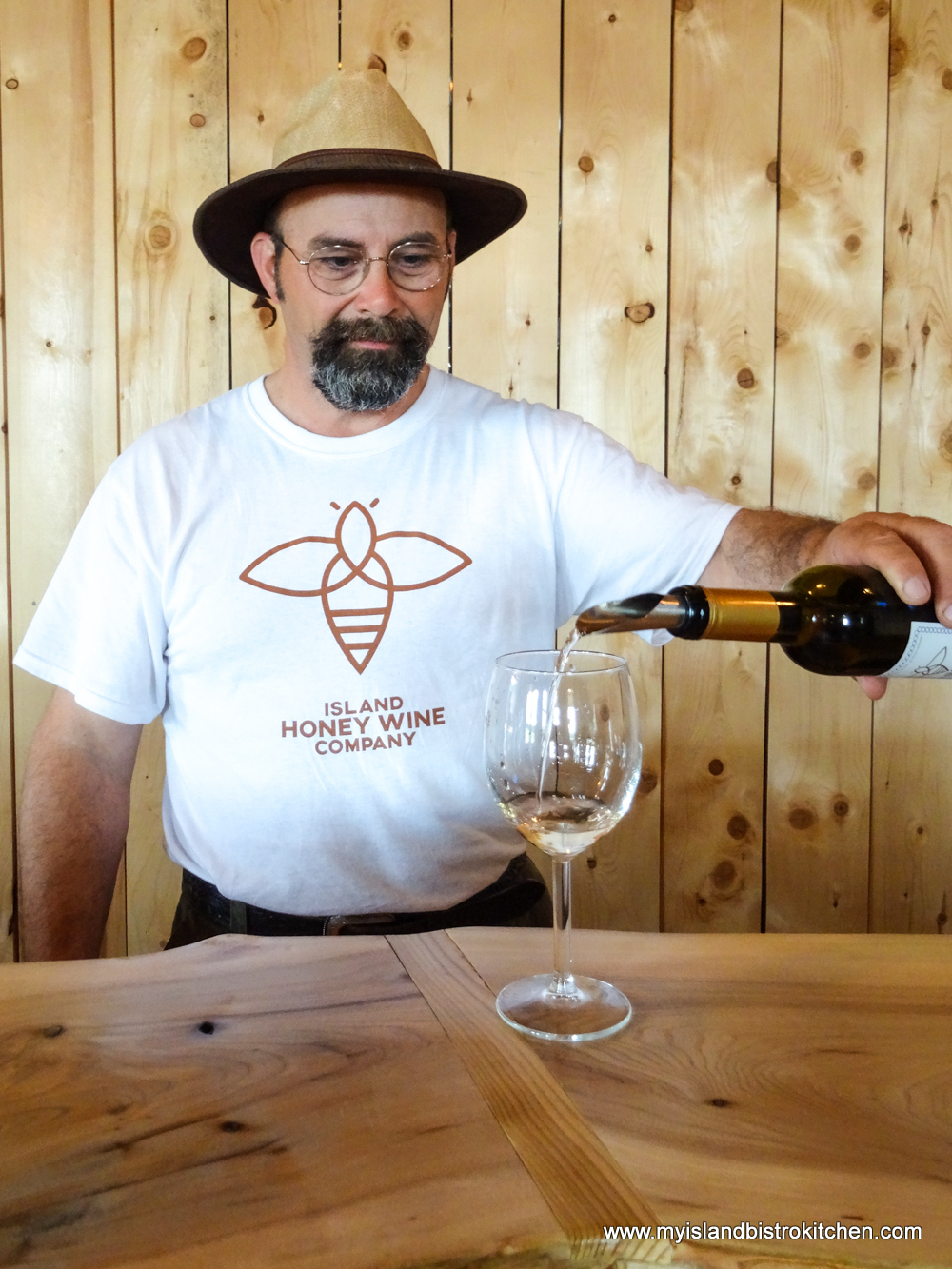
The Island Honey Wine Company’s meadery is located at 820 Millboro Road in Wheatley River, in central PEI. For hours of operation and more information, visit their website at https://www.islandhoneywine.ca/

